Exhibition dates: 15th March – 15th July 2018
Presented in conjunction with the exhibition Colony: Frontier Wars (15 March – 2 September 2018) which presents a powerful response to colonisation through a range of historical and contemporary works by Indigenous and non-Indigenous artists dating from pre-contact times to present day.
Warning: Aboriginal and Torres Strait Islander readers should be aware that this posting contains images and names of people who may have since passed away.
Installation views of the entrance to the exhibition Colony: Australia 1770-1861 at NGV Australia at Federation Square, Melbourne featuring 19th century Aboriginal shields from the NGV Collection
Photos: © Dr Marcus Bunyan and the National Gallery of Victoria
This is an ambitious double exhibition from the National Gallery of Victoria: historical with a contemporary response. I didn’t have time to take installation photographs of the contemporary exhibition on Level 3 during the media call, concentrating instead on Colony: Australia 1770-1861, the historical exhibition on the ground floor of NGV Australia at Federation Square, Melbourne.
A review, along with the installation photographs of the many early photographs present in the exhibition, will be presented in Part 2 of the posting.
Suffice to say that his exhibition should not be missed by any Australian.
Dr Marcus Bunyan
Many thankx to the National Gallery of Victoria for allowing me to publish the photographs in the posting. Please click on the photographs for a larger version of the image. All installation photographs © Dr Marcus Bunyan and the National Gallery of Victoria.
Colonial Frontier Massacres in Eastern Australia 1788-1872
Colonial Frontier Massacres in Eastern Australia 1788-1872 from The Centre for 21st Century Humanities, The University of Newcastle
Unknown
Broad shield (early 19th century-mid 19th century) (installation view)
earth pigments on wood, cane, pipeclay
91.3 x 19.5 x 9.5cm irreg.
National Gallery of Victoria, Melbourne
Felton Bequest, 2011
Photo: © Dr Marcus Bunyan and the National Gallery of Victoria
Shields
Aboriginal people have occupied the Australian continent for more than 65,000 years. The arrival and settlement of Europeans, from 1788, affected them profoundly. This proud massing of nineteenth-century shields at the entrance to this exhibition serves as both a reminder of the resilience of Aboriginal people in the face of colonisation, and a representation of the first chapter in Australian art.
The painted and incised designs on the shields are signifiers of the identities and places of these artists whose names, language groups and precise locations were not recorded by European collectors.
There are two kinds of shields traditional to south-east Australia. The first type is narrow and fashioned from a single piece of hardwood, designed to block the forceful blows of clubs, usually in individual combat, and is called a parrying shield. The second is broad and thin with a convex outer face and concave under-surface, and is fashioned from the outer bark or cambium. It is known as a broad or spear shield. This type of shield deflects sharply barbed spears thrown in general fights and also has a ceremonial purpose. These precious cultural objects are of inestimable value to Aboriginal people today.
Text from the NGV website
Melchisédec Thévenot (cartographer, French c. 1620-1692)
New Holland, revealed 1644: Terra Australis, discovered 1644 (Hollandia Nova detecta 1644: Terre Australe decouverte l’an 1644)
1644
Ink on paper
50 x 37cm
Published in De l’imprimerie de Iaqves Langlois, 1663
National Library of Australia, Canberra
Photo: National Library of Australia
Included in Melchisédec Thévenot’s travel account of 1663, this is the first published large-scale map of Australia. It shows how much of the continent’s coastline was known to Europeans 100 years before James Cook’s Pacific voyages, which would substantially complete European cartographic knowledge about both Australia and New Zealand. Thévenot’s map was published when French colonial aspirations were expanding and it divides the continent along the 135-degree meridian, which marked the western limit of Spain’s imperial claim in the South Pacific. Designating the eastern, undescribed expanse in French (‘Terre Australe’), the map signals French interest in the land east of New Holland.
Exhibition text
European exploration before 1770
The notion that James Cook ‘discovered’ Australia denies the presence of Aboriginal people for 65,000 years and overlooks other European and regional visitors to the Australian coast. The existence of a great southern land, Terra Australis, had long exercised Europeans’ imaginings about the world and began to take a more realistic shape on maps in the early seventeenth century because of maritime exploration. The earliest documented European contact was that of Willem Janszoon and his crew aboard the Dutch ship Duyken, which landed on the west coast of Cape York Peninsula in 1606.
Subsequently, a number of navigators on Dutch and English ships charted the west coast of the continent. Dutch explorer and trader Abel Tasman mapped the west and southern coasts of Van Diemen’s Land in 1642. Two years later, on his second voyage, he reached the north and west coast of Australia, which he named New Holland. The British privateer William Dampier reached the west coast in 1688, and trade between Aboriginal people and the Makassans (from modern-day Indonesia) is documented from around 1720. The Dutch charts of the western coast of Australia were known to the British for more than a century before Cook set sail on his first Pacific voyage.
Text from the NGV website
Unknown
Beardman jug, from the wreck site of Vergulde Draeck (installation view)
before 1656
Earthenware Australian National Maritime Museum, Sydney
Transferred from Australian Netherlands Committee on Old Dutch Shipwrecks, 1991
Photo: © Dr Marcus Bunyan and the National Gallery of Victoria
Thirty years after the Batavia was wrecked off the Australian west coast, the VOC ship Vergulde Draeck was destroyed on a reef 100 kilometres north of current-day Perth. More than 300 years later, in 1963, the submerged wreck was discovered by fisherman, and a large quantity of gold and silver bullion and German beardman or bellarmine jugs retrieved from within. The latter name is popularly associated with late sixteenth- to early seventeenth-century cardinal Robert Bellarmine, an opponent of Protestantism who was known for his fierce anti-alcohol stance. These potbellied, anthropomorphic jugs were certainly intended to ridicule him; they were regularly used to store wine.
Exhibition text
Unknown
Beardman jug, from the wreck site of Vergulde Draeck (installation view)
before 1656
Earthenware Australian National Maritime Museum, Sydney
Transferred from Australian Netherlands Committee on Old Dutch Shipwrecks, 1991
Photo: © Dr Marcus Bunyan and the National Gallery of Victoria
Isaac Gilsemans (cartographer) (Dutch, 1606-1646)
Coastal profiles of Van Diemen’s Land, 4-5 December 1642
1642
Bound into Extract from the Journal of the Skipper Commander Abel Janssen Tasman kept by himself in discovering the unknown Southland 1642-43, compiled c. 1643-1647
Pen and ink
23.5 x 37.6cm
State Library of New South Wales, Sydney
Acquired from Martinus Nijhoff, 1926
Victor Victorszoon (draughtsman) (Dutch, b. 1653)
Johannes van Keulen II
Amsterdam Island, St Paul Island, Black swans near Rottnest Island
c. 1724-1726
Plate from Oud en Nieuw Oost-Indien (The Old and New East Indies) by François Valentijn, vol. 3, part 2, published by Johannes von Braam and Gerard Onder de Linden, Dordrect and Amsterdam, 1724-1726
Engraving
30.4 x 18.5cm (plate)
34.7 x 22.1cm (sheet)
Art Gallery of South Australia, Adelaide
J.C. Earl Bequest Fund 2011
William Ellis (England 1751 – Belgium 1785, Australia 1777)
View of Adventure Bay, Van Diemen’s Land, New Holland
1777
Watercolour and brush and ink
20.0 x 47.3cm
National Library of Australia, Canberra
William Ellis served as surgeon’s mate on Cook’s Third Voyage and doubled his duties as unofficial natural history draughtsman, producing numerous sketches and watercolours. In these two watercolours he documents the Discovery and the Resolution harboured in the calm waters of Adventure Bay on Bruny Island, and the distinctive geological features of Fluted Cape at the southern end of the bay.
Exhibition text
William Bradley (England c. 1757 – France 1833, Australia 1788-1791)
Botany Bay. Sirius & Convoy going in: Supply & Agents Division in the Bay. 21 Janry 1788
opposite p. 56 in his A Voyage to New South Wales 1786-92, compiled 1802
Watercolour and pen and ink
19.0 x 24.3cm (sheet)
Mitchell Library, State Library of New South Wales, Sydney
William Bradley sailed with the First Fleet as first lieutenant on board HMS Sirius and remained in the colony until 1792. Like many officers he kept a journal, illustrating key events. This work shows the First Fleet’s second contingent of ships sailing in to Botany Bay to join the advance party already anchored there. Signed and dated 21 January 1788, this and other Bradley images are significant eyewitness accounts of history in the making. Bradley compiled this journal after 1802, and may have made copies of earlier drawings.
Exhibition text
Landing and settlement at Sydney Cove 1788
Although Botany Bay had been chosen as the site for the establishment of the new penal colony, within days of arriving in January 1788, Governor Arthur Phillip relocated the First Fleet north to Sydney Cove in Port Jackson. Here the ships could be safely anchored and a freshwater stream provided a crucial water supply around which the first rudimentary settlement of tents, huts and the governor’s residence was established. The early years were extremely difficult and the colony faced starvation as the crops failed due to the lack of skilled farmers, unfamiliar climate and poor soil. But as farming pushed into more arable lands during the 1790s, settlement expanded and new townships were laid out, competing for resources with the Aboriginal inhabitants and dispossessing them of their lands.
No official artists accompanied the First Fleet and the colony’s earliest works of art were drawings made by officers trained in draughtsmanship and convicts with artistic skills. These drawings largely comprised ethnographic records of local people, natural history images of flora and fauna, charts and coastal views of the harbour’s topography. By the early years of the nineteenth century views of Sydney emphasised its growth, as urban development symbolised for the colonists the progress of Empire.
Text from the NGV website
Installation views of the exhibition Colony: Australia 1770-1861 at NGV Australia at Federation Square, Melbourne with in the bottom image at right, Sketch and description of the settlement at Sydney Cove, Port Jackson in the County of Cumberland 1788; and second right top, View of the entrance into Port Jackson taken from a boat lying under the North Head c. 1790
Photos: © Dr Marcus Bunyan and the National Gallery of Victoria
Francis Fowkes (draughtsman) (active c. 1788 – c. 1800)
Samuel John Neele (etcher)
Sketch and description of the settlement at Sydney Cove Port Jackson in the County of Cumberland
1788
Hand-coloured etching and engraving published by R. Cribb, London, 24 July 1789
19.6 x 31.7cm (image)
26.8 x 38.7cm (sheet)
National Library of Australia, Canberra
Dated 16 April 1788, this extremely rare map (there are only three known copies) was drawn by former navy midshipman and convict, Francis Fowkes, some three months after the First Fleet arrived in New South Wales. Published in London in July 1789, it presents a schematised view of the infant settlement with buildings, tents, sawpits, workshops, storehouses, quarries and gardens identified in the key. The eleven ships of the First Fleet are shown at anchor and the Governor’s ‘mansion’ is clearly identified on the eastern side of the cove.
Exhibition text
Port Jackson Painter
View of the entrance into Port Jackson taken from a boat lying under the North Head
c. 1790
Watercolour
11.7 x 24.2cm
Rex Nan Kivell Collection: National Library of Australia and National Gallery of Australia, Canberra
Installation view of the exhibition Colony: Australia 1770-1861 at NGV Australia at Federation Square, Melbourne with at left lower, George Tobin’s Native Hut (or Wigwam) of Adventure Bay, Van Diemans (Diemen’s) Land 1792 folio 16 in his Sketches on H.M.S. Providence; including some sketches from later voyages on Thetis and Princess Charlotte album 1791-1831 watercolour. State Library of New South Wales, Sydney Acquired from Truslove and Hanson, in 1915 – in the image below at bottom left.
Photo: © Dr Marcus Bunyan and the National Gallery of Victoria
Installation view of the exhibition Colony: Australia 1770-1861 at NGV Australia at Federation Square, Melbourne with at bottom centre, Sarah Stone’s Shells 1781
Photo: © Dr Marcus Bunyan and the National Gallery of Victoria
Sarah Stone (British, c. 1760 – 1844)
Shells
1781
Watercolour over black pencil
43 x 58cm
National Gallery of Australia, Canberra
Purchased 2016
Sarah Stone (c. 1760 – 1844), later known as Sarah Smith, was a British natural history illustrator and painter. Her works included many studies of specimens brought back to England from expeditions in Australia and the Pacific. Her illustrations are amongst the first studies of many species and are as scientifically significant.
Stone was the daughter of a fan painter. She worked as a draftsman, natural history and scientific illustrator, and painter between 1777 and 1820. She was commissioned by Sir Ashton Lever in the 1770s to sketch and paint images of objects in his Leverian Museum, which included specimens brought back by British expeditions to Australia, the Americas, Africa and the Far East in the 1780s and 1790s. She exhibited as an “Honorary Exhibitor” at the Royal Academy of Arts in 1781, 1785 and 1786. Stone created numerous watercolour paintings of specimens sent by John White, the First Surgeon General of the Australian colony, between 1789 and 1790. These paintings were used to produce engravings for White’s A Journal of a Voyage to New South Wales (1790). Although beautiful and skilfully drawn the drawings were sometimes compromised by the fact that she was working from skins collected in Australia and reconstructed by a taxidermist in London to reproduce an animal or bird that had never been seen. Her collection of more than a thousand water colours based on specimens from the Leverian Museum were dispersed along with the museum items auctioned in 1806. Some of her paintings were acquired by the Natural History Museum, London while others went into private collections. They may be valuable in resolving some species described by J.F. Gmelin, the specimens of which are now untraceable.
Text from the Wikipedia website
Installation view of the exhibition Colony: Australia 1770-1861 at NGV Australia at Federation Square, Melbourne with at left, View of the town of Sydney in the colony of New South Wales c. 1799; and second left of the row of four, Juan Ravenet’s Convicts in New Holland (Convictos en la Nueva Olanda) and English in New Holland (Ingleses en la Nueva Olanda) 1789-1794 (see below)
Photo: © Dr Marcus Bunyan and the National Gallery of Victoria
Unknown artist (England)
Thomas Watling (after) (British, 1762-1814?)
View of the town of Sydney in the colony of New South Wales
c. 1799
Oil on canvas
65 x 133cm
Art Gallery of South Australia, Adelaide
Gift of M.J.M. Carter AO through the Art Gallery of South Australia Foundation in recognition of the abilities of James Bennett to promote public awareness and appreciation of Asian art and culture 2015
Donated through the Australian Government’s Cultural Gifts Program
Transportation to New South Wales
The favourable accounts of New South Wales by James Cook and Joseph Banks were influential in the government’s selection of Botany Bay as the site for a new penal colony. Britain’s loss of the American colonies in 1783 ended convict transportation across the Atlantic and increased the pressure for new solutions to the rising rates of crime and incarceration experienced in late eighteenth-century Britain. The founding of a penal settlement in New South Wales was perceived not only as providing a solution to domestic, social and political problems but also as holding the key to territorial expansion in the South Pacific and the promotion of imperial trade.
The lengthy preparation for the First Fleet raised huge public interest. For most people at that time it was a journey of unimaginable length to a place as remote and unknown as the moon. The eleven ships comprising the First Fleet left Portsmouth in May 1787 with more than 1300 men, women and children on board. Although most were British, there were also African, American and French convicts. After a voyage of eight months the First Fleet arrived in Botany Bay in January 1788.
Text from the NGV website
Unknown artist
Transported for sedition (installation view)
1793
Woodcut on linen
Mitchell Library, State Library of New South Wales, Sydney
Photo: © Dr Marcus Bunyan and the National Gallery of Victoria
This printed linen handkerchief shows five men popularly known as the ‘Scottish martyrs’. In 1794 they were sentenced to transportation to New South Wales for terms of up to fourteen years for the crime of sedition – inciting rebellion against the government of Britain. When published, or printed on paper, images such as this were also considered seditious and censored. Printed handkerchiefs, however, were not subjected to the same sanctions. They had the added advantage of being easily concealed and, when safe to do so, were displayed to show the owner’s political affiliation.
Exhibition text
Juan Ravenet (Italy 1766 – Spain c. 1821)
Convicts in New Holland (Convictos en la Nueva Olanda)
1789-1794
From an album of drawings made on the Spanish Scientific Expedition to Australia and the Pacific in the ships Descubierta and Atrevida under the command of Alessandro Malaspina, 1789-1794
Brush and ink and wash
19.5 x 12.5cm
Mitchell Library, State Library of New South Wales, Sydney
Juan Ravenet (Italy 1766 – Spain c. 1821)
English in New Holland (Ingleses en la Nueva Olanda)
1789-1794
From an album of drawings made on the Spanish Scientific Expedition to Australia and the Pacific in the ships Descubierta and Atrevida under the command of Alessandro Malaspina, 1789-1794
Brush and ink and wash
19.5 x 12.5cm
Mitchell Library, State Library of New South Wales, Sydney
Extremely few realistic depictions of convicts in Australia are known. These rare portraits, showing garments worn by male and female convicts and by officials, were painted by one of two artists on board the Spanish expedition (1789-1794), led by Alessandro Malaspina, that visited Sydney in 1793. A major scientific expedition, like Cook’s and La Pérouse’s, the visit also had political implications, as Sydney formed a strategic British base in the Pacific that could threaten Spanish interests in the Americas and Philippines.
Exhibition text
Installation view of the exhibition Colony: Australia 1770-1861 at NGV Australia at Federation Square, Melbourne with at left, Half-length portrait of Gna-na-gna-na c. 1790
Photo: © Dr Marcus Bunyan and the National Gallery of Victoria
Port Jackson Painter
Half-length portrait of Gna-na-gna-na
c. 1790
Gouache
29.4 x 24.0cm
National Library of Australia, Canberra
Rex Nan Kivell Collection
Indigenous representation
In the early years of settlement there was little contact with the Eora, the Traditional Owners of the area around Sydney Cove, who actively avoided the new arrivals, but as the colony grew, communication, and occasionally friendships, developed. The English had little understanding of the deep relationship between the Eora and their lands, and their careful management of resources, which were soon overstretched by the colonists. Famine and introduced diseases also devastated numerous communities. As the nineteenth century progressed, traditional life along the east coast of Australia was irrevocably changed.
Early images of Aboriginal people reflect the curiosity of the early colonists. Studies of the material culture of Indigenous people, and attempts to record everyday activities ranging from ceremonial gatherings to fishing and hunting, reveal the Europeans’ desire to understand Aboriginal people and culture through ethnographic documentation. Importantly, a number of these portraits include the names of the people depicted – they are not generic representations. The European artists who made these images were fascinated by the appearance of the individuals they encountered, sometimes producing finely detailed drawings and watercolours showing the particulars of hairstyles, ornamentation and scarification.
Text from the NGV website
Jean Piron (draughtsman, Belgium 1767/1771 – south-east Asia after 1795)
Jacques Louis Copia (engraver, Germany 1764-1799)
Natives of Cape Diemen fishing (Pêche des sauvages du Cap de Diemen)
1800
Plate 4 from the Atlas pour servir à relation du Voyage à la Recherche de La Pérouse (Atlas of the voyage in search of La Pérouse), by J-J. H. de Labillardière, published by Chez Dabo, Paris 1817
Etching and engraving
National Gallery of Victoria, Melbourne
Purchased NGV Foundation, 2017
Jean Piron was an artist trained in the Neoclassical tradition who accompanied the expedition led by Admiral Joseph-Antoine Raymond Bruni D’Entrecasteaux during 1791-1794. His drawings from this expedition are the earliest surviving visual observations of the Aboriginal people of Tasmania by French explorers. Prints, engraved after his death, show Piron’s idealised vision of Tasmanian Aboriginal people living in tranquil harmony with their surroundings. However, apart from the spear-throwing man and the accurately depicted fibre and kelp baskets, there is little to indicate Tasmania in the classicised representation of the landscape and its people.
Exhibition text
Unknown artist (draughtsman, active in England early 19th century)
Samuel John Neele (etcher, England 1758-1825)
Pimbloy [Pemuluwuy], native of New Holland in a canoe of that country
1804
Following p. 170 in The Narrative of a Voyage of Discovery in his Majesty’s vessel the Lady Nelson by James Grant, published by Thomas Egerton, London, 1803
Etching
Special Collections, Deakin University, Melbourne
Pemuluwuy was an important man and warrior of the Eora nation. In December 1790 he gained notoriety after spearing, and killing, Governor Phillip’s gamekeeper. He then went on to lead raids on many of the settlements in the Sydney area, including Parramatta. David Collins, the lieutenant-governor, acknowledged that he was ‘a most active enemy’; however, he also noted that Pemuluwuy’s attacks were precipitated by the vicious ‘misconduct’ of the colonisers. In 1801 Governor King issued a proclamation that Indigenous people could be shot on sight, and placed a bounty on Pemuluwuy. He was murdered by a settler in 1802 and his body was subsequently desecrated.
Exhibition text
John Heaviside Clark (draughtsman Scotland 1770-1863, England 1801-1832)
Matthew Dubourg (engraver active in England 1786-1838)
Climbing trees (installation view)
Plate 4 from Field Sports &c. &c. of the Native Inhabitants of New South Wales, published by Edward Orme, London
1813
Hand-coloured aquatint
National Gallery of Victoria, Melbourne
Gurnett-Smith Bequest, 1999
Photo: © Dr Marcus Bunyan and the National Gallery of Victoria
Field Sports &c. &c. of the Native Inhabitants of New South Wales was the first publication to focus on the representation of Indigenous Australian life. The set of ten colour aquatints was part of a much larger series called Foreign Field Sports, which depicted sporting and hunting pursuits from around the world. These prints contain accurate details, such as the spear thrower, however, the plants and animals are inaccurate and were clearly unfamiliar to the London artists who made them, neither of whom came to Australia.
Exhibition text
John Heaviside Clark (draughtsman Scotland 1770-1863, England 1801-1832)
Matthew Dubourg (engraver active in England 1786-1838)
Warriors of New S. Wales (installation view)
Plate 6 from Field Sports &c. &c. of the Native Inhabitants of New South Wales, published by Edward Orme, London
1813
Hand-coloured aquatint
National Gallery of Victoria, Melbourne
Gurnett-Smith Bequest, 1999
Photo: © Dr Marcus Bunyan and the National Gallery of Victoria
The Flinders and Baudin expeditions
Between 1801 and 1804, skilled British navigator Matthew Flinders and his crew aboard the Investigator circumnavigated Australia, funded by the Royal Society and its president Sir Joseph Banks. Their directive was to chart the final stretch of southern coastline that remained unknown on European maps, and learn more about the continent’s extraordinary natural history. A similar French expedition led by Nicolas Baudin on the Géographe and the Naturaliste had already commenced (1800-1804). Sent by the Marine Ministry and Napoleon Bonaparte, the expedition sought to map and explore the unfamiliar land and its inhabitants; however, the British feared that it was a reconnaissance mission with a view to founding a French base in New Holland or Van Diemen’s Land.
The most dazzling record of both voyages’ scientific achievement was produced by the artists on board. Travelling with Baudin on the Géographe was Charles-Alexandre Lesueur, who delineated thousands of animal specimens, and Nicolas-Martin Petit, who represented the Aboriginal people encountered on the voyage. Their drawings were the basis for the engravings published in the official account of the expedition, Voyage of Discovery to the Southern Lands (1807-1811). Aboard the Investigator was the mature natural history artist Ferdinand Bauer and the talented young landscape painter William Westall.
Text from the NGV website
Charles-Alexandre Lesueur (draughtsman, France 1778-1846)
Victor Pillement (engraver, France 1767-1814)
Marie-Alexandre Duparc (engraver, active in France 18th century – 19th century)
New Holland: New South Wales. View of the southern part of the town of Sydney (Nouvelle-Hollande: Nouvelle Galles du Sud. Vue de la partie meridionale de la Ville de Sydney)
Plate 38 from Voyage de Découvertes aux Terres Australes (Voyage of Discovery to the Southern Lands) atlas, by François Peron and Louis de Freycinet, published by L’Imprimerie Impèriale, Paris, 1807-1816
Etching and engraving
National Gallery of Victoria, Melbourne
Presented through the NGV Foundation by John Baird, Member, 2005
Following their lengthy voyage and exploration of the south-east coastline of Australia, the Géographe and Naturaliste struggled into Port Jackson in June 1802. The French crew remained there for five months to recover and repair their ships. The surveying and scientific parties continued with their work, to some British suspicion, and Charles-Alexandre Lesueur drew scenes of Sydney and its surrounds, as well as exquisite natural history records. Taken from their camp on Bennelong Point (where the Sydney Opera House now stands) this view looks across Sydney Cove to where The Rocks and the southern end of the Harbour Bridge are now.
Exhibition text
Ferdinand Bauer (Austria 1760-1826, England 1787-1801, 1805-1814, Australia 1801-1805)
Gymea Lily (installation view)
1806-1813, published 1813
Plate 13 from Illustrationes florae Novae Hollandiae, sive icones generum quae in Prodromo Novae Hollandiae et insulae van Diemen decripsit Robertus Brown, published London 1813
Colour engraving with hand-colouring
36.2 x 24.3cm irreg. (image)
39 x 25.2cm (plate)
51 x 34cm (sheet)
National Gallery of Australia, Canberra Purchased 2004
Photo: © Dr Marcus Bunyan and the National Gallery of Victoria
Ferdinand Bauer (Austria 1760-1826, England 1787-1801, 1805-1814, Australia 1801-1805)
Banksia coccinea
1806-1813, published 1813
Plate 3 from Illustrationes florae Novae Hollandiae, sive icones generum quae in Prodromo Novae Hollandiae et insulae van Diemen decripsit Robertus Brown, published London 1813
Colour engraving with hand-colouring
36.2 x 24.3cm irreg. (image)
39 x 25.2cm (plate)
51 x 34cm (sheet)
National Gallery of Australia, Canberra Purchased 2004
Austrian-born Ferdinand Bauer is recognised as one of the most accomplished natural history artists who did much of his art while travelling, both in the Mediterranean and then as an official artist on Matthew Flinders’ circumnavigation of Australia (1801-1803). Working closely with botanist Robert Brown, Bauer produced over 2000 drawings and watercolours, and continued with his meticulous work upon his return to London. This engraving exemplifies his skill: it is engraved, printed in colour and then carefully hand-painted, all by Bauer himself. Regrettably his intended botanical publication ran to only fifteen plates.
Exhibition text
Barthélemy Roger (engraver, France 1767-1841)
Nicolas-Martin Petit (after) (draughtsman, France 1777-1804)
Y-erran-gou-la-ga, a native of the environs of Port Jackson (Y-erran-gou-la-ga, suavage des environs du port Jackson)
1824
Plate 24 in the Voyage de Découvertes aux Terres Australes (Voyage of Discovery to the Southern Lands) atlas
Arthus Bertrand, Paris, 1824, 2nd edition
Hand-coloured engraving, etching and stipple engraving printed in black and brown ink
31.5 x 24.1cm (plate)
36.5 x 27.6cm (sheet)
National Gallery of Victoria, Melbourne
Joe White Bequest, 2010
William Westall (England 1781-1850, Australia 1801-1803)
Chasm Island, native cave painting
1803
Watercolour
26.7 x 36.6cm
National Library of Australia, Canberra
William Westall (England 1781-1850, Australia 1801-1803)
A view of King George’s Sound
1802
Watercolour and pen and brown ink
27.9 x 42.9cm
National Gallery of Victoria, Melbourne
Purchased, 1978
William Westall was one of two artists who accompanied Matthew Flinders on the Investigator as it circumnavigated Australia between 1801 and 1803. This highly finished watercolour of King George’s Sound in south-western Australia is not a topographical study, but a romantic vision of a vast, silent and forbidding land. Two generic Aboriginal people figures are included in the foreground in the guise of the noble savage. Their classicised robes and the lack of a European presence, particularly the explorers encountering them, shows Westall casting the scene in an Arcadian period prior to British encounter.
Exhibition text
Installation view of the exhibition Colony: Australia 1770-1861 at NGV Australia at Federation Square, Melbourne showing the Bowman flag 1806
Photos: © Dr Marcus Bunyan and the National Gallery of Victoria
Mary Bowman (attributed to) (active in Australia early 19th century)
Bowman flag
1806
Oil on silk
State Library of New South Wales, Sydney
Presented by John Bowman’s great grandchildren to Richmond Superior Public School, 1905; transferred to the Mitchell Library by the Dept. of Public Instruction, 1916
Made to commemorate Lord Nelson’s naval victory at Trafalgar, this remarkable flag was flown at Scottish free settler John Bowman’s farm in 1806. The first Australian-made flag, it features the earliest recorded image of a kangaroo and emu supporting a shield, one hundred years prior to the implementation of the current coat of arms. According to family members, the Bowman flag was made from the silk of Honor Bowman’s wedding dress and sewn by her daughter Mary Bowman; however, more recent analysis suggests the design was most likely commissioned from a professional sign painter.
Exhibition text
John Lewin (England 1770 – Australia 1819, Australia from 1800)
Koala and young (installation view)
1803
Watercolour and gouache
Mitchell Library, State Library of New South Wales, Sydney
Purchased from a descendant of Governor King, 1983
Photo: © Dr Marcus Bunyan and the National Gallery of Victoria
Surprisingly, koalas were not captured by colonists until 1803, although their existence had been known of for several years, and they were described as cullawine or colo, the names used by Aboriginal hunters. In August 1803 a female and two joeys were taken to Sydney, where they were reported in the recently founded Sydney Gazette. After one joey died, the mother and surviving joey were painted, proficiently by the Sydney-based artist John Lewin, and exquisitely by expedition artist Ferdinand Bauer. Bauer was unable to complete his watercolour in time to be sent on a departing ship, and thus Lewin’s was the first visual record of this animal to reach England.
Exhibition text
John Lewin (England 1770 – Australia 1819, Australia from 1800)
The gigantic lyllie of New South Wales
1810
Watercolour
54.1x 43.6cm
Art Gallery of New South Wales, Sydney Purchased 1968
Natural history
In the late eighteenth and nineteenth centuries, the world was being studied and described by Europeans on a scale never seen before. Exploration in the Pacific revealed unanticipated communities and environments and the vast quantities of material brought back – objects, artefacts, specimens, maps, records, descriptions – were regarded with awe and astonishment. Enlightenment ambitions to understand the world through empirical observation led to intense scientific scrutiny, as people sought to comprehend and to classify this exciting, bemusing abundance. In this period, visual imagery became increasingly important, far exceeding a written description and surpassing dried or dead specimens in its ability to depict form, texture, colour, oddity and beauty.
From the time of the British landing in 1770, the people of Britain and Europe were astounded by what they saw in the colony. Captain (later Governor) John Hunter wrote ‘it would require the pencil of an able limner [artist] to give a stranger an idea of [the colourful birds], for it is impossible by words to describe them’. John Lewin was the first professional artist to arrive in New South Wales. Trained in natural history illustration and printmaking, Lewin promptly began drawing and making etchings of local moths and birds perched on Australian plants.
Text from the NGV website
George Stubbs after (England 1724-1806)
Unknown (etcher active in England 1770s)
The kanguroo, an animal found on the coast of New Holland
1773
Plate in An Account of the Voyages undertaken … for making Discoveries in the Southern Hemisphere by John Hawkesworth, printed for W. Strahan and T. Cadell, London, 1773
Etching
Rare Books Collection, State Library Victoria, Melbourne
Of all the ‘discoveries’ made in Australia by the crew of the Endeavour, one completely unexpected creature captured European imaginations; an animal, Cook wrote, like a greyhound except that ‘it jump’d like a Hare or Deer’. Several of these were caught in northern Queensland where they were called gangurru by the local Guugu Yimithirr. In London, Banks commissioned leading animal painter George Stubbs to paint the kangaroo, although he had only skins, skulls and sketches by Parkinson as his guide. This painting was reproduced in the official account of the voyage, published in 1773, two years after the Endeavour returned home.
Exhibition text
Installation views of the exhibition Colony: Australia 1770-1861 at NGV Australia at Federation Square, Melbourne with at second right top in the bottom image, James Sowerby’s Embothrium speciosissimum (now Telopea speciosissima) 1793
Photos: © Dr Marcus Bunyan and the National Gallery of Victoria
James Sowerby (England 1757 – France 1822)
Embothrium speciosissimum (now Telopea speciosissima)
1793
Plate 7 from A Specimen of the Botany of New Holland, part 2, by James Edward Smith, published by James Sowerby, London 1793
Hand-coloured etching and gum arabic
23.6 x 16cm (image and plate)
30 x 23.2cm (sheet)
National Gallery of Victoria, Melbourne
Joe White Bequest, 2015
A Specimen of the Botany of New Holland by the preeminent English botanist James Edward Smith was the first book dedicated to the study of Australia’s flora. The publication was illustrated by one of England’s leading botanical artists, James Sowerby, who was working from drawings made by John White, surgeon-general of New South Wales, as well as from dried specimens. The detailed illustrations and use of proper Latin names in Smith and Sowerby’s publication follows the authors’ intention to publish a scientific book that also reached a lay audience.
Exhibition text
Richard Browne (illustrator, Ireland 1776 – Australia 1824, Australia from 1811)
Insects
1813
Page 52 in Select Specimens from Nature of the Birds Animals &c &c of New South Wales collected and arranged by Thomas Skottowe 1813
Watercolour
18.7 x 30.0cm (page)
Mitchell Library, State Library of New South Wales, Sydney
Bequeathed by D.S. Mitchell, 1907
Convicts with artistic talent were often put to work by their overseers. This was the case for convict Richard Browne who was assigned to Newcastle commandant Thomas Skottowe. Browne hand-painted the illustrations in Skottowe’s 1813 book, Select Specimens from Nature. Upon his release, Browne returned to Sydney, where he continued to paint stylised images of emus, lyrebirds and other animals. He also made portraits of Awabakal and Eora individuals, with the intention of selling these drawings to the developing local market, or as souvenirs to people aboard visiting ships.
Exhibition text
Installation views of the exhibition Colony: Australia 1770-1861 at NGV Australia at Federation Square, Melbourne with in the bottom image at right, John Lewin’s Fish catch and Dawes Point, Sydney Harbour c. 1813; and second right, John Lewin’s Platypus 1810
Photos: © Dr Marcus Bunyan and the National Gallery of Victoria
John Lewin (English-Australian, 1770-1819)
Fish catch and Dawes Point, Sydney Harbour (installation detail)
c. 1813
Oil on canvas
86.5 x 113cm
Art Gallery of South Australia, Adelaide
Gift of the Art Gallery of South Australia Foundation and South Australian Brewing Holdings Limited 1989
Given to mark the occasion of the Company’s 1988 Centenary
Photo: © Dr Marcus Bunyan and the National Gallery of Victoria
John Lewin (England 1770 – Australia 1819, Australia from 1800)
Fish catch and Dawes Point, Sydney Harbour
c. 1813
Oil on canvas
86.5 x 113cm
Art Gallery of South Australia, Adelaide
Gift of the Art Gallery of South Australia Foundation and South Australian Brewing Holdings Limited 1989
Given to mark the occasion of the Company’s 1988 Centenary
In 1812, John Lewin wrote to a friend that he had two oil paintings underway, one of which is believed to be this unusual composition of a haul of fish caught in Sydney Harbour set against the background of Dawes Point (now The Rocks, Sydney). It is thus the earliest oil painting known to have been produced in Australia. Pictured in the composition are various identifiable fish varieties, including a crimson squirrelfish, estuary perch, rainbow wrasse, sea mullet and hammerhead shark, later named the Zygaena lewini (now Sphyrna lewini) after the artist.
Exhibition text
John Lewin (England 1770 – Australia 1819, Australia from 1800)
Platypus (installation view)
1810
Watercolour and gouache
Mitchell Library, State Library of New South Wales, Sydney
Bequeathed to the Trustees of the National Art Gallery of N.S.W. by Helen Banning; transferred to the Mitchell Library 1913
Photo: © Dr Marcus Bunyan and the National Gallery of Victoria
Sydney Bird Painter
Black Swan
c. 1790
Watercolour and ink
48.1 x 29.2cm
Kerry Stokes Collection, Perth
Images of the black swan, as well as living birds and skins, were sent back to a fascinated Europe. One depiction became the pose de rigueur – a swan afloat, shown in profile like a heraldic symbol, with wings raised to show the white flight feathers. Like the Stubbs kangaroo, this black swan appeared in numerous forms. This beautiful watercolour was painted by an unidentified artist, possibly a member of the First Fleet, whose hand has also been identified in a volume of watercolours depicting birds held in the Mitchell Library, Sydney. Two or three artists made these drawings, and they are now collectively referred to as the Sydney Bird Painter.
Exhibition text
Peter Brown (active in England 1758-1799)
Blue-bellied parrot
1776
Plate VII in New Illustrations of Zoology: Containing Fifty Coloured Plates of New, Curious, and Non-Descript Birds, with a Few Quadrupeds, Reptiles and Insects, published by B. White, London 1776
Hand coloured etching
19 x 24.6cm (image and plate)
24 x 30.5cm (sheet)
Special Collections, Deakin University, Melbourne
It is unusual to know about an individual bird but this rainbow lorikeet (as it is now known) was captured at Botany Bay by Tupaia, the skilled Polynesian navigator and arioi (priest) who joined the Endeavour in Tahiti. The bird was taken back alive to London, and presented by Joseph Banks to the wealthy collector Marmaduke Tunstall. A watercolour of it was painted in 1772, and this print was published in 1776, carefully hand-coloured to show the bird’s distinctive plumage.
Exhibition text
Installation view of the exhibition Colony: Australia 1770-1861 at NGV Australia at Federation Square, Melbourne with at centre, Joseph Lycett’s Inner view of Newcastle c. 1818
Photo: © Dr Marcus Bunyan and the National Gallery of Victoria
Joseph Lycett (England c. 1775-1828, Australia 1814-1822)
Inner view of Newcastle
c. 1818
Oil on canvas
59.6 x 90cm
Newcastle Art Gallery, Newcastle
Purchased with assistance from the National Art Collections Fund, London UK 1961
Forger Joseph Lycett was sent to the secondary penal settlement in Newcastle in 1815 after reoffending. His artistic skills soon attracted the patronage of Commandant Captain James Wallis, and under his direction he produced several paintings and drawings for etchings of birds and the landscape, as well as keenly observed watercolours of the local Awabakal people. This view shows the unmistakable profile of Newcastle’s Nobby’s Island, a site which is, according to the Awabakal people, the home of a giant kangaroo that was banished from its kin. The crashing of his great tail against the ground is said to be the cause of earthquakes and tremors in the area.
Exhibition text
Newcastle 1804
A penal settlement was established in Newcastle in 1804 as a place of secondary punishment for convicts. The area was rich in natural resources, including timber in the hinterland, large deposits of coal in the cliffs at the entrance to the harbour and shell middens for lime burning. Reoffenders sent to Newcastle experienced gruelling physical labour extracting these materials and desertion occurred frequently.
Yet, from this brutal setting, a rich body of work was born which represents the first local art movement by settlers within the Australian colonies. Over a decade, two commandants overseeing the settlement, Lieutenant Thomas Skottowe (1811-1818) and Captain James Wallis (1816-1822), both of whom were appointed by Governor Lachlan Macquarie, used convicts with artistic skills on a range of projects and capital works programs. They set artists to work documenting the Newcastle region and the local flora and fauna in drawings, paintings and prints. Others interacted with the local Awabakal people and produced important visual documents recording specific individuals and their way of life. Convicted forger Joseph Lycett was sent to Newcastle in 1815, and was the most significant artist involved in these projects, executing a group of major oil paintings, numerous watercolours, and drawings for subsequent etchings.
Text from the NGV website
James Wallis (Ireland c. 1785 – England 1858, Australia 1814-1819)
View of Awabakal Aboriginal people, with beach and river inlet, and distant Aboriginal group in background (installation view)
c. 1818
in his Album of original drawings by Captain James Wallis and Joseph Lycett, bound with An Historical Account of the Colony of New South Wales by James Wallis, published by R. Ackerman, London, 1821 (c. 1817-1821)
Watercolour and collaged watercolour
Mitchell Library, State Library of New South Wales, Sydney
Purchased 2011
Photo: © Dr Marcus Bunyan and the National Gallery of Victoria
This image is one of a number of watercolours painted by Captain James Wallis that were bound into his personal copy of this publication. This naive image shows Awabakal people from the Newcastle region, whose figures have been cut out and collaged over the coastal scene behind. This presents a harmonious relationship between the Awabakal, colonisers and the military. Such a suggestion is at odds with earlier events of April 1816 when Wallis, under the direction of Governor Macquarie, led an armed regiment against Dharawal and Gandangara people south of Sydney, in what is now acknowledged as the first officially sanctioned massacre of Indigenous people in Australia.
Exhibition text
Installation view of the exhibition Colony: Australia 1770-1861 at NGV Australia at Federation Square, Melbourne showing the Dixson collector’s chest c. 1818-1820
Photo: © Dr Marcus Bunyan and the National Gallery of Victoria
William Temple (cabinetmaker) (Australian born England, 1779-1839)
Patrick Riley (cabinetmaker) (Australian born Ireland, 1786-1841)
John Webster (cabinetmaker)
Joseph Lycett (attributed to) (decorator) (British active Australia, c. 1774 – 1828)
James Wallis (after)
William Westall (after)
Dixson collector’s chest
c. 1818-1820
Australian Rose Mahogany (Dysoxylum fraserianum), Red Cedar (Toona ciliata), brass, oil, natural history specimens
56 x 71.3 x 46.5cm (closed)
Dixson Galleries, State Library of New South Wales, Sydney
Presented by Sir William Dixson, 1937
The Dixson collector’s chest
The Dixson collector’s chest, c. 1818-1820, and its close relation, the Macquarie collector’s chest, c. 1818, are rare examples of colonial ‘cabinets of curiosity’ and among the most fascinating and complex objects of the colonial period. The Macquarie collector’s chest was commissioned and likely designed by Captain James Wallis, commandant of Newcastle, to present to Governor Lachlan Macquarie. It is debated whether the Dixson collector’s chest, on display here, was produced as its prototype or subsequently as a second version.
Crafted by expert convict cabinet-makers from local Australian timbers, the cabinet opens to reveal painted panels by convict artist Joseph Lycett. Several show the Newcastle region, while others are painted after views by exploration artist William Westall. The drawers contain shells and originally would have also held other natural history specimens including birds, insects, coral and seaweed, tagged and arranged fastidiously by shape, colour and/or type. It is believed these specimens were collected with the assistance of the local Awabakal people, as Wallis had an amicable relationship with their kinsman Burigon.
Both of these chests were only discovered in the twentieth century; the example owned by Macquarie was found in a Scottish castle in the late 1970s, while the Dixson collector’s chest was acquired by Sir William Dixson, benefactor of the State Library of New South Wales, from a London dealer in 1937.
Text from the NGV website
Installation views of the exhibition Colony: Australia 1770-1861 at NGV Australia at Federation Square, Melbourne with in foreground, showing Dress uniform worn by Sir Edward Deas Thomson, Colonial Secretary of New South Wales 1832-1842; and in the background, Augustus Earle’s Captain John Piper c. 1826 and Mary Ann Piper and her children c. 1826
Photos: © Dr Marcus Bunyan and the National Gallery of Victoria
In the three years he spent in the colonies, Augustus Earle established himself as one of its leading artists, specialising in portraiture. He was commissioned to produce several portraits of prominent officials including surveyor George Evans, also on display; the departing governor, Sir Thomas Brisbane; and this pair of canvases depicting Captain John Piper and his family. Dressed in a uniform of his own design, Piper is portrayed as a man at the height of his power. The accompanying portrait of Mary Ann with four of their thirteen children depicts the family at home. Her gentility is emphasised by her fashionable dress, banishing all trace of her origins as the daughter of First Fleet convicts.
Exhibition text
Installation view of the exhibition Colony: Australia 1770-1861 at NGV Australia at Federation Square, Melbourne showing Dress uniform worn by Sir Edward Deas Thomson, Colonial Secretary of New South Wales (detail) 1832-1842
Photo: © Dr Marcus Bunyan and the National Gallery of Victoria
Unknown, England / Australia (maker)
Firmin & Sons, London (button maker England est. 1677)
Dress uniform worn by Sir Edward Deas Thomson, Colonial Secretary of New South Wales
1832-1842
Wool, silver brocade (appliqué), metal (buttons)
Museum of Applied Arts and Sciences, Sydney Purchased 1966
Worn by Sir Edward Deas Thomson, Colonial Secretary of New South Wales between 1837 and 1856, this dress coat and trousers formed part of Thomson’s official livery. Loosely based on the Windsor uniform, introduced by King George III, the outfit’s striking red collar and cuffs with oak leaf and acorn hand embroidery impart splendour. In the nascent colony, uniforms were a way to differentiate status, easing anxieties about social mobility and instilling discipline and obedience.
Exhibition text
Augustus Earle (England 1793-1838, Brazil 1820-1824, Australia 1825-1828)
Wentworth Falls
c. 1830
Oil on canvas
Rex Nan Kivell Collection: National Library of Australia and National Gallery of Australia, Canberra
Photo: © Dr Marcus Bunyan and the National Gallery of Victoria
The intrepid artist and adventurer Augustus Earle arrived in Australia in January 1825 at a time when the economic and social hierarchies of the new colony were still in flux. An accidental émigré, rescued from the tiny island of Tristan da Cunha, where he had been marooned, Earle’s enterprising nature and versatile talents saw him build up a rich visual record of the colonial encounter for local and international audiences. These large oils were produced in England, several years after his return from the colony, and are among the first to evoke the scale and grandeur of the Australian wilderness.
Exhibition text
Augustus Earle (England 1793-1838, Brazil 1820-1824, Australia 1825-1828)
A bivouac of travellers in Australia in a cabbage-tree forest, day break (see installation photograph below at left)
c. 1838
Oil on canvas
118 x 82cm
Rex Nan Kivell Collection: National Library of Australia and National Gallery of Australia, Canberra
Installation views of the exhibition Colony: Australia 1770-1861 at NGV Australia at Federation Square, Melbourne showing in the bottom image at centre, Augustus Earle’s Portrait of Bungaree, a native of New South Wales c. 1826
Photos: © Dr Marcus Bunyan and the National Gallery of Victoria
Bungaree (Australian / Kuringgai, 1775-1830)
Bungaree, or Boongaree, (1775 – 24 November 1830) was an Aboriginal Australian from the Kuringgai people of the Broken Bay area, who was known as an explorer, entertainer, and Aboriginal community leader. He is significant in that he was the first person to be recorded in print as an Australian.
By the end of his life, he had become a familiar sight in colonial Sydney, dressed in a succession of military and naval uniforms that had been given to him. His distinctive outfits and notoriety within colonial society, as well as his gift for humour and mimicry, especially his impressions of past and present governors, made him a popular subject for portrait painters.
Bungaree first came to prominence in 1798, when he accompanied Matthew Flinders on a coastal survey as an interpreter, guide and negotiator with local indigenous groups. He later accompanied Flinders on his circumnavigation of Australia between 1801 and 1803 in the Investigator. Flinders was the cartographer of the first complete map of Australia, filling in the gaps from previous cartographic expeditions, and was the most prominent advocate for naming the continent “Australia”. Flinders noted that Bungaree was “a worthy and brave fellow” who, on multiple occasions, saved the expedition. Bungaree continued his association with exploratory voyages when he accompanied Phillip Parker King to north-western Australia in 1817 in the Mermaid.
In 1815, Governor Lachlan Macquarie dubbed Bungaree “Chief of the Broken Bay Tribe” and presented him with 15 acres (61,000 m2) of land on George’s Head. He also received a breastplate inscribed “BOONGAREE – Chief of the Broken Bay Tribe – 1815”. Bungaree was also known by the titles “King of Port Jackson” and “King of the Blacks”. Bungaree spent the rest of his life ceremonially welcoming visitors to Australia, educating people about Aboriginal culture (especially boomerang throwing), and soliciting tribute, especially from ships visiting Sydney. In 1828, he and his clan moved to the Governor’s Domain, and were given rations, with Bungaree described as ‘in the last stages of human infirmity’. He died at Garden Island on 24 November 1830 and was buried in Rose Bay. Obituaries of him were carried in the Sydney Gazette and The Australian.
Text from the Wikipedia website
Augustus Earle (England 1793-1838, Brazil 1820-1824, Australia 1825-1828)
Portrait of Bungaree, a native of New South Wales
c. 1826
Oil on canvas
68.5 x 50.5cm
Rex Nan Kivell Collection: National Library of Australia and National Gallery of Australia, Canberra
Sydney 1810s-1850s
The 1810s through to the 1850s was an era of expansion for the colonists who had settled in New South Wales and a time of continuing dispossession for Aboriginal people. Transportation ended in 1840, but convict labour continued to be assigned to assist with building roads and clearing land for pastoralists. The settler population grew and continued to occupy land further inland, north and south of Sydney. Emigration commissioners in London, and advocates within the colony, worked to encourage the arrival of free settlers, particularly women.
Throughout this period Sydney was the local centre of political power, and social and cultural sophistication. Artistic patronage was fostered. This is reflected in the proliferation of images in which nature and civilisation are pleasantly unified; the newly tamed wilderness placed against views of newly constructed Georgian buildings, demonstrating the colony’s ability to create order and flourish. Portraits were also in demand, and not only reflected the material success of prominent families but were commissioned by the expanding middle class. A print industry was established and expanded as the demand for locally produced prints increased. Images of colonial subjects, including portraits of Aboriginal people, account for a significant proportion of the art market at this time.
Text from the NGV website
Edward Charles Close (Bengal (Bangladesh) 1790 – Australia 1866, Australia from 1817)
The costume of the Australasians
c. 1817
In his New South Wales Sketchbook: Sea Voyage, Sydney, Illawarra, Newcastle, Morpeth c. 1817-1840
Watercolour
Mitchell Library, State Library of New South Wales, Sydney
Purchased 2009
Installation view of the exhibition Colony: Australia 1770-1861 at NGV Australia at Federation Square, Melbourne showing Elizabeth Macquarie, Governor Lachlan Macquarie and Lachlan Macquarie junior
Photo: © Dr Marcus Bunyan and the National Gallery of Victoria
Unknown artist
Elizabeth Macquarie
c. 1819
Watercolour on ivory
State Library of New South Wales, Sydney
Presented by F. W. Lawson, 1928
Unknown artist
Governor Lachlan Macquarie
c. 1819
Watercolour on ivory
State Library of New South Wales, Sydney
Presented by Miss M. Bather Moore and Mr T. C. Bather Moore, 1965
Unknown artist
Lachlan Macquarie junior
c. 1817-1818
Watercolour on ivory State Library of New South Wales, Sydney
Presented by Miss M. Bather Moore and Mr T. C. Bather Moore, 1965
Portrait miniatures were produced in England from the sixteenth century, with the first example on ivory painted in 1707. They remained a popular form of portraiture, as they were both intimate and easy to carry, until photography gradually took over all but the high end of the market. In Australia miniatures were similarly popular with the more affluent colonists. Lachlan Macquarie was the governor of New South Wales from 1810 to 1821. This suite of miniatures, painted in Australia by a skilled but now unknown artist, show Macquarie, his wife Elizabeth and their young son. They were presented to Captain John Cliffe Watts, Macquarie’s aide-de-camp, as a gift and memento of friendship, prior to Cliffe’s return to England in April 1819.
Exhibition text
Installation view of the exhibition Colony: Australia 1770-1861 at NGV Australia at Federation Square, Melbourne showing Henry Gritten’s oil on canvas Hobart, Tasmania 1856 National Gallery of Victoria, Melbourne Felton Bequest, 1975
Photo: © Dr Marcus Bunyan and the National Gallery of Victoria
Hobart’s Mount Wellington was a landmark of such majestic beauty that for many it rivalled the magnificent natural harbour of Sydney. The site naturally attracted the pen and brush of many colonial artists including John Glover, Knud Bull and Eugene von Guérard. Henry Gritten, who lived in Hobart from 1856 until at least 1858, painted it many times, and it is almost as common in his oeuvre as his views of Melbourne from the Botanic Gardens of the 1860s. Most artists painted the view from the same vantage point adopted by Gritten, looking across the Derwent River towards the settlement nestled at the foot of the rising mountain.
Exhibition text
Van Diemen’s Land 1803
In 1803, 160 years after the Dutch explorer Abel Tasman named and charted Van Diemen’s Land, the British laid claim to the island by relocating convicts and officers from New South Wales to forestall any incursion by the French. Convict transports continued to arrive intermittently in Van Diemen’s Land, mostly bringing prisoners from Britain and Ireland, until 1856, by which time more than 72,000 convicts had been sent there. There were several penal settlements established in Van Diemen’s Land, the most notorious of which were at Macquarie Harbour and Port Arthur.
In 1804, a year after the arrival of the first transports of convicts, Hobart Town was founded on the banks of the Derwent River and it quickly became an important southern trading port.
Over the next twenty years the settlement developed into a cultured, albeit provincial, Georgian township. Local sandstone was widely used to build fine buildings, including places of worship and civic and commercial buildings, and in turn the cultural life of the colony developed. In 1822 fifty-eight per cent of the population of Van Diemen’s Land were convicts, and consequently the majority of artists and artisans came from their ranks.
Text from the NGV website
Unknown, Tasmania
Waistcoat (installation view)
Mid 19th century
Wool, cotton, bone
Collection of Port Arthur Historic Site Management Authority, Hobart
Photo: © Dr Marcus Bunyan and the National Gallery of Victoria
Unknown, Tasmania
Jacket (installation view)
Mid 19th century
Wool, linen, cotton, bone
Collection of Port Arthur Historic Site Management Authority, Hobart
Photo: © Dr Marcus Bunyan and the National Gallery of Victoria
Installation view of the exhibition Colony: Australia 1770-1861 at NGV Australia at Federation Square, Melbourne showing Unknown, Tasmania Jacket and Indoor cap mid 19th century, wool, linen, cotton, bone
Photo: © Dr Marcus Bunyan and the National Gallery of Victoria
Unknown
Tasmania Jacket
Mid 19th century
Wool, linen, cotton, bone
Collection of Port Arthur Historic Site Management Authority, Hobart
Unknown, Tasmania
Indoor cap
Mid 19th century
Wool
Collection of Port Arthur Historic Site Management Authority, Hobart
All convicts transported to Australia were issued with a set of clothing designed to differentiate between them and to facilitate identification should they attempt to escape. Although most convicts wore what became known as ‘slops’ in plain greys, dark browns and blues – like this jacket – the lowest class of convicts, particularly those with life sentences, were made to wear yellow. Colloquial terms soon emerged to describe these uniforms: a partly coloured black and buff uniform that demarcated reoffenders became known as a ‘magpie’, while the yellow-suited convicts were called ‘canaries’.
Exhibition text
Installation view of the exhibition Colony: Australia 1770-1861 at NGV Australia at Federation Square, Melbourne showing Lion’s head, Book-shaped puzzle box, Bell and Fork mid 19th century
Photo: © Dr Marcus Bunyan and the National Gallery of Victoria
Unknown, Tasmania
Lion’s head
Mid 19th century
Iron
Collection of Port Arthur Historic Site Management Authority, Port Arthur
Unknown, Tasmania
Book-shaped puzzle box
Mid 19th century wood
Queen Victoria Museum and Art Gallery, Launceston Beattie Collection
Unknown, Tasmania
Bell
Mid 19th century
Wood, brass, iron, bronze
Collection of Port Arthur Historic Site Management Authority, Hobart
Unknown, Tasmania
Fork
Mid 19th century
Wood
Collection of Port Arthur Historic Site Management Authority, Port Arthur
NGV Australia will host two complementary exhibitions that explore Australia’s complex colonial history and the art that emerged during and in response to this period. Presented concurrently, these two ambitious and large-scale exhibitions, Colony: Australia 1770-1861 and Colony: Frontier Wars, offer differing perspectives on the colonisation of Australia.
Featuring an unprecedented assemblage of loans from major public institutions around Australia, Colony: Australia 1770-1861 is the most comprehensive survey of Australian colonial art to date. The exhibition explores the rich diversity of art, craft and design produced between 1770, the arrival of Lieutenant James Cook and the Endeavour, and 1861, the year the NGV was established.
The counterpoint to Colony: Australia 1770-1861, Colony: Frontier Wars presents a powerful response to colonisation through a range of historical and contemporary works by Indigenous and non-Indigenous artists dating from pre-contact times to present day. From nineteenth-century drawings by esteemed Wurundjeri artist and leader, William Barak, to the iridescent LED light boxes of Jonathan Jones, this exhibition reveals how Aboriginal people have responded to the arrival of Europeans with art that is diverse, powerful and compelling.
Tony Ellwood, Director, NGV said: ‘Cook’s landing marks the beginning of a history that still has repercussions today. This two-part exhibition presents different perspectives of a shared history with unprecedented depth and scope, featuring a breadth of works never-before-seen in Victoria. In order to realise this ambitious project, we have drawn upon the expertise and scholarship of many individuals from both within and outside the NGV. We are extremely grateful to the Aboriginal Elders and advisory groups who have offered their guidance, expertise and support,’ said Ellwood.
Joy Murphy-Wandin, Senior Wurundjeri Elder, said: ‘I am overwhelmed at the magnitude and integrity of this display: such work and vision is a credit to the curatorial team. The NGV is to be congratulated for providing a visual truth that will enable the public to see, and hopefully understand, First Peoples’ heartache, pain and anger. Colony: Australia 1770-1861 / Frontier Wars is a must see for all if we are to realise and action true reconciliation.’
Charting key moments of history, life and culture in the colonies, Colony: Australia 1770-1861 includes over 600 diverse and significant works, including examples of historical Aboriginal cultural objects, early watercolours, illustrated books, drawings, prints, paintings, sculpture and photographs, to a selection of furniture, fashion, textiles, decorative arts, and even taxidermy specimens.
Highlights from the exhibition include a wondrous ‘cabinet of curiosities’ showcasing the earliest European images of Australian flowers and animals, including the first Western image of a kangaroo and illustrations by the talented young water colourist Sarah Stone. Examples of early colonial cabinetmaking also feature, including the convict made and decorated Dixson chest containing shells and natural history specimens, as well as a rarely seen panorama of Melbourne in 1841 will also be on display.
Following the development of Western art and culture, the exhibition includes early drawings and paintings by convict artists such as convicted forgers Thomas Watling and Joseph Lycett; the first oil painting produced in the colonies by professional artist John Lewin; work by the earliest professional female artists, Mary Morton Allport, Martha Berkeley and Theresa Walker; landscapes by John Glover and Eugene von Guérard; photographs by the first professional photographer in Australia, George Goodman, and a set of Douglas Kilburn’s silver-plated daguerreotypes, which are the earliest extant photographs of Indigenous peoples.
Colony: Frontier Wars attests to the resilience of culture and Community, and addresses difficult aspects of Australia’s shared history, including dispossession and the stolen generation, through the works of Julie Gough, Brook Andrew, Maree Clarke, Ricky Maynard, Marlene Gilson, Julie Dowling, S. T. Gill, J. W. Lindt, Gordon Bennett, Arthur Boyd, Tommy McRae, Christian Thompson, and many more.
Giving presence to the countless makers whose identities have been lost as a consequence of colonialism, Colony: Frontier Wars also includes a collection of anonymous photographic portraits and historical cultural objects, including shields, clubs, spear throwers and spears, by makers whose names, language groups and Countries were not recorded at the time of collection. Challenging global museum conventions, the exhibition will credit the subjects and makers of these cultural objects as ‘once known’ rather than ‘unknown’.
Press release from the National Gallery of Victoria
Installation view of the exhibition Colony: Australia 1770-1861 at NGV Australia at Federation Square, Melbourne showing William Francis Emery’s (active in Australia c. 1850-1865) oil on canvas View of Ipswich from Limestone Hill c. 1861 Ipswich Art Gallery Collection, Ipswich
Photo: © Dr Marcus Bunyan and the National Gallery of Victoria
Installation view of the exhibition Colony: Australia 1770-1861 at NGV Australia at Federation Square, Melbourne featuring 19th century earthenware and stoneware
Photo: © Dr Marcus Bunyan and the National Gallery of Victoria
Left
Andreas Fritsch (Germany 1808 – Australia 1896, Australia from 1849)
Teapot
c. 1850
Earthenware
National Gallery of Victoria, Melbourne
Gift of W. G. Tuck, 1972
Middle
Andreas Fritsch (Germany 1808 – Australia 1896, Australia from 1849)
Coffee pot
c. 1850
Earthenware
National Gallery of Victoria, Melbourne
Gift of W. G. Tuck, 1972
Right
Trewenack, Magill, South Australia (pottery 1853-1928)
John Henry Trewenack (potter England 1853 – Australia 1883, Australia from 1849)
Lidded storage jar
c. 1855
Stoneware
National Museum of Australian Pottery, Holbrook, New South Wales
This sharply waisted coffee pot, with its flat lid and nipped-in knob, is of a traditional German type. Fritsch arrived in Melbourne from Schwarzenbek in northern Germany in 1849, accompanied by his wife and four children. He showed eight earthenware objects (which may have included this coffee pot and teapot) at the Victoria Industrial Society exhibition in Melbourne in 1851. The Argus commented on 30 January that Fritsch’s exhibits, which earned him a large silver medal, ‘shewed [sic] how little necessity there is for Victoria being dependent in this article on any other portion of the globe’.
Exhibition text
Edward Robert Mickleburgh (England 1814 – late 19th century, Australia from c. 1841-1870s)
The barque Terror commencing after Sperm Whales (installation view)
1840s
Panbone and pigment
Australian National Maritime Museum, Sydney
Purchased, 2004
Photo: © Dr Marcus Bunyan and the National Gallery of Victoria
Edward Robert Mickleburgh was navigator on the whaling vessel Terror, and like many sailors practised the art of scrimshaw. Scrimshaw entails engraving or incising into bone, teeth or ivory and rubbing ink, or other pigments, into the lines to reveal the image. This particularly fine example illustrates both the art of the whaler and the industry of whaling. Mickleburgh has use the pantone, or lower jawbone of the sperm whale, to incise an image of the ship under full sail during the chase, lookouts atop its masts, boiling-down furnace fired up.
Exhibition label text
Installation view of the exhibition Colony: Australia 1770-1861 at NGV Australia at Federation Square, Melbourne showing Panoramic view of King George’s Sound, part of the colony of Swan River 1834
Photos: © Dr Marcus Bunyan and the National Gallery of Victoria
Lieutenant Robert Dale (draughtsman England 1810-1853, Australia 1829-1833)
Robert Havell junior (engraver England 1793-1878, United States 1839-1878)
Panoramic view of King George’s Sound, part of the colony of Swan River
1834
Engraving, colour aquatint and watercolour on 3 joined sheets
National Gallery of Victoria, Melbourne
Purchased, 1958
This lengthy and detailed print shows the distinctive coastline viewed from the rocky summit of Mount Clarence, with the recently established government farm at Strawberry Hill and what later became Albany below. Drawn by surveyor Lieutenant Robert Dale and translated into print by Robert Havell in London, it depicts Nyungar and European figures in friendly contact, surrounded by native vegetation and animals. The spectacular view may have enticed prospective investors or settlers, promoting an idyllic vision with its abundance of fertile land and peaceful relations with the Traditional Owners.
Exhibition text
Installation view of the exhibition Colony: Australia 1770-1861 at NGV Australia at Federation Square, Melbourne showing at bottom, John Glover’s oil on canvas The Island of Madeira 1831-1839 National Gallery of Australia, Canberra
Photos: © Dr Marcus Bunyan and the National Gallery of Victoria
John Glover (England 1767 – Australia 1849, Australia from 1831)
Moulting Lagoon and Great Oyster Bay, from Pine Hill (installation view)
c. 1838
Oil on canvas
National Gallery of Victoria, Melbourne
Purchased with assistance of an anonymous donor and the M. G. Chapman Bequest, 2011
Photo: © Dr Marcus Bunyan and the National Gallery of Victoria
John Glover (England 1767 – Australia 1849, Australia from 1831)
View of Mills Plains, Van Diemen’s Land
1833
Oil on canvas
76.2 x 114.6cm
Art Gallery of South Australia, Adelaide
Morgan Thomas Bequest Fund 1951
John Glover was a mature and well-established artist by the time he immigrated to Van Diemen’s Land in 1831. He had enjoyed a long and mostly successful career as a painter in England and had exhibited at London’s Royal Academy on several occasions. He took to the bright light and colour of Van Diemen’s Land easily, depicting the distinctive terrain and vegetation with unerring naturalism and the selective, idealising eye of the picturesque painter. He established a farm named Patterdale in Deddington, outside of Launceston, with his sons. The property and surrounding Mills Plains countryside often feature as a subject in his paintings.
Exhibition text
Van Diemen’s Land 1820s-1850s
The increased arrival of free settlers from the 1820s onwards saw the colony of Van Diemen’s Land evolve from a brutal penal settlement into an economically sound and vibrant cultural centre. With its pleasant climate, few droughts and floods, and open grassland, which seemed pre-prepared for aspiring pastoralists, Van Diemen’s Land became the preferred destination for immigrants. By 1830, almost a third of the arrivals to Australia settled in the south, and the small island experienced economic prosperity.
Colonial society was increasingly able to support a vibrant artistic community, composed of amateurs and professionals, free settlers, highly skilled convicts and emancipists who found patronage despite their unsavoury backgrounds. In August 1837 the colony asserted its cultural superiority when Hobart hosted the first exhibition of art to be held in Australia, under the patronage of Lieutenant-Governor John Franklin and his wife, Jane. The Franklins had arrived in Hobart earlier that year, and during their tenure (1837-43) enthusiastically fostered the development of intellectual life, regarding the visual arts as an outward signifier of culture in the colony. The Vandemonian art, decorative arts and design produced from the 1830s to the early 1850s are among the most sophisticated and diverse of the colonial era.
Text from the NGV website
Installation view of the exhibition Colony: Australia 1770-1861 at NGV Australia at Federation Square, Melbourne with at left, John Glover’s The River Nile, Van Diemen’s Land, from Mr Glover’s farm 1837; at centre, Hamilton Inn Sofa c. 1825; and in cabinet Necklace late 19th century
Photo: © Dr Marcus Bunyan and the National Gallery of Victoria
John Glover (England 1767 – Australia 1849, Australia from 1831)
The River Nile, Van Diemen’s Land, from Mr Glover’s farm
1837
Oil on canvas
76.4 x 114.6cm
National Gallery of Victoria, Melbourne
Felton Bequest, 1956
John Glover’s colonial landscapes can be divided into two groups: pastoral scenes of the land surrounding his own property, and pre-contact Aboriginal Arcadias. Although the Aboriginal figures are at times generic, they are shown as active participants in the landscape. Such scenes were, however, entirely imagined, as Glover encountered very few Tasmanian Aboriginal people while in the colony. Glover had not experienced the conflict or witnessed the violence between Tasmanian Aboriginal resistance fighters and white settlers during the 1820s. By the time of his arrival in 1831, the Tasmanian Aboriginal survivors had been forced to leave Country and relocate to Flinders Island.
Exhibition text
Installation view of the exhibition Colony: Australia 1770-1861 at NGV Australia at Federation Square, Melbourne with at front left, Necklace late 19th century
Photo: © Dr Marcus Bunyan and the National Gallery of Victoria
Unknown (Tasmanian Aboriginal active late 19th century)
Necklace
Late 19th century
Maireener shells (Phasianotrochus sp.)
Tasmanian Museum and Art Gallery, Hobart
Shell necklace-making represents the most significant cultural tradition of Tasmanian Aboriginal women, one of few customary practices that has continued without interruption from long before British colonisation of Van Diemen’s Land in 1803. This necklace is strung from the rarest and most highly prized of shells, the maireneer (Phasianotrochus sp.). Seasonally gathered directly from the sea, maireneer shells are painstakingly processed to remove the outer brown casing and reveal their pearlescent lustre before being pierced and strung. Eighteenth-century French explorers remarked on the iridescent beauty of maireneer shell necklaces, and the esteem in which they were held by their skilled makers.
Exhibition text
Installation views of the exhibition Colony: Australia 1770-1861 at NGV Australia at Federation Square, Melbourne showing Thomas Bock’s paintings John Robertson 1850 (top left); Mrs William Robertson mid 1830s (bottom left); Jessie Robertson 1850 (top right); and Captain William Robertson 1830s (bottom right) all oil on canvas, Art Gallery of South Australia, Adelaide Mrs Mary Overton Gift Fund 1996
Photos: © Dr Marcus Bunyan and the National Gallery of Victoria
Sentenced to transportation for fourteen years, Thomas Bock arrived in Hobart in 1824. He was already successful as an engraver in Birmingham so was put to work by government officials, engraving bank notes for the Bank of Van Diemen’s Land, stationery and illustrations for locally printed publications. Following his pardon, he was kept busy with painting commissions. His elegant and flattering portraits, executed in the grand Georgian manner fashionable in England, were greatly prized by colonists. In addition to painting these likenesses, Bock is believed to have photographed Captain Robertson, his wife and their son William junior in the early 1850s.
Exhibition text
Installation view of the exhibition Colony: Australia 1770-1861 at NGV Australia at Federation Square, Melbourne with at centre, Hamilton Inn Sofa c. 1825
Photo: © Dr Marcus Bunyan and the National Gallery of Victoria
Unknown, (Tasmania)
Hamilton Inn Sofa
c. 1825
Red Cedar (Toona ciliata), Eucalyptus (Eucalyptus sp.), pearwood, Mahogany, metal (steel and brass fittings), horsehair, wool, cotton
Tasmanian Museum and Art Gallery, Hobart
Purchased for the Tasmanian Museum and Art Gallery by Federal Group with the assistance of the Art Foundation of Tasmania, 2005
This sofa is believed to be one of the earliest pieces of Tasmanian-made furniture. It is characteristically austere and reflects the Greek Revival taste popular in Britain during the Regency period, relying on the discipline of its refined line and silhouette for effect with ornamentation restricted to geometric motifs. Significantly, it has only been subject to repairs to stabilise the upholstery and framework, meaning it is in near original condition, rare for colonial furniture of this type. Usually, upholstery of this age has been replaced multiple times due to daily wear and tear and changing tastes in home furnishings.
Exhibition text
Little is known of the sofa’s provenance before the late 19th century, when it entered the Sonners family of Hamilton – residents of the original Hamilton Inn from 1912 until the 1990s. Its earliest confirmed owner was Albert Sonners (1860-1935). The sofa’s maker, their client and the circumstances of production – including the date of manufacture – remain the subject of ongoing research.
However, it appears likely that the sofa was made during the 1820s, when wealthy colonists started to build large houses of the kind implied by the scale of the Hamilton Inn sofa. The sofa’s ambitious design would have been the height of fashion in the first decade of the 19th century, and is typical of the then fashionable, Greek-revival style. Pattern books became increasingly important as sources of ideas and promulgators of fashions from the late eighteenth century.
Thomas Hope’s (1769-1831) Household Furniture and Interior Decoration, published in 1807, was the first to promote the Greek-revival style and may have indirectly influenced the design of the Hamilton Inn sofa. The double-ended sofa – with scrolled arms and ‘sabre’ legs – displays an aesthetic that is restrained and geometric, consisting of shaped and relieved panels, reeding and tablets of decorative veneers.
The apparent simplicity emphasises the sofa’s elegant, curved and sweeping profile. Structural components made in Tasmanian hardwoods are disguised by either the upholstery or by cedar panels that also serve to disguise the attaching points for the upholstery. Ultimately, the design and scale of the sofa records the rapid transmission of British fashions to the new island colony, as well as the early presence of highly skilled furniture makers in Tasmania.
Tasmanian Museum and Art Gallery. “Hamilton Inn sofa: c. 1825,” on the ABC website 15 February, 2013 [Online] Cited 16/02/2022
In November 2005, an unrestored red cedar couch discovered in a Tasmanian shed came up for auction in Hobart. The owner of the couch only wanted to make enough money to mend a fence. Instead, the couch sold at a drama-fuelled auction for more than $310,000.
At the auction, the couch was initially knocked down for $48,000 but a bidder protested and the auctioneer was forced to reopen the bidding. When the new round of bidding finally ceased, the sale was one of the highest prices ever paid for a piece of Australian furniture.
The couch was purchased by the Federal Group, a local Tasmanian hospitality and tourism group, with the assistance of the Art Foundation of Tasmania. It donated it to Hobart’s Tasmanian Museum and Art Gallery. …
When the gallery received the couch it faced a dilemma. The timber finish and upholstery were in poor condition and there was discussion over whether it should be restored or left untouched. After much consultation with experts, it was decided to improve the appearance without compromising the historical significance.
“It has the original upholstery, which is very unusual for this age,” says Hughes. “The finish and the wood are also pretty much original. So this makes it an extremely rare historical document, as well as a fantastic object.
“It has survived with more information than almost any other piece of colonial furniture. It has much to tell us about craftsmanship, materials and design in the early years of the Australian colonies.”
Bronwyn Watson. “Public works: Hamilton Inn couch,” on The Australian website 15/7/2011 [Online] Cited 16/02/2022
Mary Morton Allport (England 1806 – Australia 1895, Australia from 1830)
John Glover
c. 1832
Watercolour on ivory, Huon Pine veneer, gilt
11.8 x 9.3cm
Allport Library and Museum of Fine Arts, Hobart
Frederick Woodhouse Senior (England 1820 – Australia 1909, Australia from 1858)
Owner, trainer, horse and jockey (installation view)
1858
Oil on canvas
Art Gallery of South Australia, Adelaide
Elder Bequest Fund 1980
Photo: © Dr Marcus Bunyan and the National Gallery of Victoria
Installation views of the exhibition Colony: Australia 1770-1861 at NGV Australia at Federation Square, Melbourne with in the bottom image at right, Benjamin Duterrau’s (England 1761 – Australia 1851, Australia from 1832) oil on canvas Tasmanian Aboriginal 1837; and at bottom third from left, Thomas Bock’s Woureddy (Wurati): Native of Bruné Island, Van Diemen’s Land c. 1837
Photos: © Dr Marcus Bunyan and the National Gallery of Victoria
Tasmanian Aboriginal People
Between the establishment of the settlement of Hobart in 1804 and the early 1820s the British government granted to settlers just over 100,000 acres of land already occupied by Tasmanian Aboriginal people. By the beginning of the 1830s more than fourteen times this acreage had been taken over by Europeans. During these decades, Tasmanian Aboriginal communities were ravaged by introduced diseases and famine as their hunting grounds disappeared, and were involved in violent clashes with the settler population. These conflicts escalated during the 1820s and came to be known as the Black War.
In 1830, George Augustus Robinson was engaged in the so-called Friendly Mission, which sought to make peaceful contact with the Tasmanian Aboriginal people remaining on Country. With the assistance of groups of Aboriginal individuals, he persuaded those still living freely on the land to relocate to the Wybalenna settlement on Flinders Island. By 1835, many of the Tasmanian Aboriginal population lived permanently on Flinders Island, waiting to return to Country as they had been promised. Their numbers dwindled rapidly and in 1847 the remaining forty-seven individuals were forced to move to a former penal settlement at Oyster Cove, until the site was closed in 1874. Their traditions have lived on through Tasmanian Aboriginal people living outside of the official Wybalenna settlement in other coloniser and fishing communities.
Text from the NGV website
Benjamin Duterrau (England 1761 – Australia 1851, Australia from 1832)
Tasmanian Aboriginal
1837
Oil on canvas on composition board
National Library of Australia, Canberra
Presented by Mrs A. M. Barker 1936
Photo: © Dr Marcus Bunyan and the National Gallery of Victoria
Benjamin Duterrau arrived in Van Diemen’s Land at the age of sixty-five as a free settler. He had planned to take up the position of drawing and music master at Ellinthrop Hall in Hobart, a fashionable school for ladies; however, this post was instead taken up by Henry Mundy. He lectured often on the importance of the fine arts in the developing colony after his arrival. Working predominantly in portraiture and occasionally in landscape, he is best known for producing the first Australian history paintings, which recorded the so-called ‘conciliation’ between Chief Protector of the Aborigines George Augustus Robinson and the Tasmanian Aboriginal people.
Exhibition text
Thomas Bock (England 1790 – Australia 1855, Australia from 1824)
Woureddy (Wurati): Native of Bruné Island, Van Diemen’s Land
c. 1837
From the album Sketches in New South Wales and Tasmania by John Thompson, 1827-1832
watercolour
28.3 x 21cm
Dixson Library, State Library of New South Wales, Sydney
Bequeathed by Sir William Dixson, 1952
Between 1830 and 1834 Thomas Bock completed several watercolour portraits of Tasmanian Aboriginal people, many of whom were associated with George Augustus Robinson’s so-called ‘friendly mission’. Commissioned by Robinson himself, these sensitively rendered images were so admired for their accuracy that Bock was asked to make several duplicate copies by patrons Lady Jane Franklin and Reverend Henry Dowling. This group derives from one of these subsequent sets. The subject, Wurati of Bruny Island, was the husband of Trukanini and accompanied Robinson throughout Van Diemen’s Land in the early 1830s, and through Port Phillip between 1839 and 1842. He died just prior to returning to Flinders Island in 1842.
Exhibition text
Installation view of the exhibition Colony: Australia 1770-1861 at NGV Australia at Federation Square, Melbourne showing Ludwig Becker’s Aborigines of Tasmania 1852
Photo: © Dr Marcus Bunyan and the National Gallery of Victoria
Ludwig Becker (Germany 1808 – Australia 1861, Australia from 1851)
Aborigines of Tasmania: Woannadie, young woman
1852
Watercolour
Pictures Collection, State Library Victoria, Melbourne
Purchased 1960
Ludwig Becker (Germany 1808 – Australia 1861, Australia from 1851)
Aborigines of Tasmania: Naplomata, grandmother
1852
Watercolour
Pictures Collection, State Library Victoria, Melbourne
Purchased 1960
Ludwig Becker arrived in Launceston in 1851 and remained in Van Diemen’s Land for a year before relocating to Melbourne. During this time he produced small but poignant portraits of Tasmanian Aboriginal women living at Oyster Cove, south of Hobart. In 1847, the survivors of Wybalenna had returned to the mainland. Of the some 200 who were removed to Bass Strait, only forty-seven returned. By the time of Becker’s visit, close to a third of their population had died, and by the end of the decade approximately twelve people remained.
Exhibition text
Douglas T. Kilburn (English-Australian, 1811-1871)
No title (Group of Koori men)
c. 1847
Daguerreotype; leather, wood, velvet, brass
7.5 x 6.5cm (image)
9.2 x 7.9 x 1.7cm (case)(closed)
National Gallery of Victoria, Melbourne
Purchased from Admission Funds, 1983
Douglas T. Kilburn (English-Australian, 1811-1871)
No title (Group of Koori men) (detail)
c. 1847
Daguerreotype; leather, wood, velvet, brass
7.5 x 6.5 cm (image)
9.2 x 7.9 x 1.7 cm (case)(closed)
National Gallery of Victoria, Melbourne
Purchased from Admission Funds, 1983
As a way of attracting attention to his newly opened business Douglas Kilburn took at least eight daguerreotypes of Aboriginal people in the lands of the Kulin nation. As a result of the nineteenth-century belief that the Aboriginal people were doomed to annihilation, Kilburn intended the images as ethnographic studies rather than individual portraits; nevertheless, his unnamed sitters project a proud and dignified presence. His photographs were popular with local artists such as Eugene von Guérard and John Skinner Prout, who copied them, and they also reached an international audience when they were used as the basis for wood engravings in William Westgarth’s Australia Felix in 1848, Nordisk Penning-Magazin in 1849 and the Illustrated London News in 1850.
Exhibition text
The Port Phillip District
In 1835, Melbourne was established on the Country of the Kulin nation on the northern bank of Birrarung, the ‘river of mists and shadows’. Contact between Indigenous peoples and European explorers and raiding groups of sealers had begun prior to the arrival of hopeful colonists from Van Diemen’s Land. They were soon followed by John Pascoe Fawkner and John Batman, each leading separate parties of settlers keen to secure acreage on the fertile lands found in what was soon to be known as the Port Phillip District.
In the early years Melbourne went through a period of rapid development, quickly becoming a progressive provincial town. In 1839 a visitor noted: ‘When I was here three years ago there were but two houses of any note whatever … Now I find a town occupying an area of nearly a mile square, on which are some hundreds of houses, and many of them spacious and well-built edifices’. In tandem with the settlement of Melbourne, pastoral expansion devastated Aboriginal communities already severely affected by disease. Dispossessed of their traditional lands and forced from Country and the food sources that had long sustained them, the remaining populations faced starvation.
Text from the NGV website
Unknown (New South Wales / Victorian Aboriginal active 19th century)
Club
19th century
Wood
Koorie Heritage Trust, Melbourne
Photo: © Dr Marcus Bunyan and the National Gallery of Victoria
Douglas T. Kilburn (English-Australian, 1811-1871)
No title (Group of Koori women)
1847
Daguerreotype; glass, brass, gold
6.6 x 5.4cm (image)
National Gallery of Victoria, Melbourne
Purchased, 1999
Douglas T. Kilburn (English-Australian, 1811-1871)
No title (Group of Koori women) (detail)
1847
Daguerreotype; glass, brass, gold
6.6 x 5.4 cm (image)
National Gallery of Victoria, Melbourne
Purchased, 1999
Henry Gritten (England 1818 – Australia 1873, Australia from 1853)
Melbourne from the south bank of the Yarra
1856
Watercolour over traces of pencil
(25.6 x 35.8cm) (image)
National Gallery of Victoria, Melbourne
Gift of John H. Connell, 1914
Ludwig Becker (Germany 1808 – Australia 1861, Australia from 1851)
Melbourne from across the Yarra
1854
Tempera and watercolour on gesso on cardboard
Art Gallery of South Australia, Adelaide
V. K. Burmeister Bequest Fund and South Australian Government Grant 1990
Robert Dowling (England 1827-1886, Australia 1834-1857, 1884-1886)
Jane Sceales with daughters, Mary Jane and Hilda (installation view)
c. 1856
Oil on canvas
National Gallery of Australia, Canberra
Purchased 2016. Acquired through family of Ella Lewis (nee Hood), granddaughter of Jane Hood (nee Sceales)
Photo: © Dr Marcus Bunyan and the National Gallery of Victoria
Jane Sceales and her daughters lived at Merrang, the pastoral run next to Minjah, owned by Joseph Ware. This is one of two known mourning portraits commissioned by Jane after the death of her husband Adolphus Sceales in 1855, produced while Robert Dowling was staying and working at Minjah. Scottish-born Jane is depicted in mourning dress, a teal and black tartan bow knotted elegantly at her collar. The skirt of her elder daughter, Mary Jane, is trimmed in the same fabric. By the close of 1856, Jane had remarried Robin Hood, becoming the matriarch of one of the most prominent families of the Western District.
Exhibition text
Robert Dowling (England 1827-1886, Australia 1834-1857, 1884-1886)
Masters George, William and Miss Harriet Ware with the Aborigine Jamie Ware (installation view)
1856
Oil on canvas
National Gallery of Australia, Canberra
Eleanor M. Borrow Bequest, 2007
Photo: © Dr Marcus Bunyan and the National Gallery of Victoria
Robert Dowling (England 1827-1886, Australia 1834-1857, 1884-1886)
Masters George, William and Miss Harriet Ware with the Aborigine Jamie Ware
1856
Oil on canvas
National Gallery of Australia, Canberra
Eleanor M. Borrow Bequest, 2007
In the late 1830s the young brothers Jeremiah, Joseph and John Ware, the eldest just twenty years of age, had played a major role in the settlement of the Western District in Victoria. By 1856 they were established and notable figures in the colony and had become significant patrons of the fine arts.
Robert Dowling’s family portrait Masters George, William, and Miss Harriet Ware and the Aborigine Jamie Ware is set in the grounds of pastoralist Joseph Ware’s property, Minjah. The group is headed by the eldest son, George, who bears a staff, the Biblical symbol of leadership often associated with Moses. To the right sits his younger brother, William, on the left is their sister Harriet and the Mopor youth from Spring Creek who took the family name, Jamie Ware. The portrait has remained with the descendants of the Ware family since its commission and is a poignant depiction of interracial accord.
There is an obvious affection between Jamie and Harriet: he reclines comfortably while the young girl drapes her arm casually over his leg. The absence of Jamie’s employers – the children’s parents, John and Barbara Ware, gives added resonance to the work, revealing the trust and intimate position Jamie held in the family. The depiction of the youth in European dress rather than as an anthropological study expresses the family’s concern for harmonious relations with Indigenous people.
Jamie’s inclusion is also symbolic of the Ware family’s awareness of the traumatic post-contact history experienced by Indigenous Australians, an understanding that was not generally shared in mid-nineteenth-century Victoria. By the 1850s it was reported that Tasmania’s Indigenous population had been decimated, which would have been a significant issue for Dowling and the Wares who had all migrated from the southern-most colony. Dowling painted a number of works that were intended as memorials, such as the NGV’s Tasmanian Aborigines, 1856, and Warrnambool Art Gallery’s Minjah in the old time, 1856. While these works look to the past and convey a sense of mourning, the Ware family portrait looks positively towards a more harmonious future and therefore is a transformative work to enter the NGV’s nineteenth-century Australian collection.
Masters George, William, and Miss Harriet Ware and the Aborigine Jamie Ware joins a number of works in the NGV collection that share a Ware family provenance. Joseph Ware commissioned six works from Dowling between 1855 and 1856, and the NGV collection contains works acquired by his younger brother, John Ware, that were donated in 2004 as part of the Joseph Brown Collection. These include Eugène von Guérard’s Spring in the valley of the Mitta Mitta with the Bogong Ranges in the distance, 1863, and the homestead portrait of John Ware’s Yalla-y-Poora, 1864.
Dowling continued to receive Ware family patronage after he left Australia in 1857; his portrait Miss Annie Ware, 1882, the daughter of John Ware, being commissioned during the sitter’s European travels.
Humphrey Clegg, Assistant Curator, Australian Art, NGV (in 2007)
Installation view of the exhibition Colony: Australia 1770-1861 at NGV Australia at Federation Square, Melbourne with at centre middle, Martha Berkeley’s oil on metal Georgina, Emily and Augusta Rose c. 1848
Photo: © Dr Marcus Bunyan and the National Gallery of Victoria
The Province of South Australia 1836
As early as 1829 the development of a convict‑free colony, home to settlers and migrants from Britain, was mooted. Seven years later, with regal approval, the Province of South Australia was officially proclaimed. Nine ships carrying free settlers to the colony set sail from England in 1836. They landed at Kangaroo Island and Holdfast Bay and finally settled on the banks of the Torrens River, where the township of Adelaide was established. With a number of trained artists among the early colonists, South Australia rapidly secured a position comparable to that of Hobart as a sophisticated centre for the visual arts.
These artists documented the earliest years of the colony and the first settlers. In 1845, Australia’s first solo exhibition was held by George French Angas, and two years later Adelaide artists held a group exhibition in the new colony. The discovery of gold in Victoria led to an exodus to the eastern colonies, slowing but not halting activity in South Australia.
The Province of South Australia was established on the land of the Kaurna people; the South Australia Act of 1834 included a guarantee of the rights of ‘any Aboriginal Natives’ and their descendants to lands they ‘now actually enjoy’. Despite these worthy ambitions, colonial expansion did ultimately dispossess and marginalise Aboriginal people.
Text from the NGV website
Alexander Schramm (Germany 1813 – Australia 1864, Australia from 1849)
A scene in South Australia (installation view)
c. 1850
Oil on canvas
Art Gallery of South Australia, Adelaide
South Australian Government Grant 1982
Photo: © Dr Marcus Bunyan and the National Gallery of Victoria
Martha Berkeley (England 1813 – Australia 1899, Australia from 1837)
Georgina, Emily and Augusta Rose
c. 1848
Oil on metal
36.4 x 39.5cm
Art Gallery of South Australia, Adelaide
M.J.M. Carter AO Collection 2007
Given in memory of Di Townsend, Betty McIlwham and fellow Gallery Guides’ education programs for children
Martha Berkeley’s painting practice encompassed landscapes and views of the infant settlement, flower studies and portraiture. She depicted her family on several occasions and her portraits of her husband Charles, sister Theresa, brother-in-law and children are among her finest paintings. This charming group portrait presents her three daughters against the backdrop of their home in Adelaide. Berkeley adopts a format typical of Regency depictions of children; the youthful trio are happily engaged in the wholesome activity of posy-making, with the eldest, Augusta Rose, looking towards the viewer, as though appealing to them to join in.
Exhibition text
S.T. Gill (England 1819 – Australia 1880, Australia from 1839)
Port Adelaide looking north along Commercial Road
1847
Watercolour
20.3 x 32cm
Art Gallery of South Australia, Adelaide
Morgan Thomas Bequest Fund 1923
S.T. Gill (England 1819 – Australia 1880, Australia from 1839)
Country NW of tableland, Aug. 22 1846
1846
Watercolour
19 x 30.7cm
National Library of Australia, Canberra
Gift of her Majesty Queen Elizabeth II to the Australian Government, 1956
Along with government-supported expeditions, individuals also sought to discover new stock routes and pastures. In 1846 John Ainsworth Horrocks organised one such venture to explore beyond Lake Torrens, and S. T. Gill volunteered to accompany the party, with goats for food and a pack camel, named Harry. The trip ended abruptly when Horrocks accidentally shot himself at a desolate salt lake – he died later at his property in the Clare Valley. Gill subsequently painted a series of ‘faithful scenic representations’ documenting their tragic journey and exhibited them in Adelaide in 1847, providing the public with an accurate indication of South Australia’s dry interior.
Exhibition text
George French Angas (England 1822-1886, Australia 1844-1845, 1850-1863)
Encounter Bay looking south
1844
Watercolour
26.2 x 35.9cm
Art Gallery of South Australia, Adelaide
Bequest of J. Angas Johnson 1902
George French Angas was the eldest son of one of the founding members of the South Australian Land Company, formed to develop a settlement in South Australia, and came to Australia as an experienced naturalist, artist and author. He travelled widely throughout South Australia, to the Murray River and down to Lake Coorong, sketching the countryside, and the customs and dwellings of the Aboriginal people he met, as well as spending time in New Zealand. Angas exhibited his watercolours in Adelaide and Sydney and upon his return to London, where his book South Australia Illustrated, with impressive full-page coloured lithographs, was published.
Exhibition text
Melbourne 1851-1861
The township of Melbourne grew steadily as migrants from Britain and other European countries sought economic opportunities and political and religious freedom. In 1851, the Port Phillip District became an independent colony and was named Victoria in honour of the Queen. The town’s fortunes were further transformed that year when gold was discovered. Victoria was the richest source of gold in Australia, and consequently experienced the greatest levels of growth and change. The population exploded as enthusiastic and optimistic prospectors poured in from around the world with the hope of making their fortunes. Despite enormous social turmoil and environmental destruction, gold propelled Melbourne into an unprecedented phase of expansion and prosperity.
This had a profound impact on the arts and cultural life in colonial Australia. The desire to replicate the cultural institutions of European capitals reached new heights and wealth from gold enabled these aspirations to be realised, with the establishment of a university, library and museum. In 1861, in a moment of great significance and pride, the Museum of Art – Australia’s first art museum, later known as the National Gallery of Victoria – opened at the Melbourne Public Library on Swanston Street.
Text from the NGV website
Installation views of the exhibition Colony: Australia 1770-1861 at NGV Australia at Federation Square, Melbourne with to the left in the bottom image, George Cavenagh’s Glorious News! Separation at last! 1850; and at centre top in the same image, Henry Burn’s oil on canvas Swanston Street from the Bridge 1861
Photos: © Dr Marcus Bunyan and the National Gallery of Victoria
George Cavenagh (editor and publisher) (India 1808 – Australia 1869, Australia from 1825)
Glorious News! Separation at last! (installation view)
Issued with the Melbourne Morning Herald
11 November 1850
Letterpress on buff paper
Pictures Collection, State Library Victoria, Melbourne
Photo: © Dr Marcus Bunyan and the National Gallery of Victoria
From the establishment of Melbourne in 1835, its colonial inhabitants campaigned for it to be a separate colony, rather than a distant district within New South Wales, controlled by the Sydney-based governor and legislative council. A public campaign began in 1839 and petitions were repeatedly sent to London. After many delays, on 11 November 1850 news was received that independence was to be granted. A jubilant population celebrated with fireworks, parades, balls and a three-day public holiday. Further festivities were held when the colony was formally proclaimed on 1 July 1851, and the first parliament sat in November of that year.
Exhibition text
Henry Burn (England c. 1807 – Australia 1884, Australia from 1853, died 1884)
Swanston Street from the Bridge
1861
Oil on canvas
71.8 x 92.2cm
National Gallery of Victoria, Melbourne
Gift of John H. Connell, 1914
Painted just twenty-six years after foundation, Henry Burn’s view of young Melbourne looks north from the Yarra towards the centre of the city. It reveals a number of identifiable landmarks including the original St Paul’s Church; the coroner’s office and Registry of Births, Deaths and Marriages, at what is now Federation Square; and Johnson’s Bridge Hotel, now the Young & Jackson Hotel.
Exhibition text
Unknown, Australia
Dress (see installation photo below right)
c. 1855
Cotton, silk, metal, mother-of-pearl, baleen
152.0cm (centre back)
34.5cm (waist, flat)
National Gallery of Victoria, Melbourne
Gift of Mrs Michael Parker, 1983
Installation views of the exhibition Colony: Australia 1770-1861 at NGV Australia at Federation Square, Melbourne with at centre right, Eugene von Guérard’s oil on canvas Ferntree Gully in the Dandenong Ranges 1857
Photos: © Dr Marcus Bunyan and the National Gallery of Victoria
Eugene von Guérard (Austria 1811 – England 1901, Italy 1830-1838, Australia 1852-1882, Germany 1838-1852, 1882-1891, England from 1891)
Ferntree Gully in the Dandenong Ranges
1857
Oil on canvas
92 x 138cm
National Gallery of Australia, Canberra
Gift of Dr Joseph Brown AO OBE 1975
Within five years of arriving in Victoria to try his luck on the Ballarat goldfields, Eugene von Guérard had undertaken several trips to sketch remote wilderness regions of Victoria, Tasmania and South Australia. These meticulous studies were translated into sublime panoramic vistas of volcanic plains and mountain ranges, and primordial bushland views, which melded his romantic European sensibility with scientific intensity. In early 1857 he returned a second time to the Dandenong Ranges east of Melbourne and later completed this scene in his studio. This celebration of nature was an immediate local success and became an important image that was reproduced in subsequent drawings and engravings. (Exhibition text)
Daniel Thomas discusses Eugene Von Guérard’s Ferntree Gully in the Dandenong Ranges
Installation view of the exhibition Colony: Australia 1770-1861 at NGV Australia at Federation Square, Melbourne with at centre Sofa 1840s
Photo: © Dr Marcus Bunyan and the National Gallery of Victoria
Unknown (Victoria / South Australia)
Sofa
1840s
Red Cedar (Toona ciliata), upholstery, (other materials)
National Gallery of Victoria, Melbourne
Gift of Michael and Traudl Moon, 1996
The success of German immigrants in South Australia saw the establishment of the German Immigration Committee in Melbourne in 1849 to encourage their settlement in Victoria. By the close of the decade, German immigrants had settled near Geelong, establishing Germantown, now the suburb of Grovedale, and by the 1850s were expanding into the Western District. It is likely this sofa was produced by German makers in either of these South Australian or Victorian communities. Its sweeping curves recall the architectural forms of the German Biedermeier style, but its lines and elaborate carved ornamentation reveal more Classical influences.
Exhibition text
Further images
Tommy McRae (Kwat Kwat/Wiradjuri) (c. 1836-1901)
Ceremony; hunting and fishing
1860
Pen and ink on blue paper
Pictures Collection, State Library Victoria, Melbourne
Accessioned c. 1931
As a consequence of colonisation Tommy McRae created cross-cultural pen and ink drawings on paper as a dialogue with the colonisers and a means of recording a culture often subjected to change and silencing. On a single sheet, McRae creates a holistic picture of his rich culture, which includes two distinct corroborees, a eucalypt with bird perched atop its foliage and a hunting story of four emus being stalked by men in camouflage while another spears a large fish. Two lines of male dancers are freely sketched in silhouette upon Country, indicated by a light tangle of lines.
Exhibition text
Tommy McRae (Kwat Kwat/Wiradjuri) (c. 1836-1901)
Pages from Sketchbook
c. 1891
Sketchbook: pen and blue ink, 26 pages, paper and cardboard cover, stitched binding
24.4 x 31.2cm (image and sheet)
24.4 x 31.2cm (page)
24.4 x 31.2 x 1cm (closed)
24.4 x 62.4 x 0.5cm (open)
National Gallery of Victoria, Melbourne
Purchased, 2001
Purchased with the assistance of Ian Hicks AM, John Higgins and two anonymous donors, 2008
The Ian Potter Centre: NGV Australia
Federation Square
Corner of Russell and
Flinders Streets, Melbourne
Opening hours:
Daily 10am – 5pm




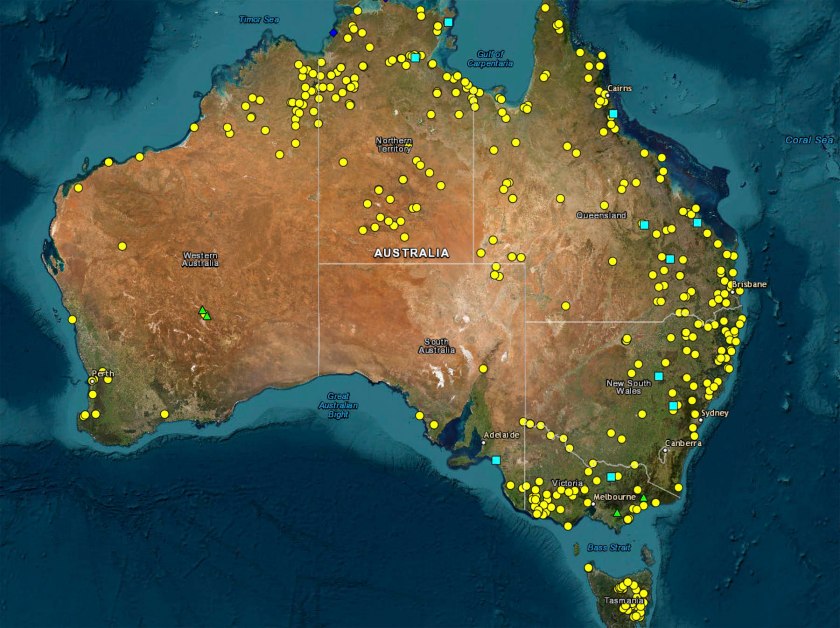

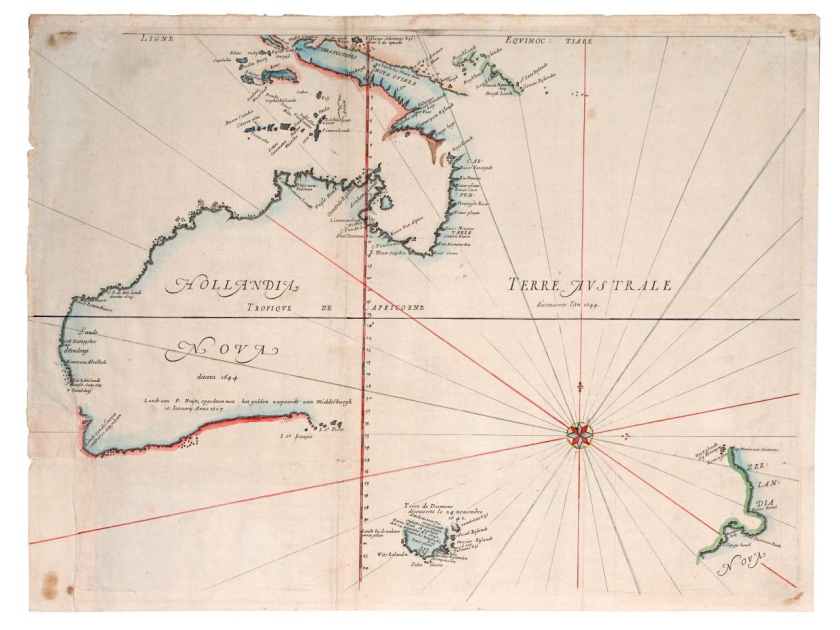











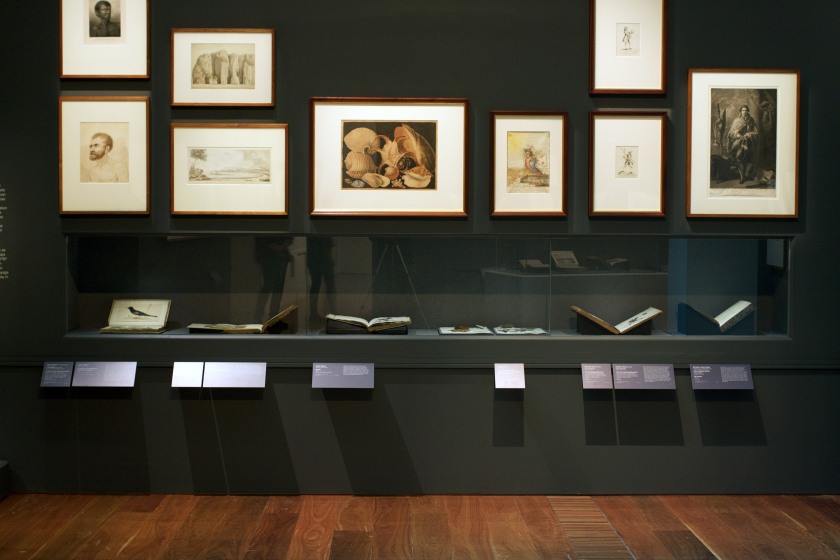









![Unknown artist (draughtsman, active in England early 19th century) Samuel John Neele (etcher, England 1758-1825) 'Pimbloy [Pemuluwuy], native of New Holland in a canoe of that country' 1804 Unknown artist (draughtsman, active in England early 19th century) Samuel John Neele (etcher, England 1758-1825) 'Pimbloy [Pemuluwuy], native of New Holland in a canoe of that country' 1804](https://artblart.com/wp-content/uploads/2018/03/neele-pimbloy-web.jpg?w=840)

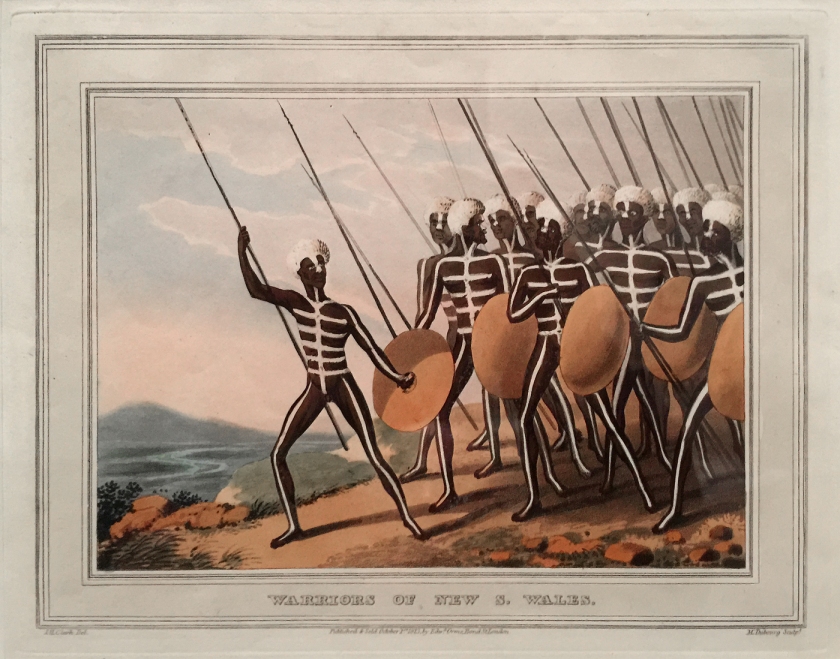






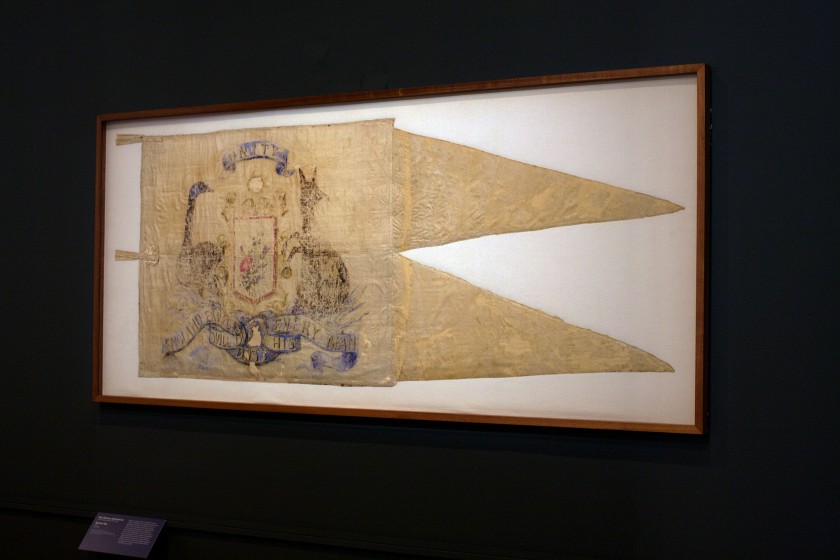



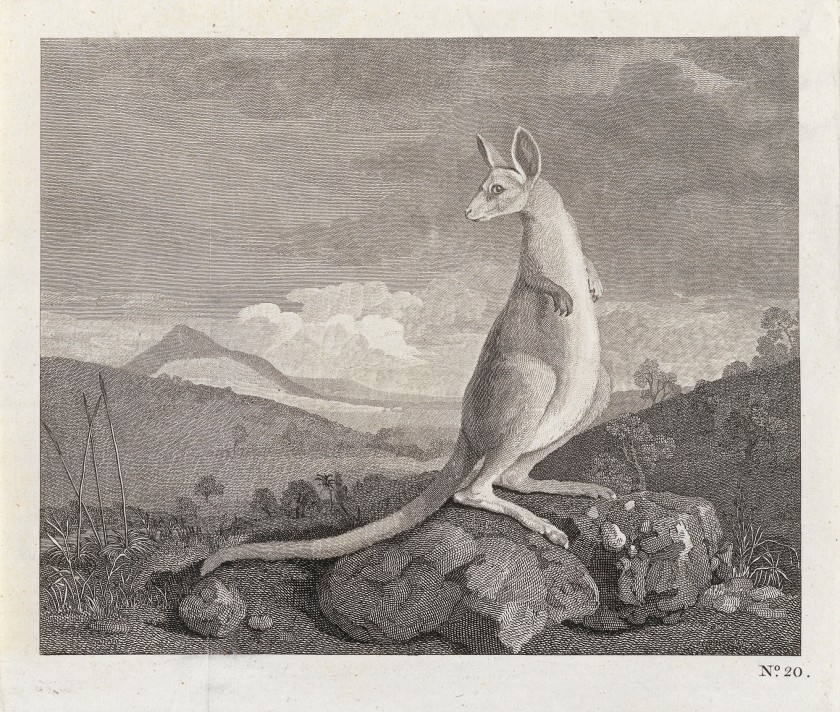






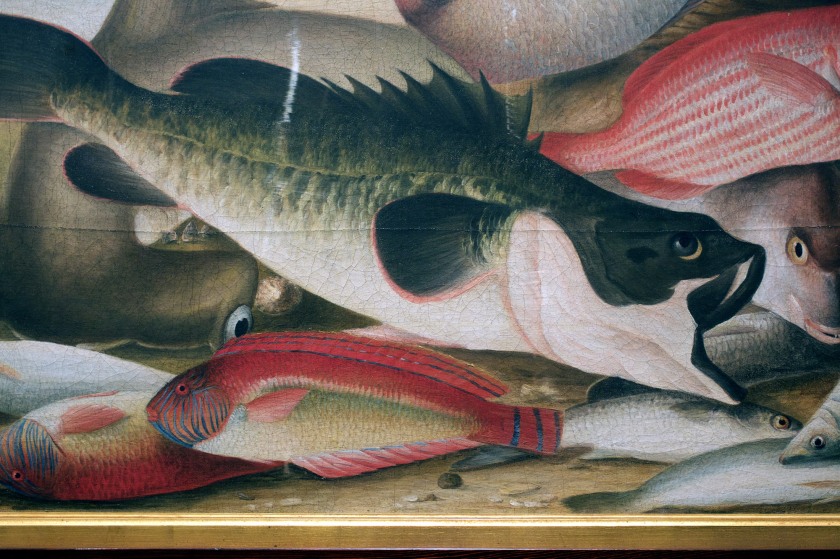




















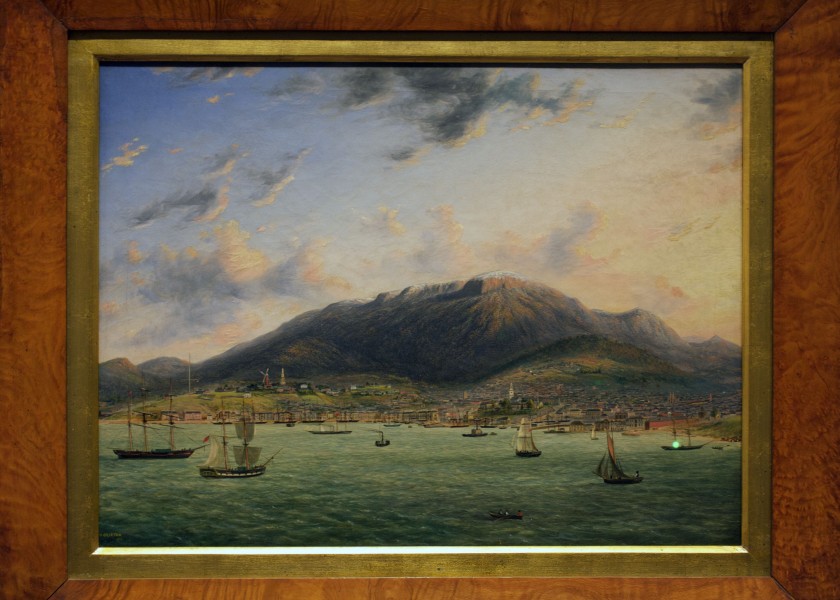














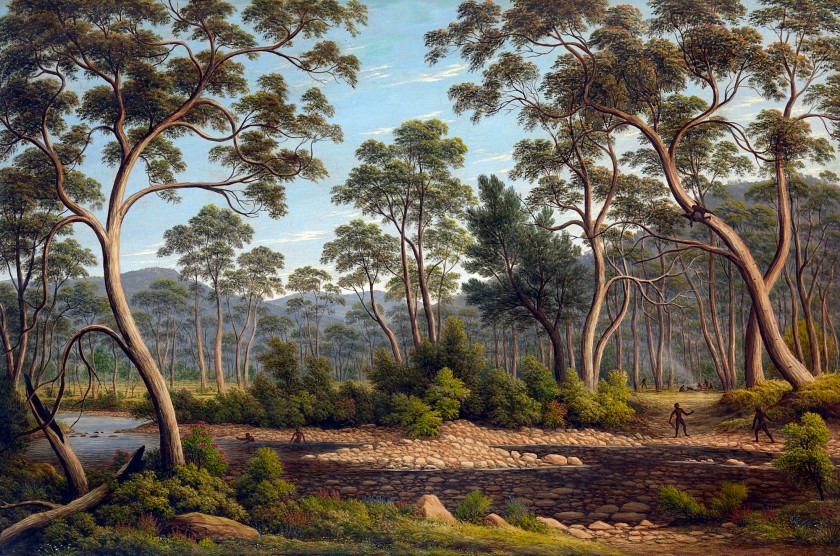



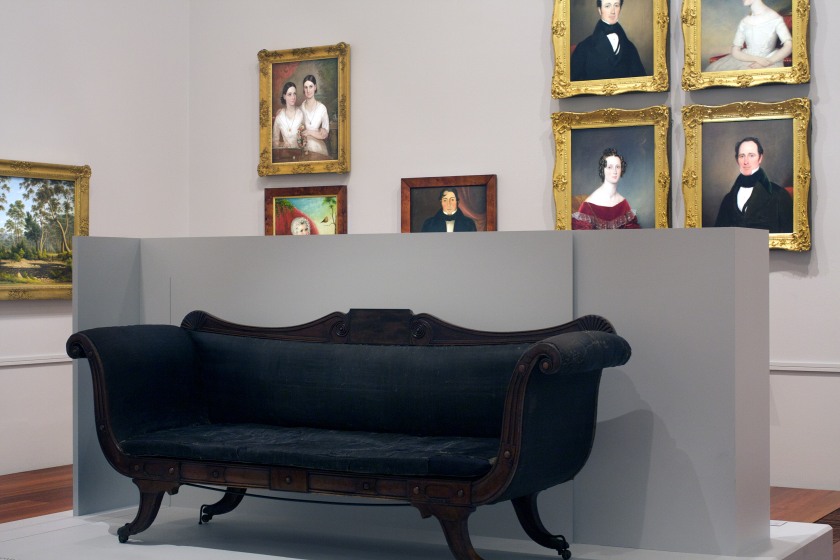







![Thomas Bock (England 1790 - Australia 1855, Australia from 1824) 'Woureddy [Wurati]: Native of Bruné Island, Van Diemen's Land' c. 1837 Thomas Bock (England 1790 - Australia 1855, Australia from 1824) 'Woureddy [Wurati]: Native of Bruné Island, Van Diemen's Land' c. 1837](https://artblart.com/wp-content/uploads/2018/03/bock-woureddy-web.jpg?w=650&h=880)
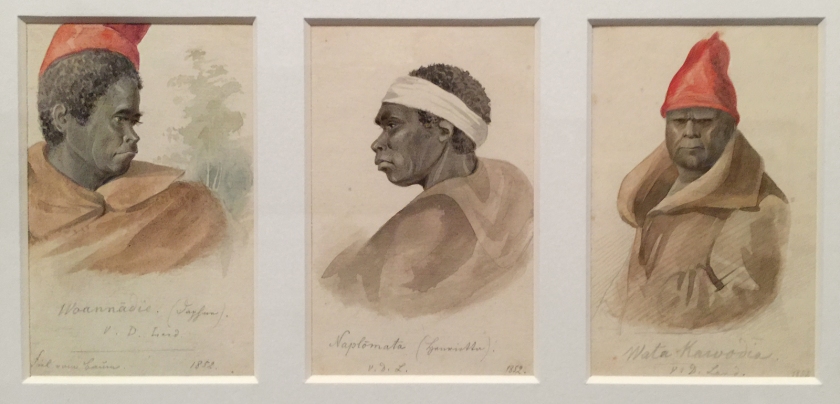



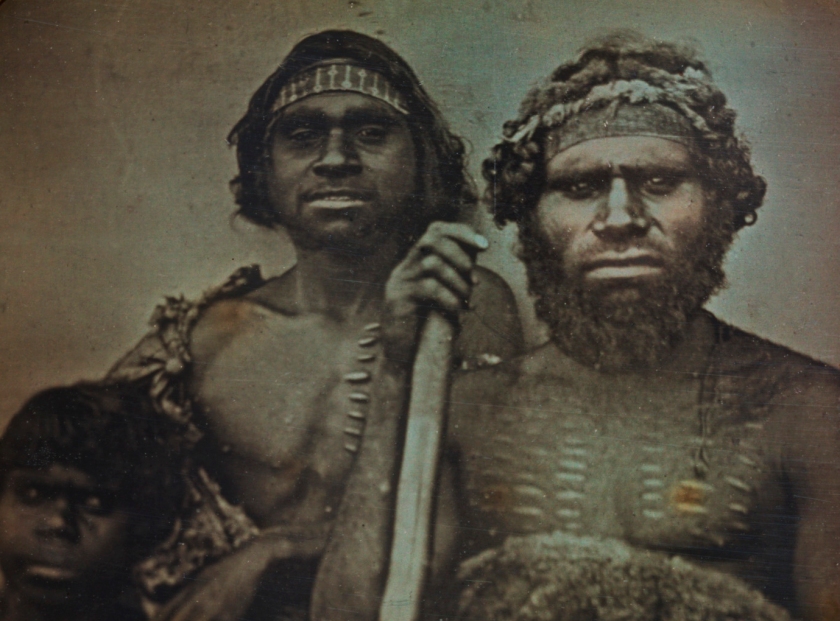



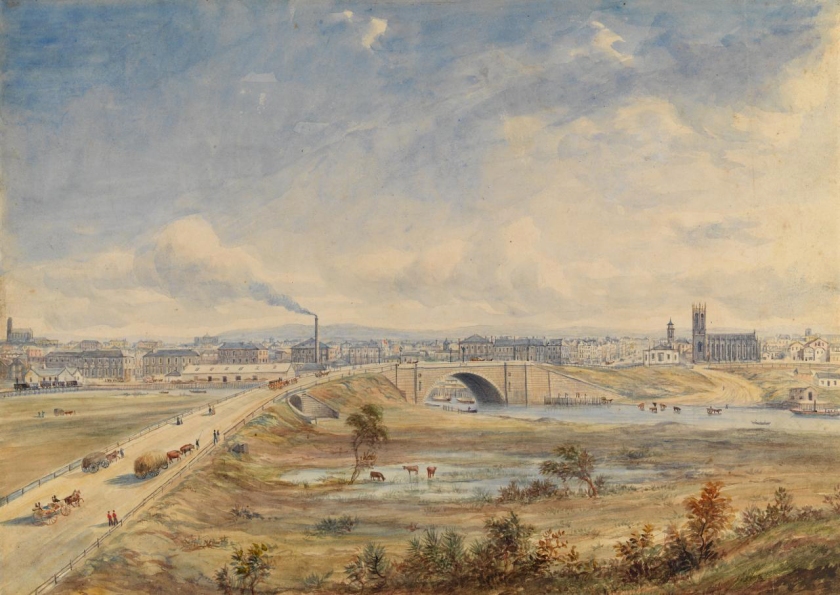









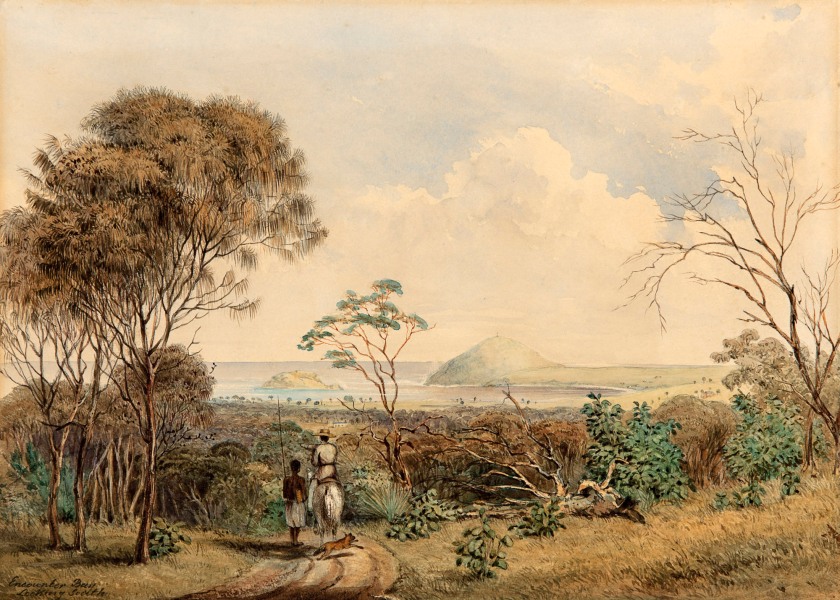

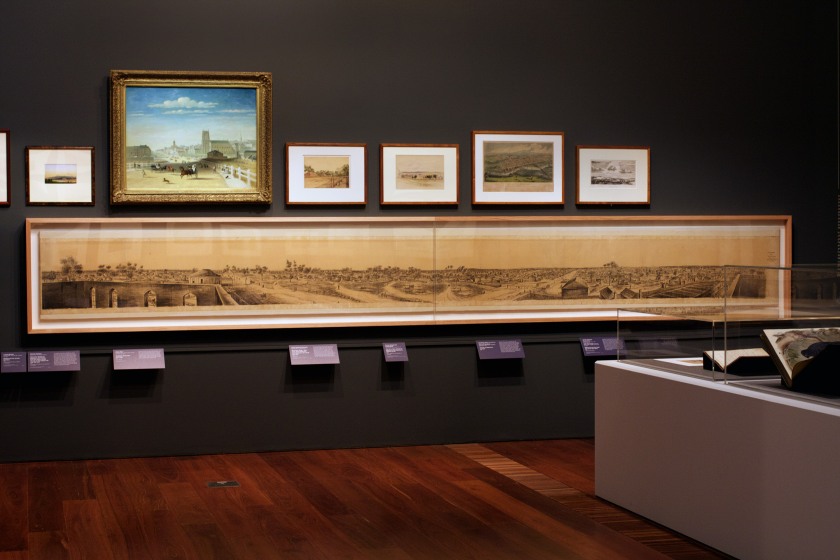





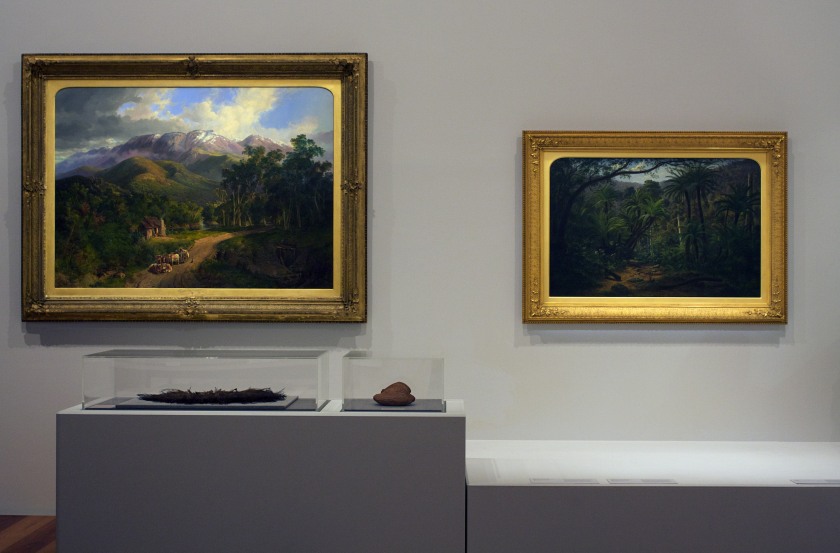








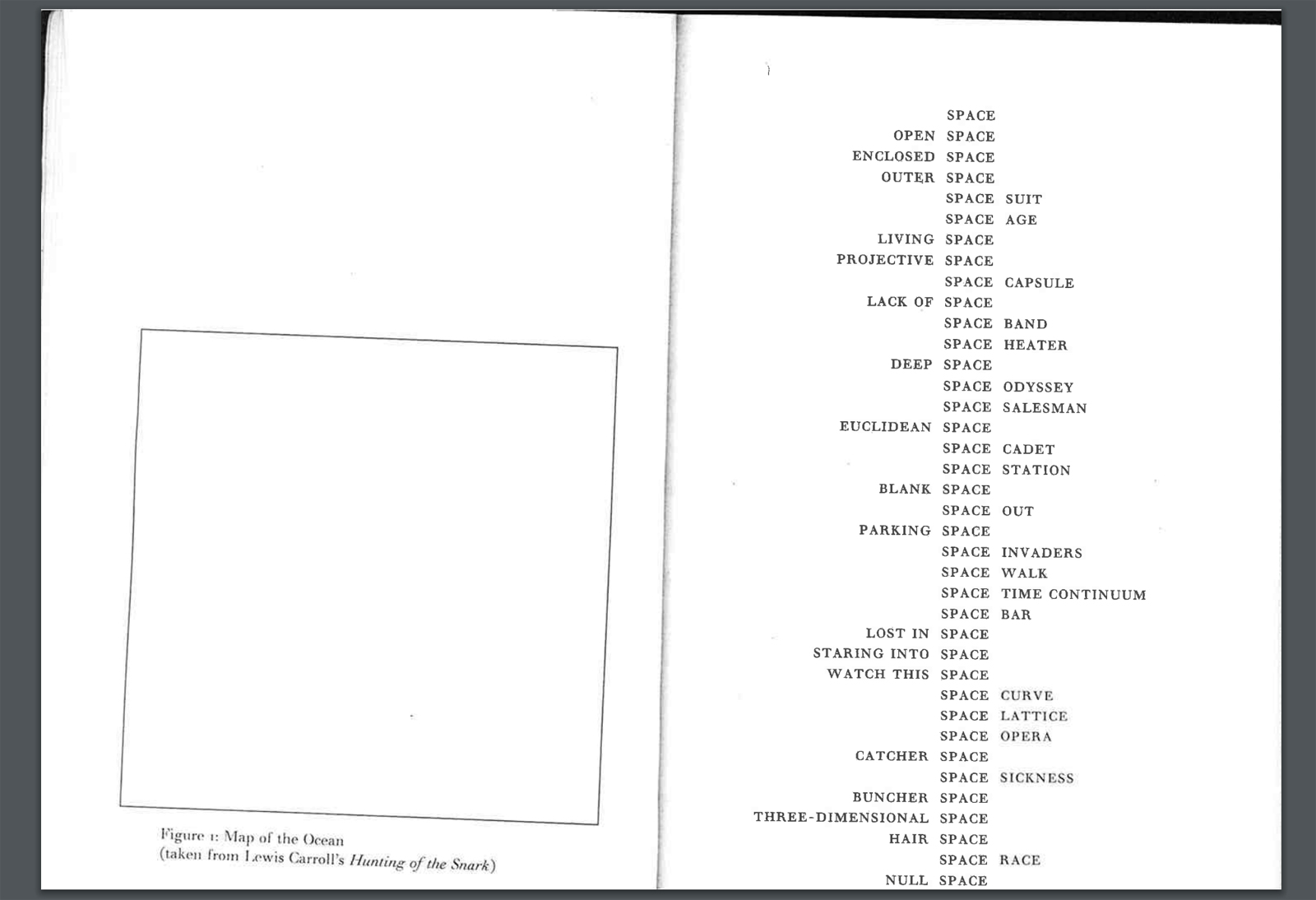
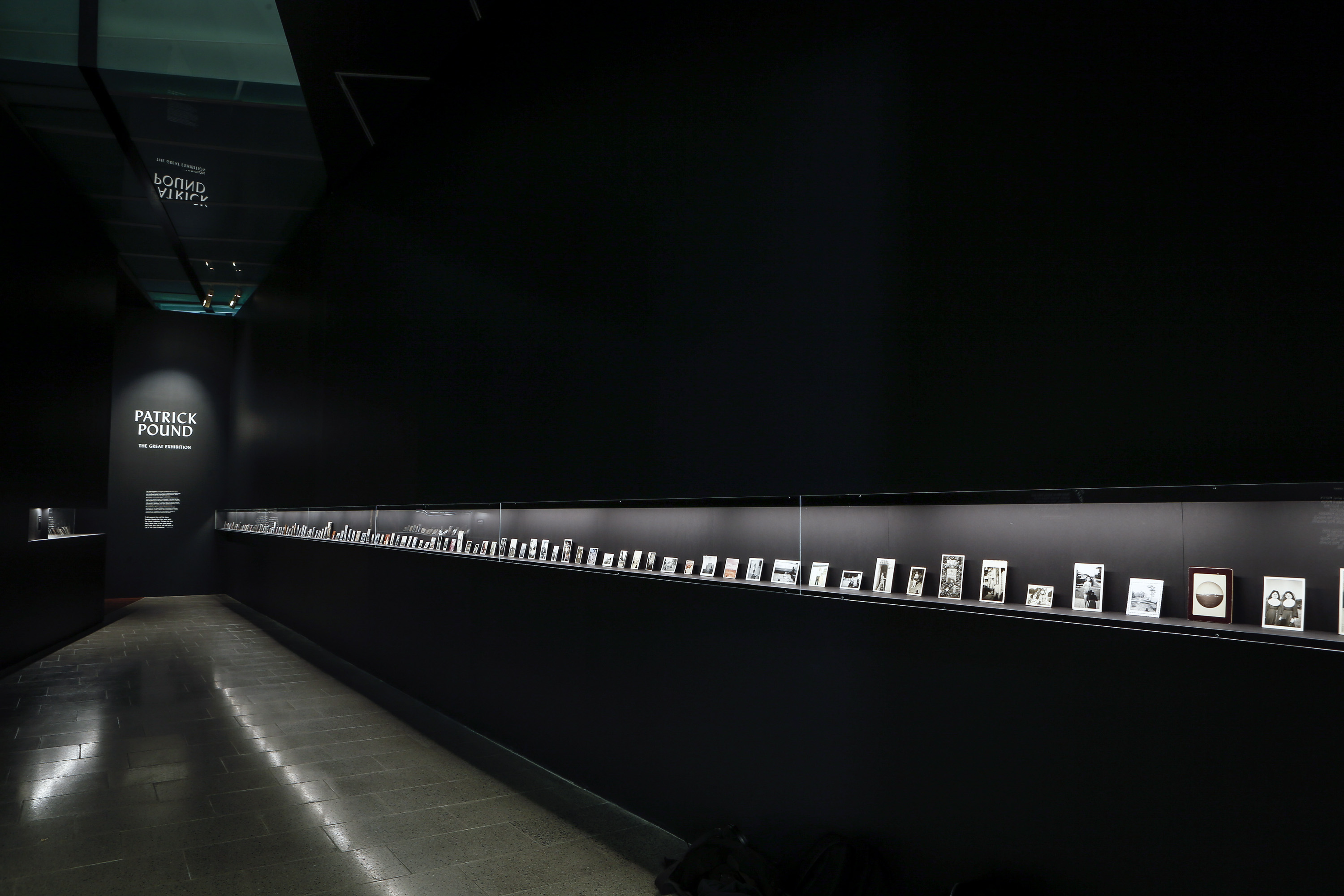







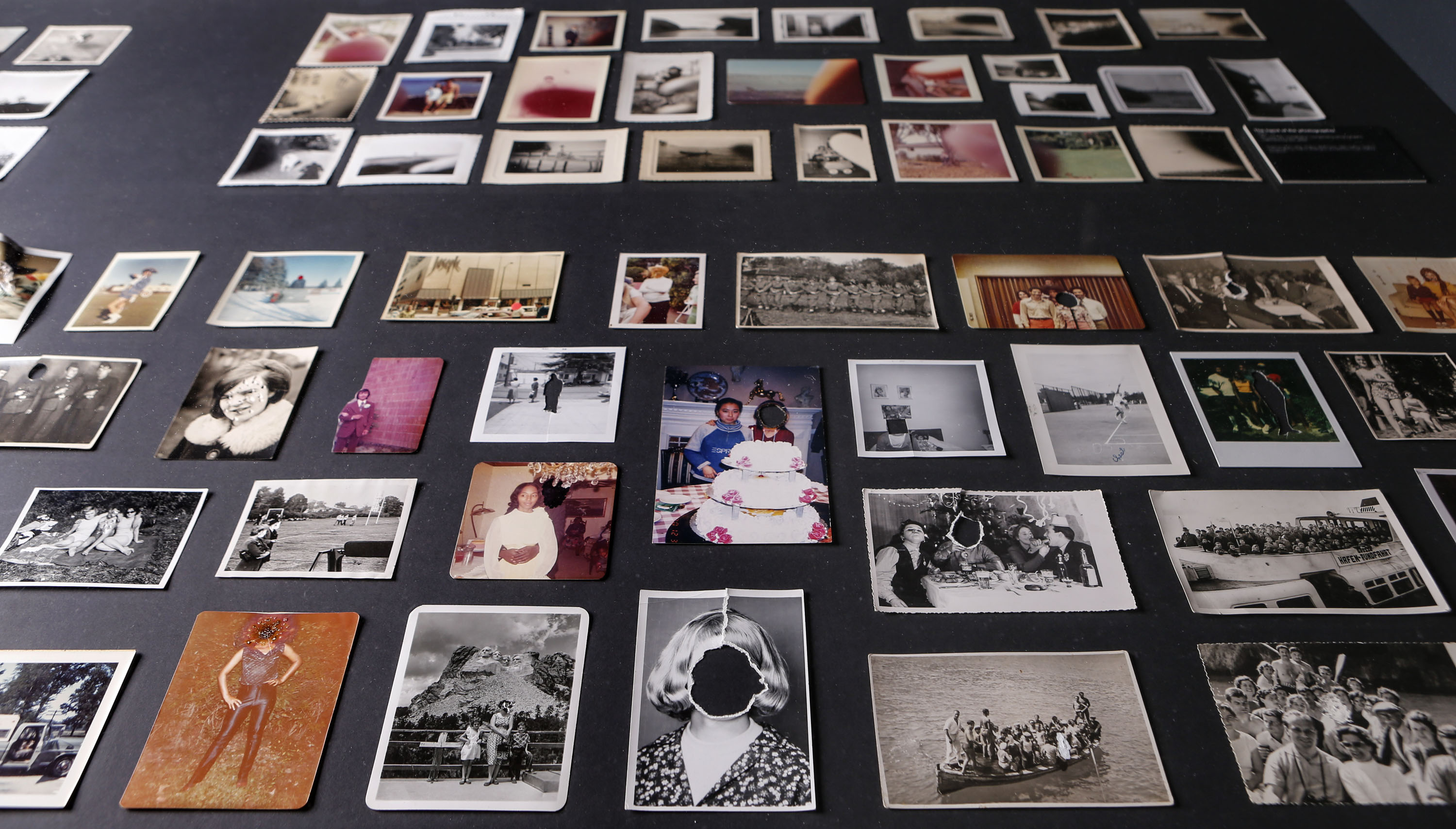



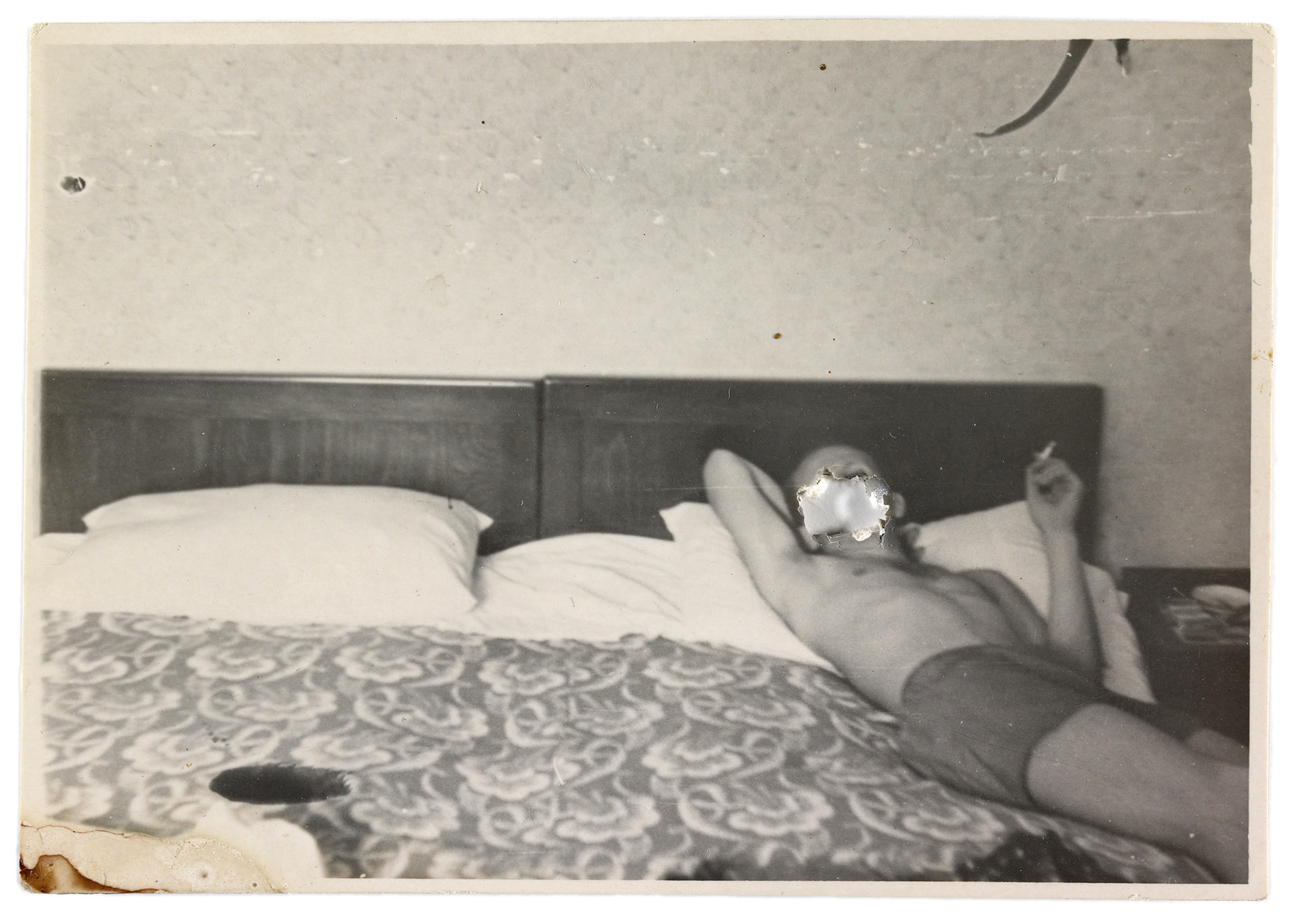




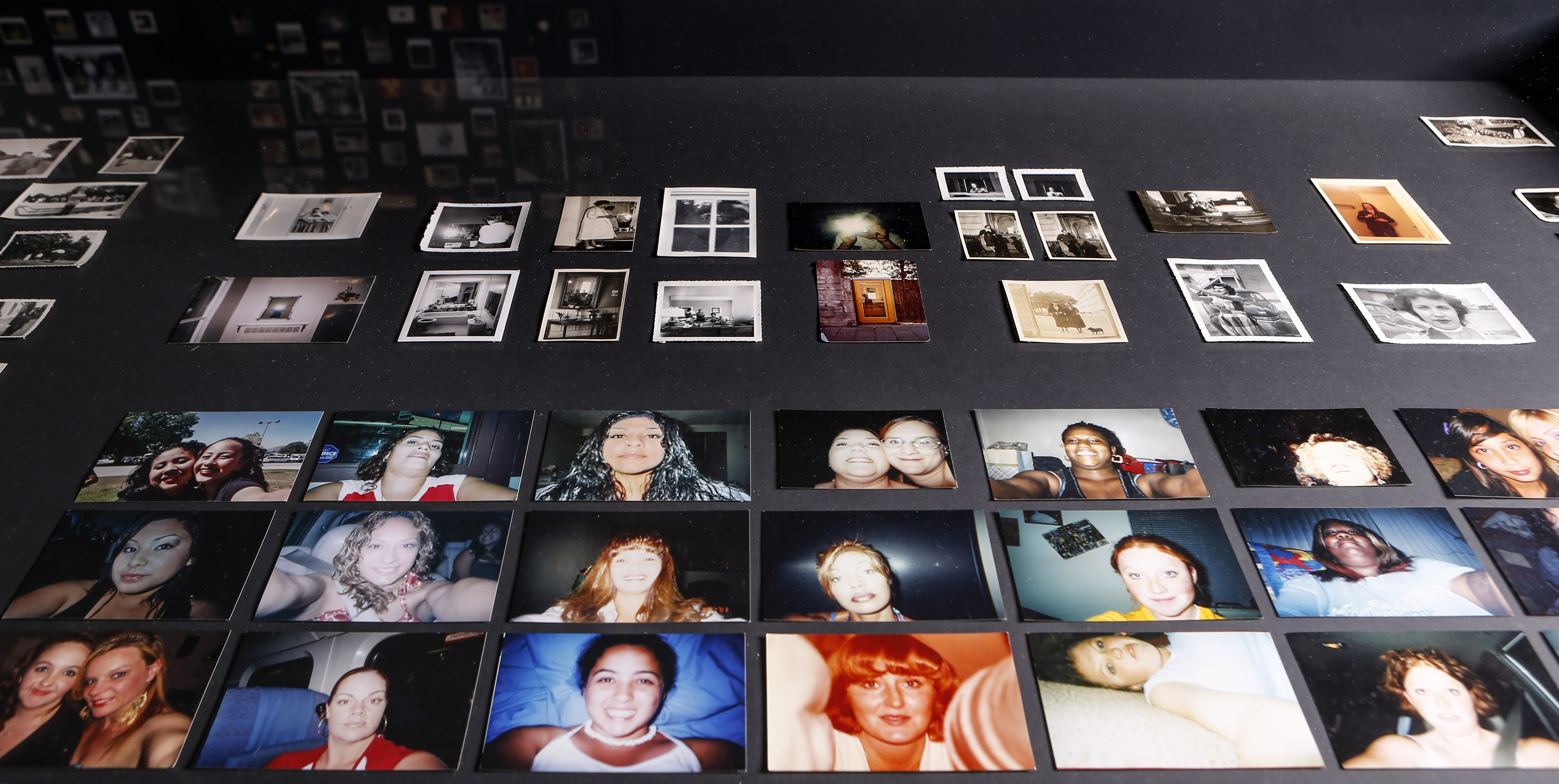



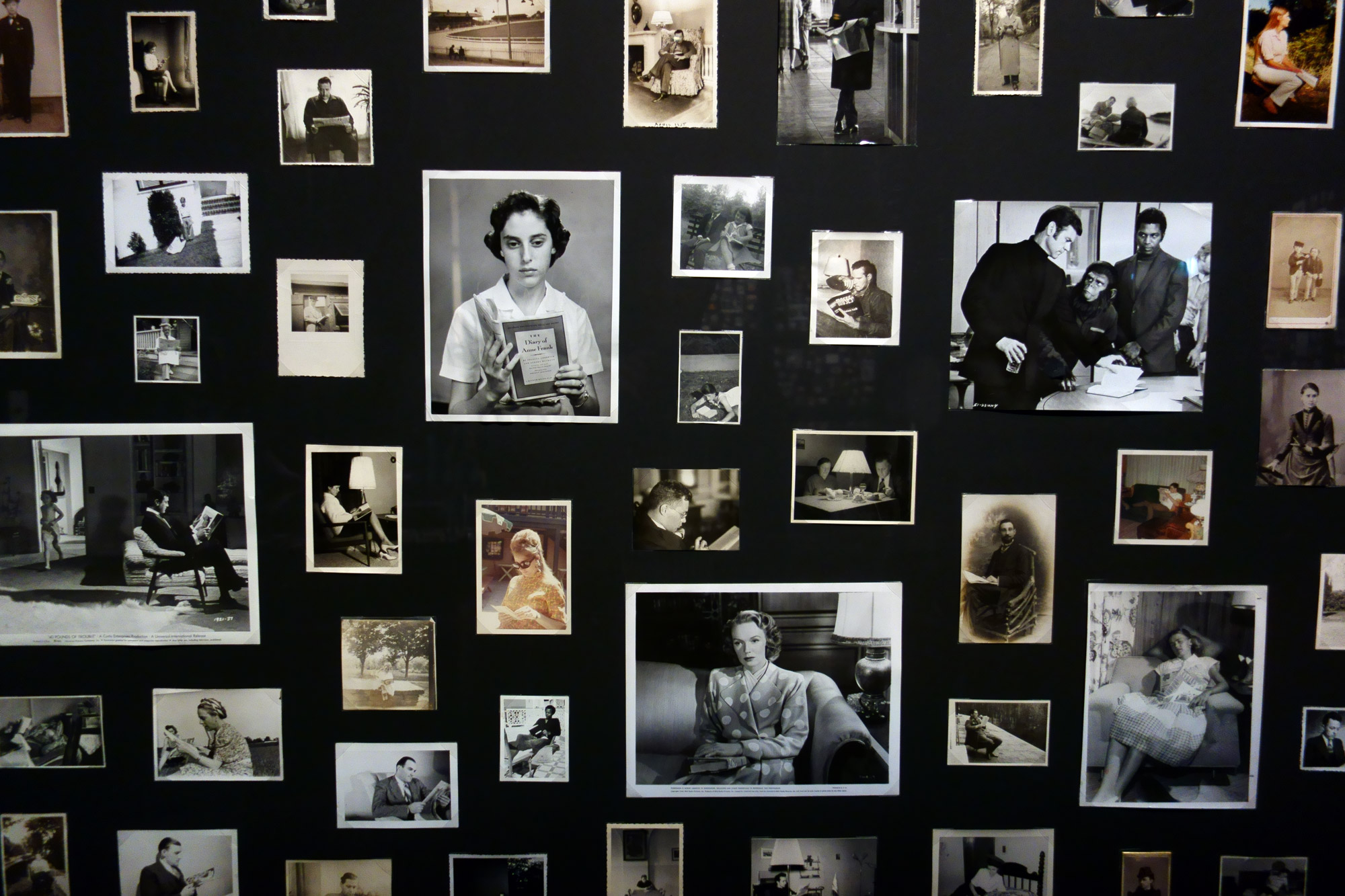





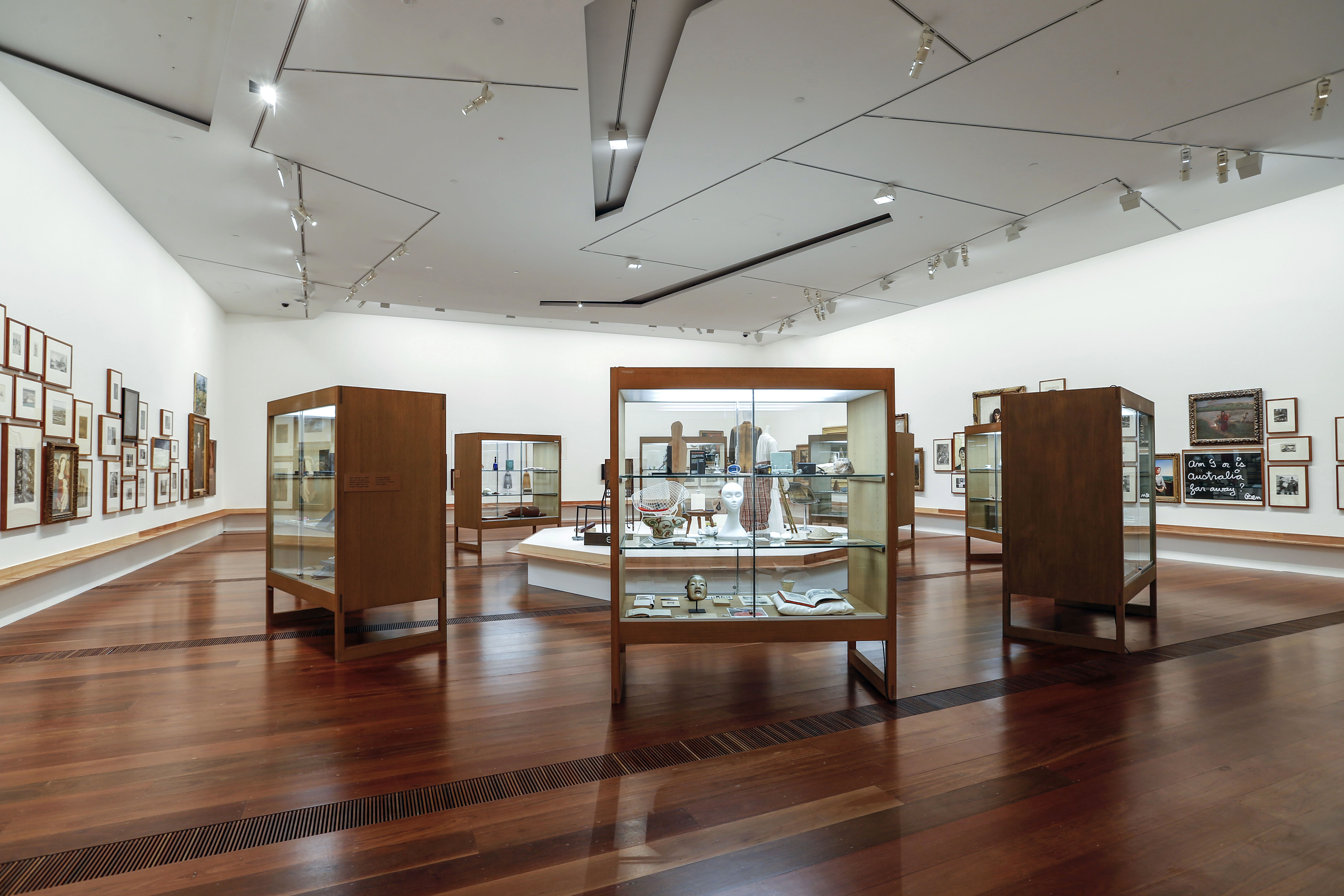





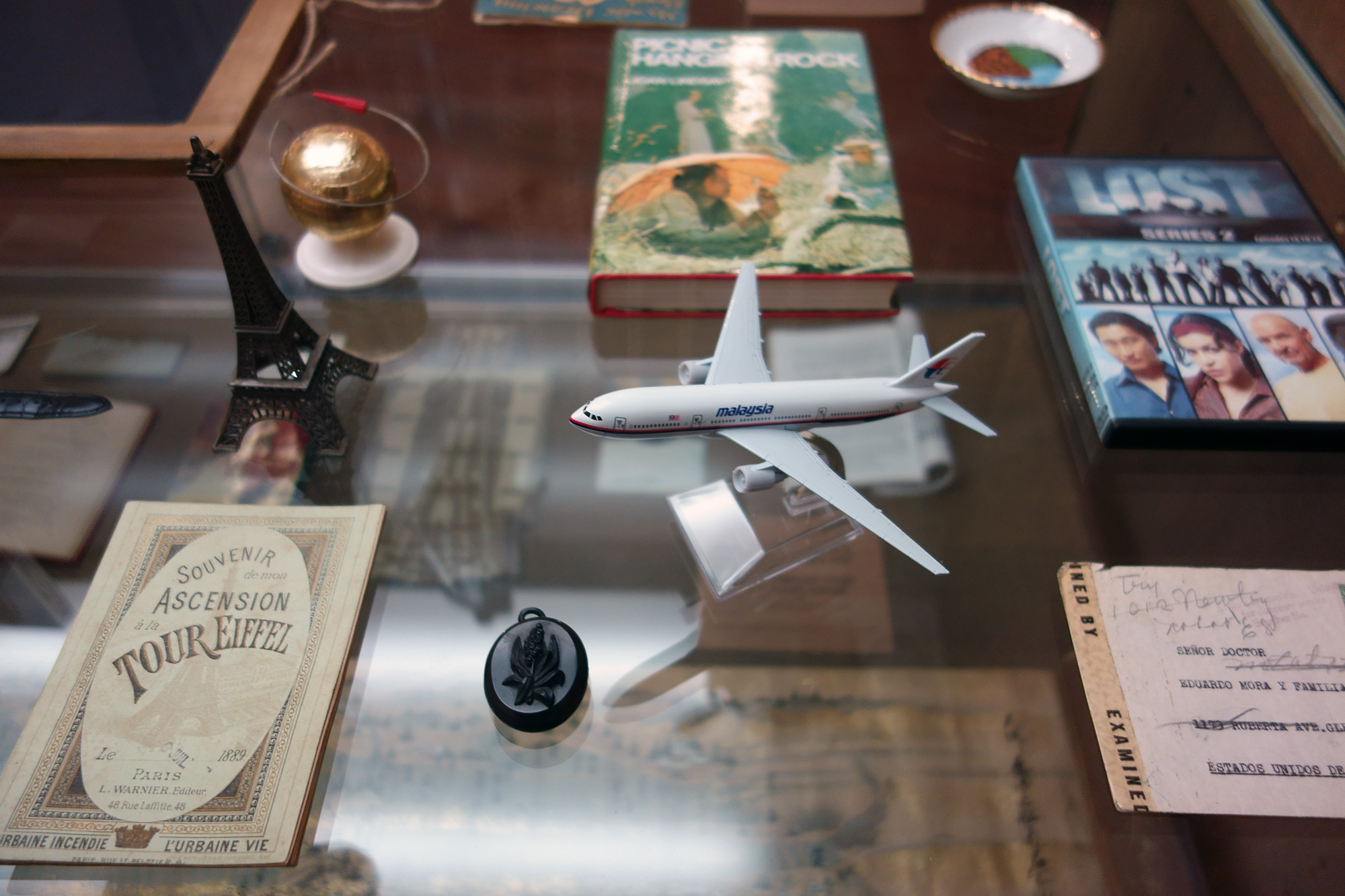

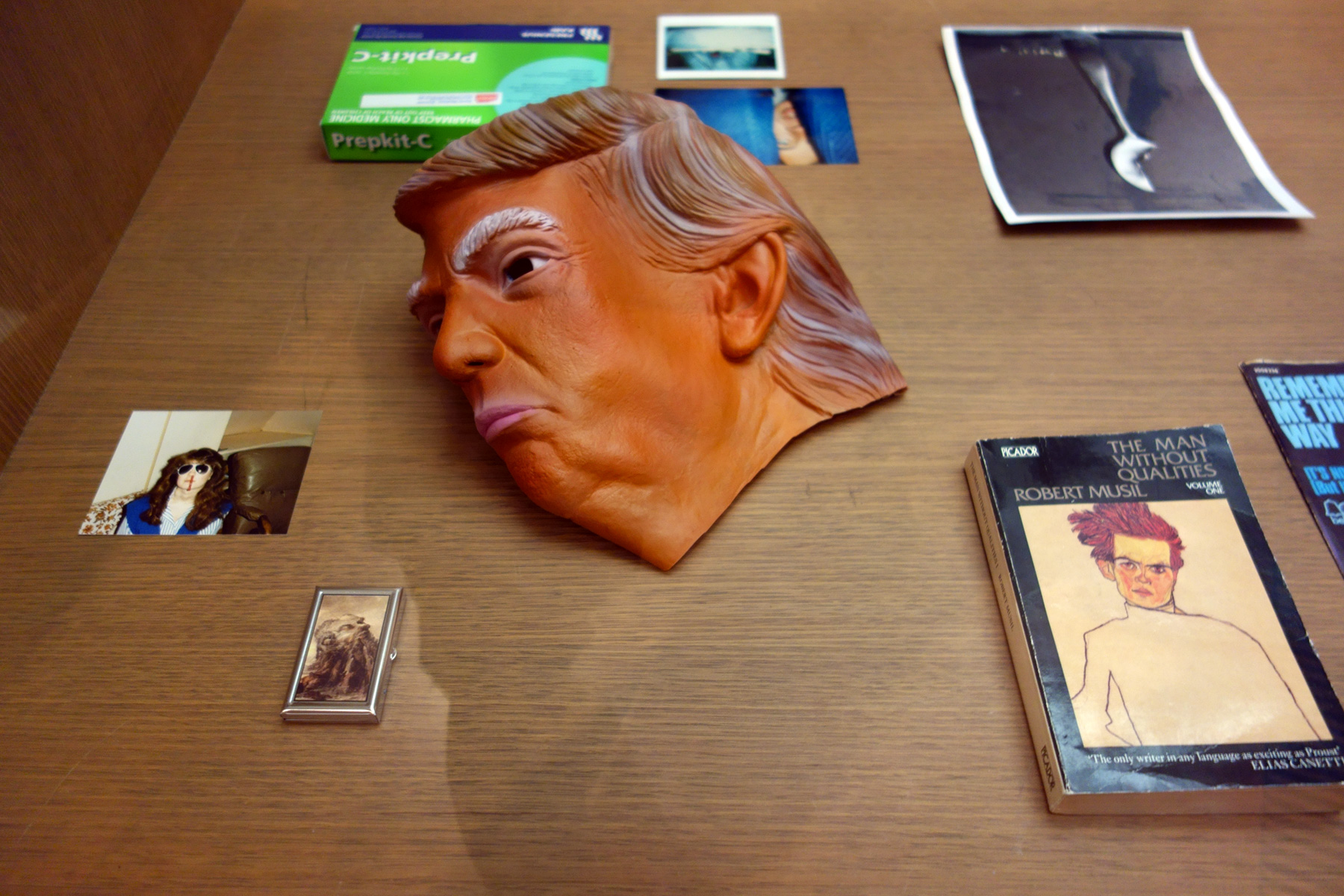
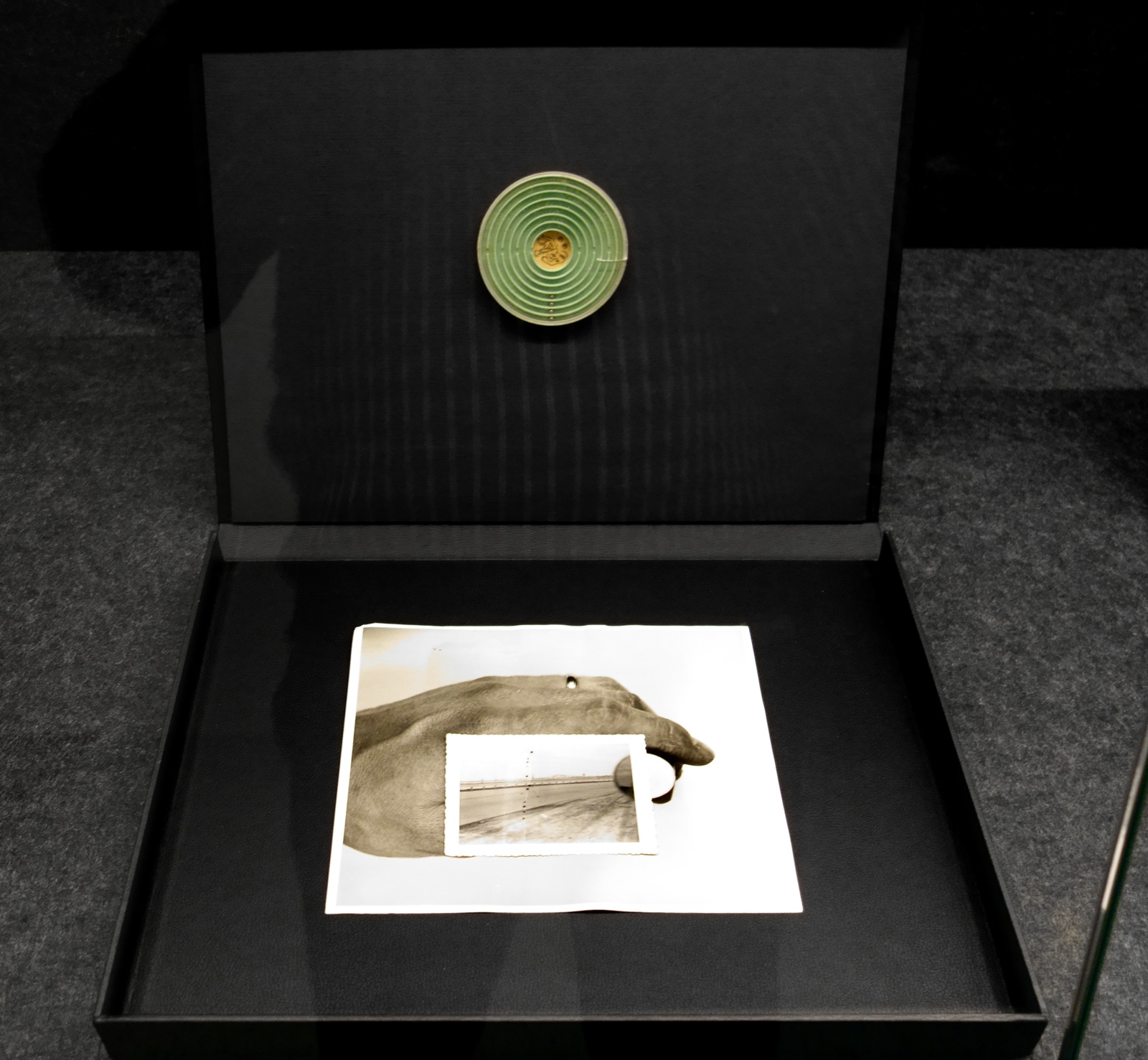


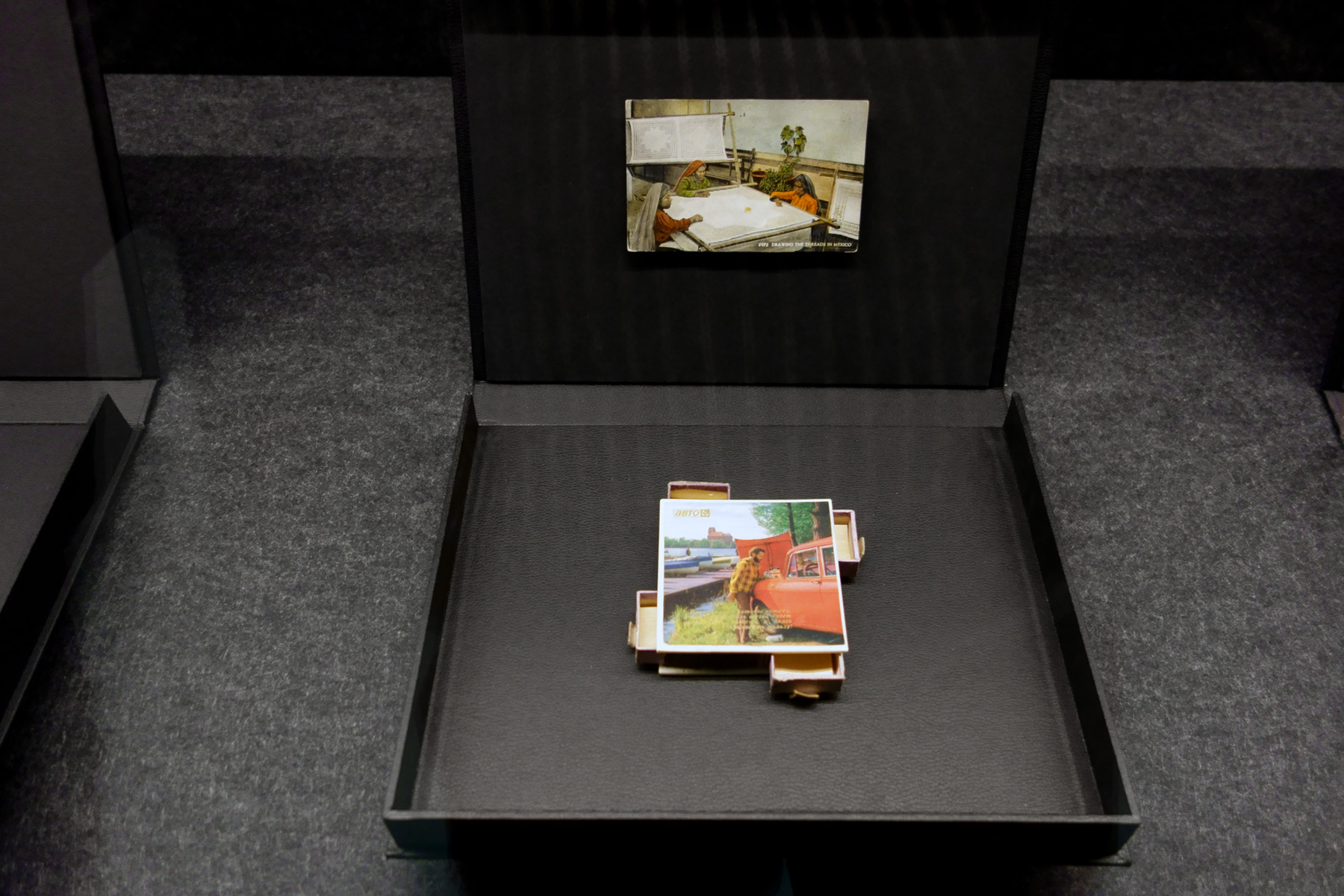
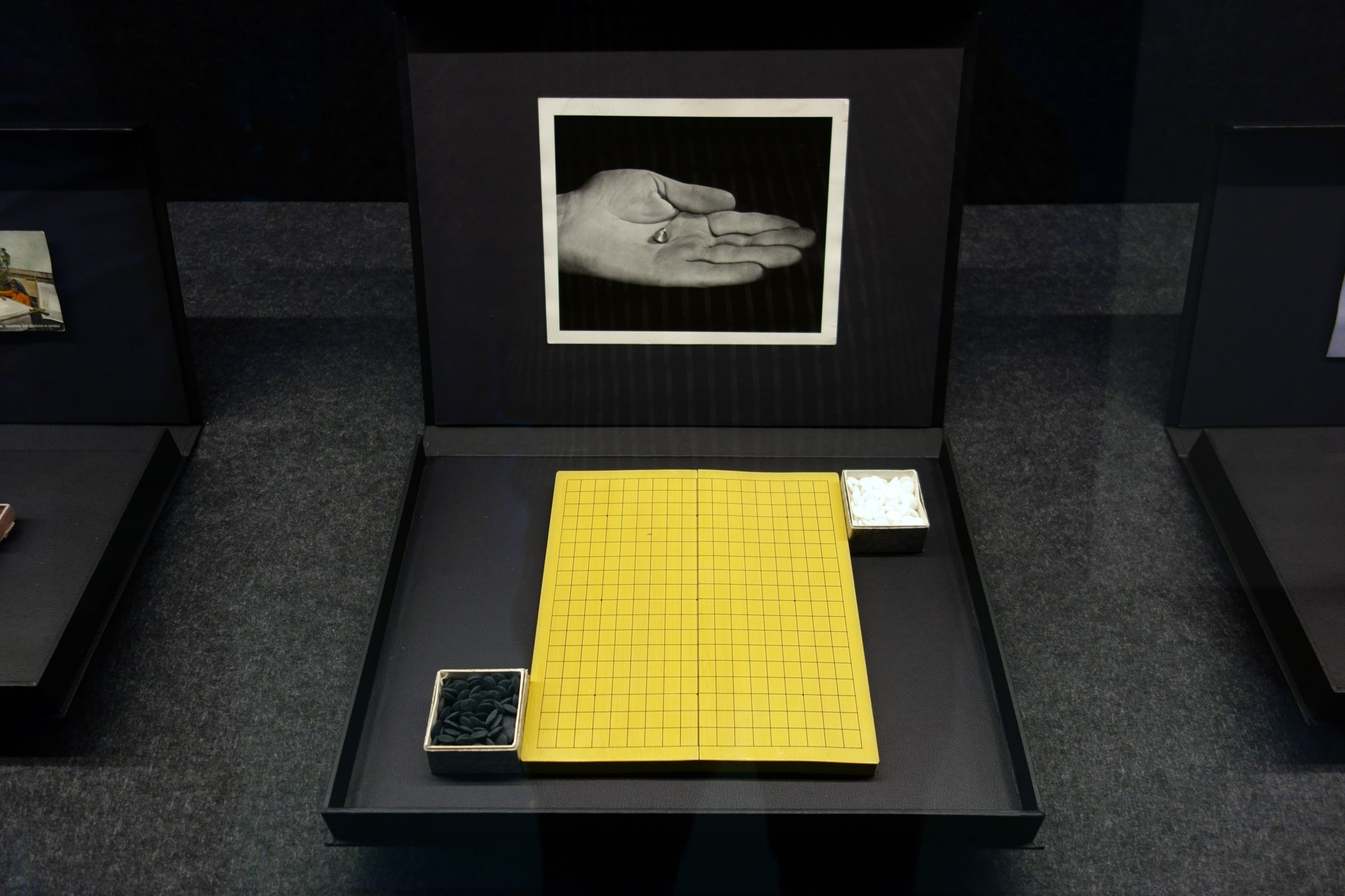
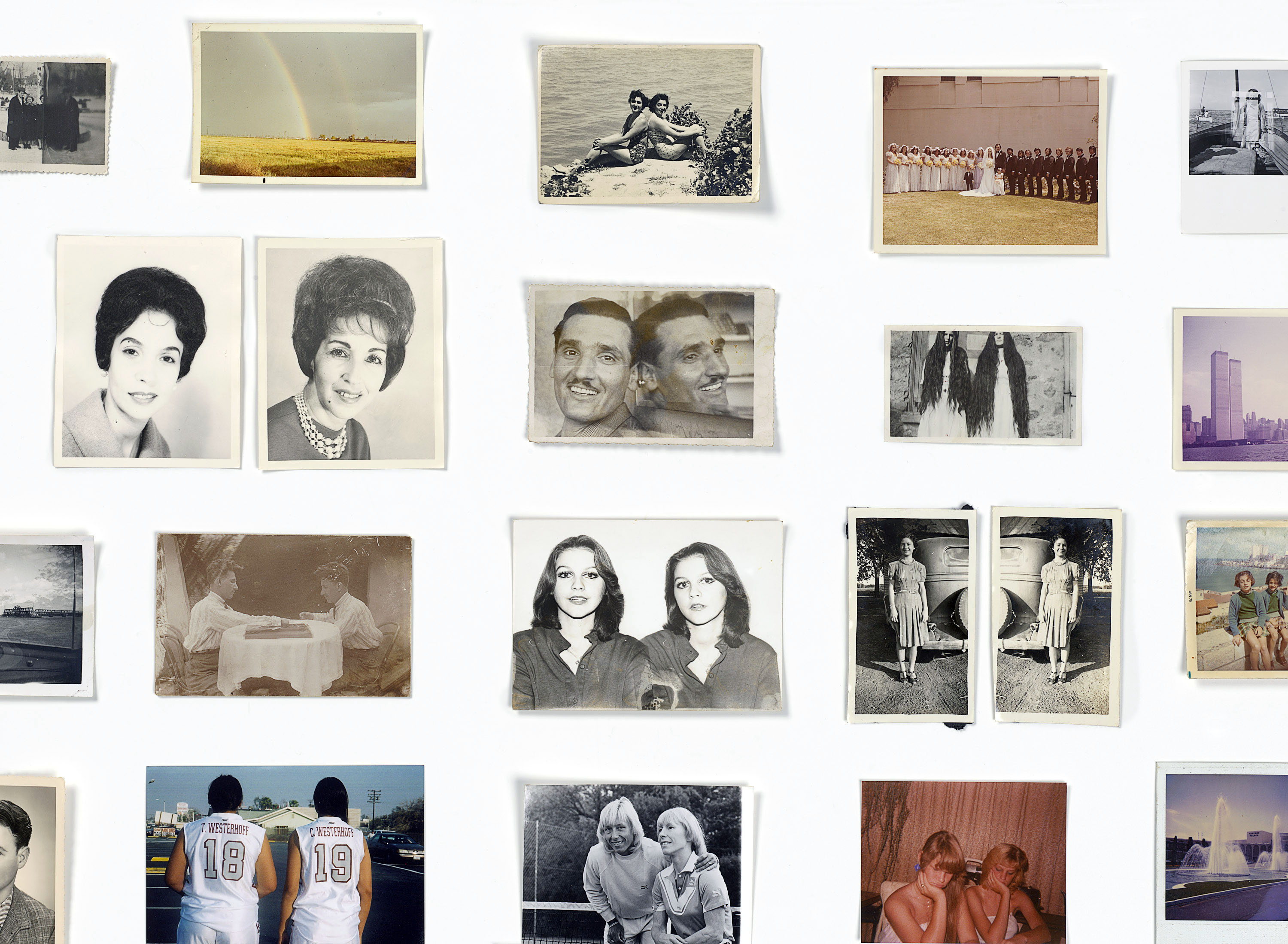
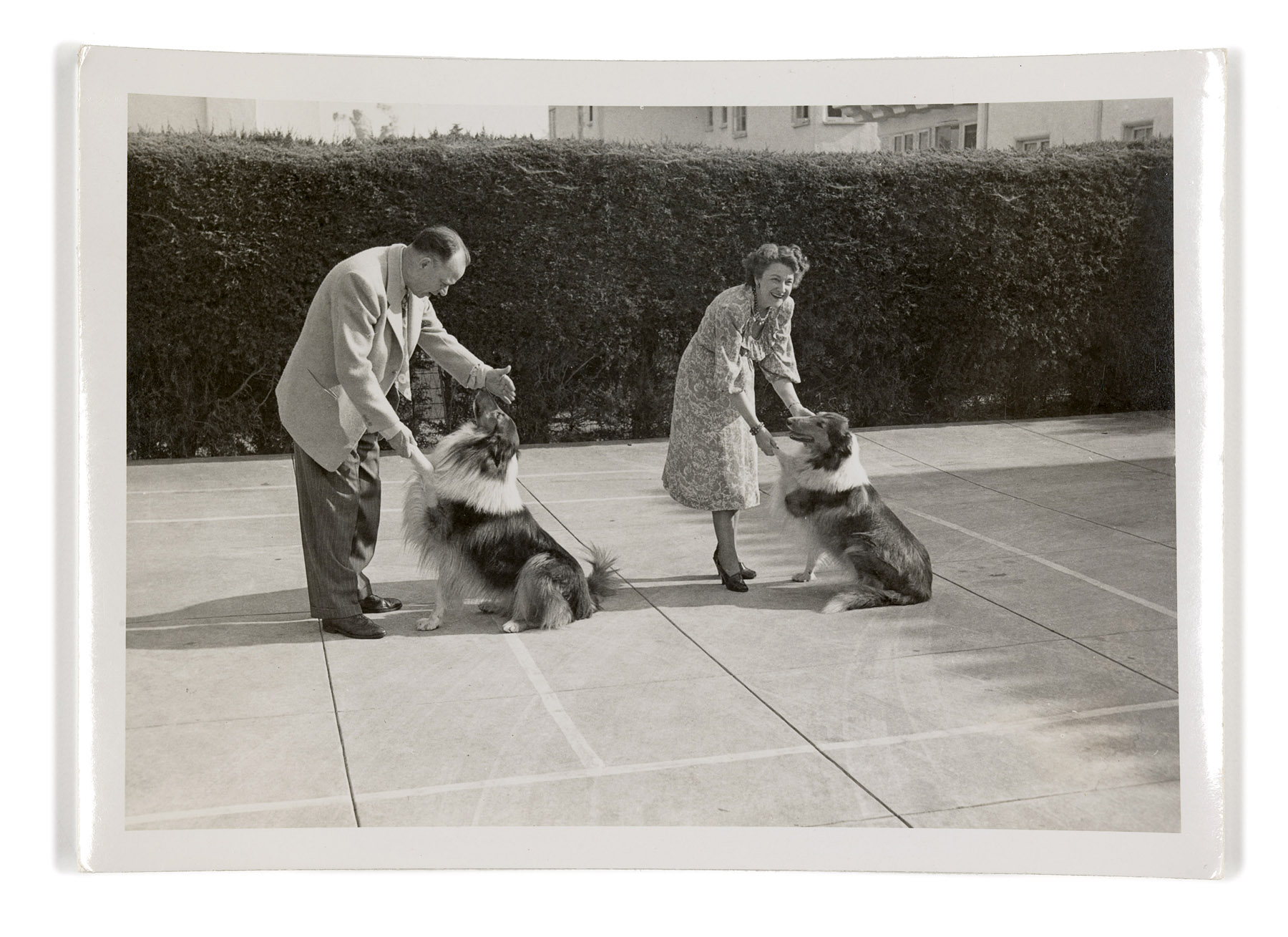
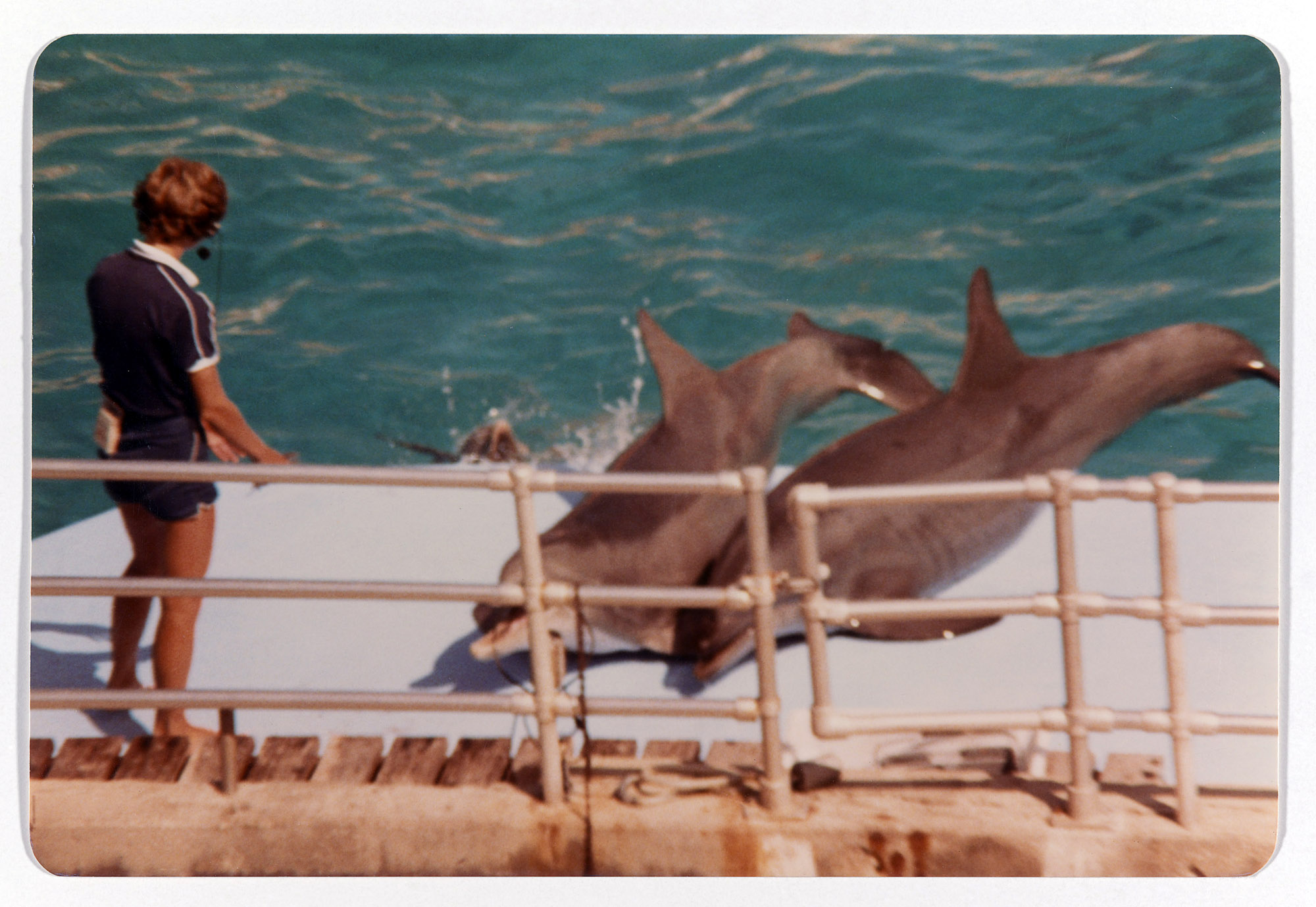
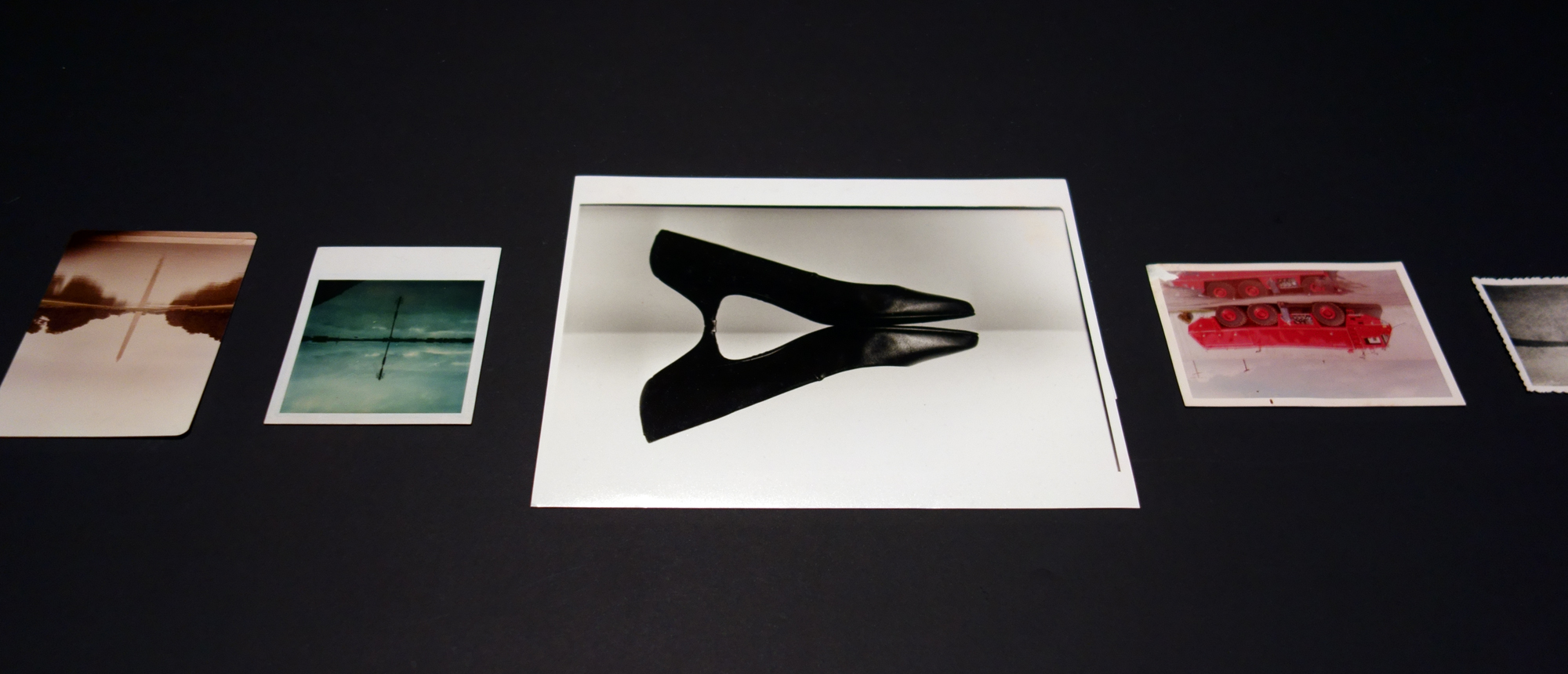


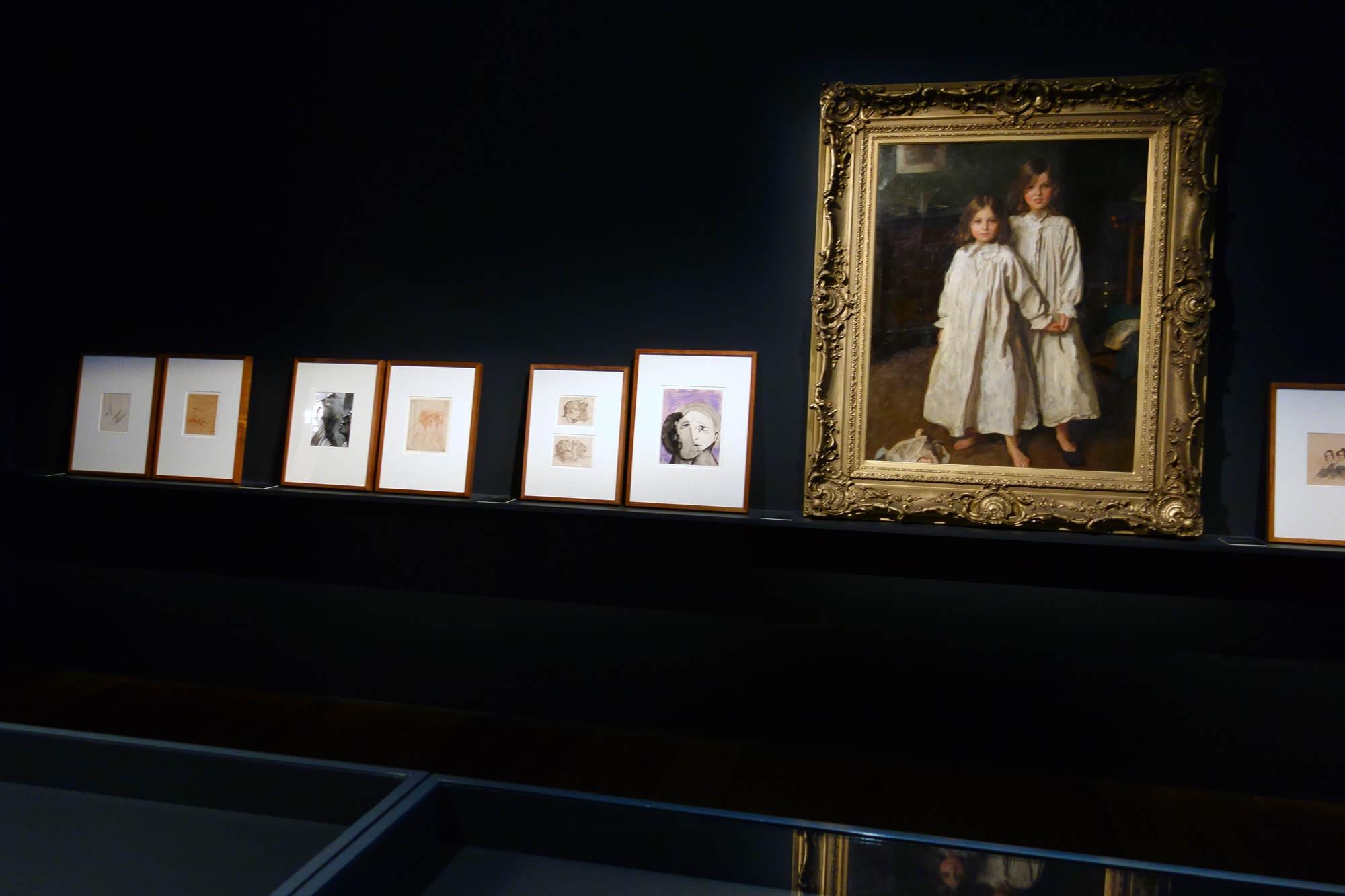
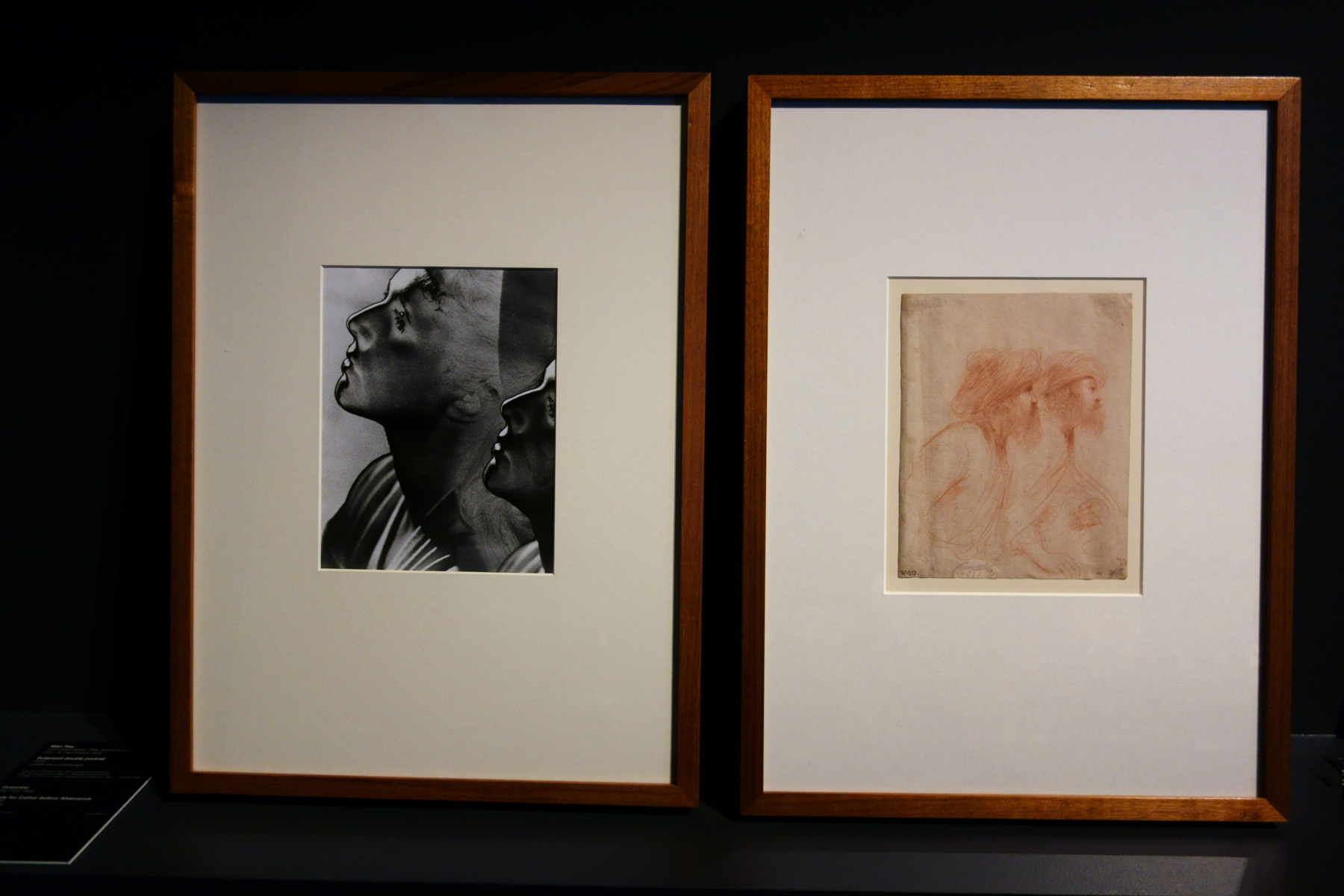
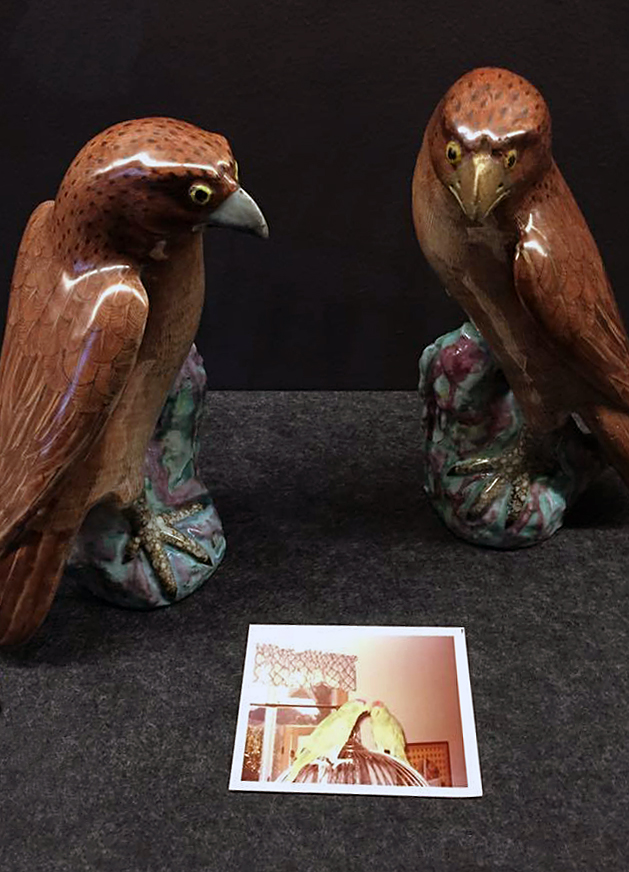
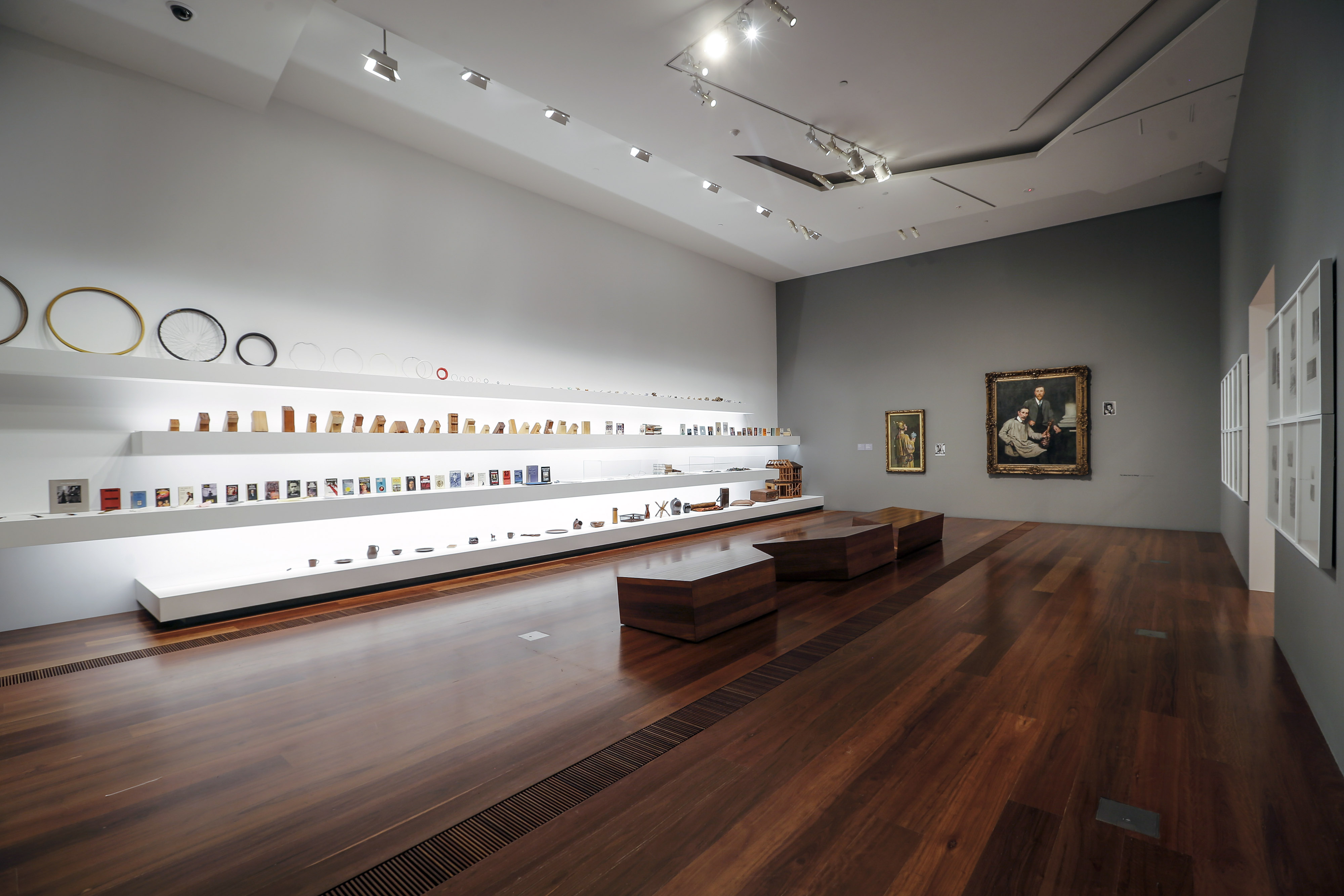
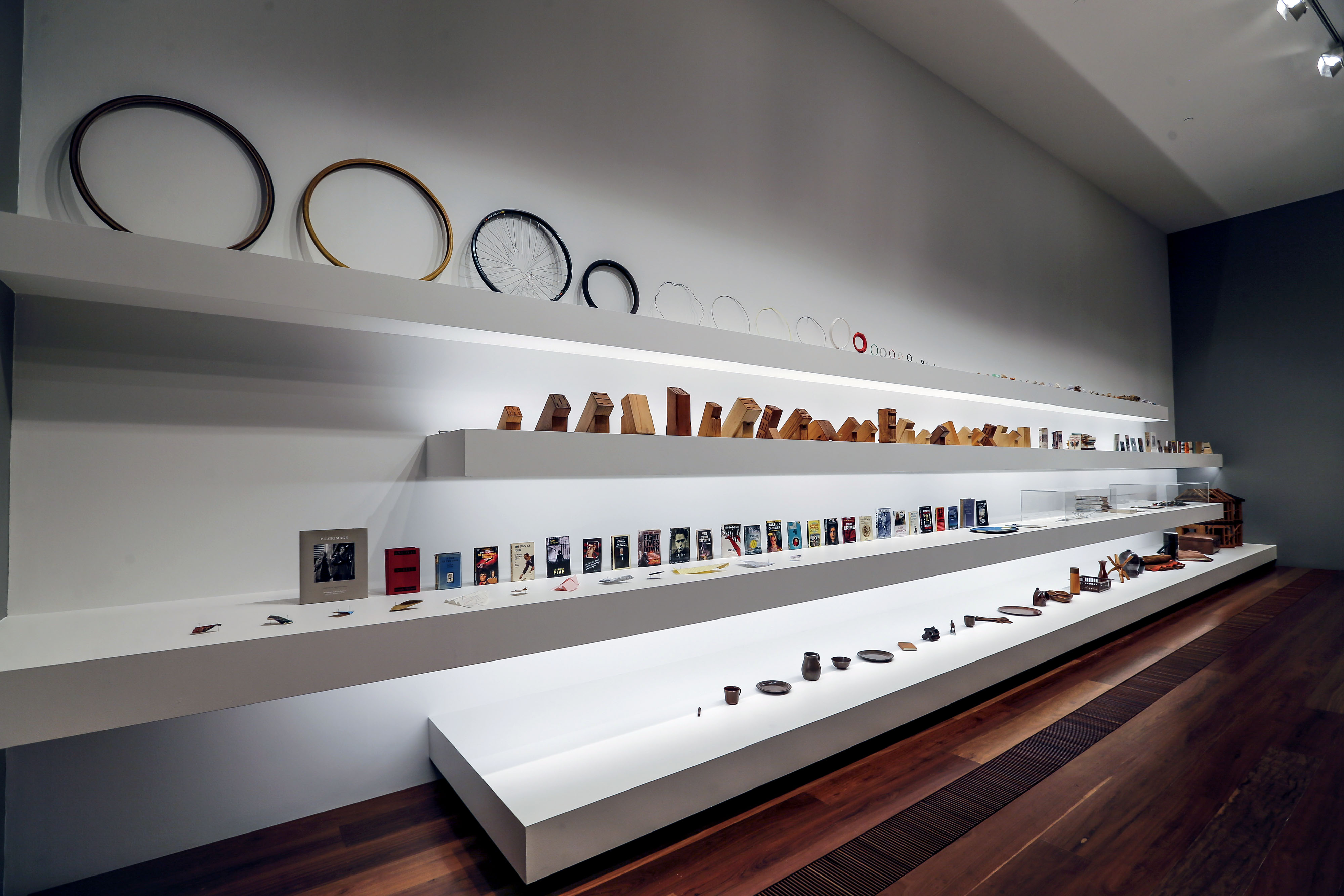

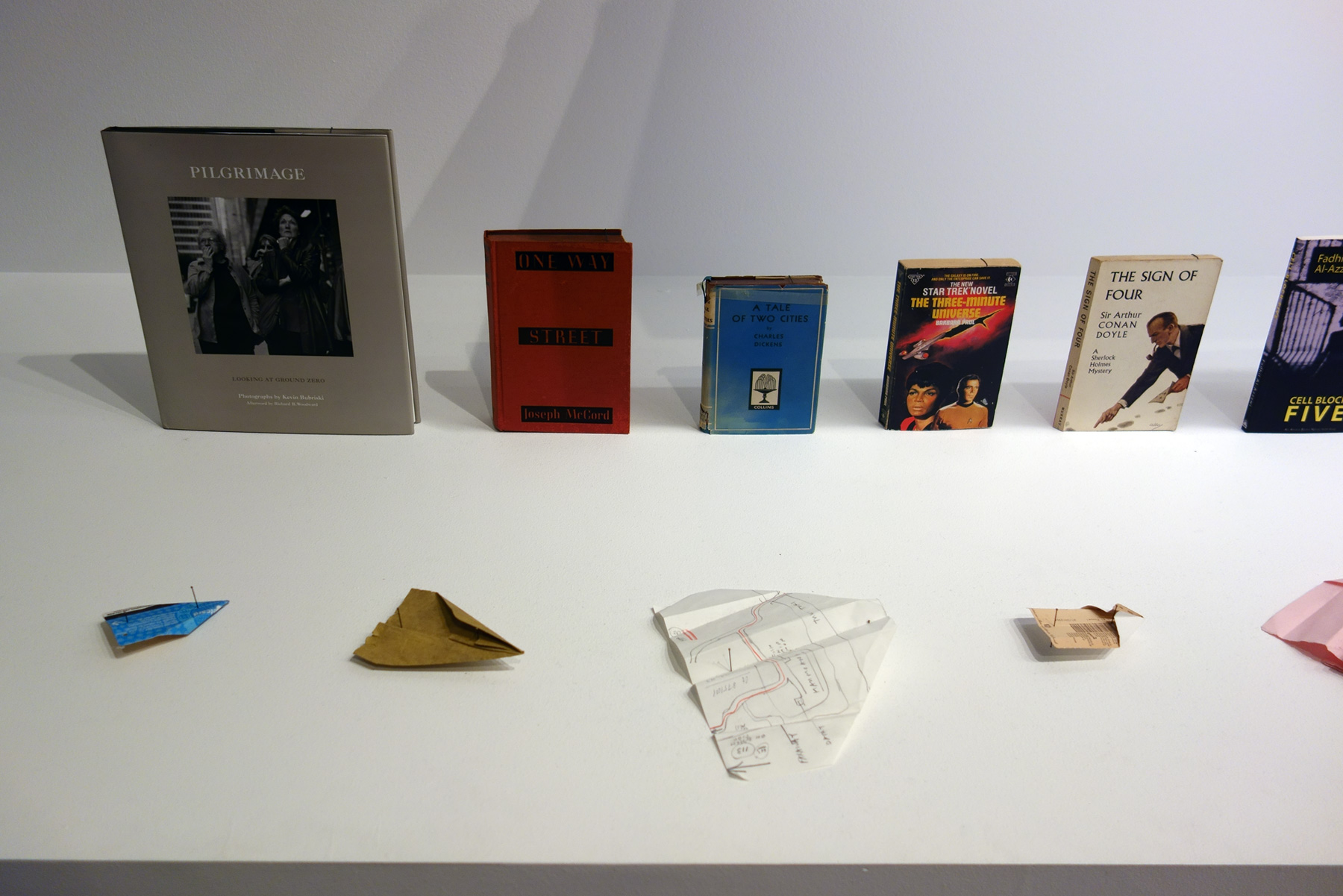




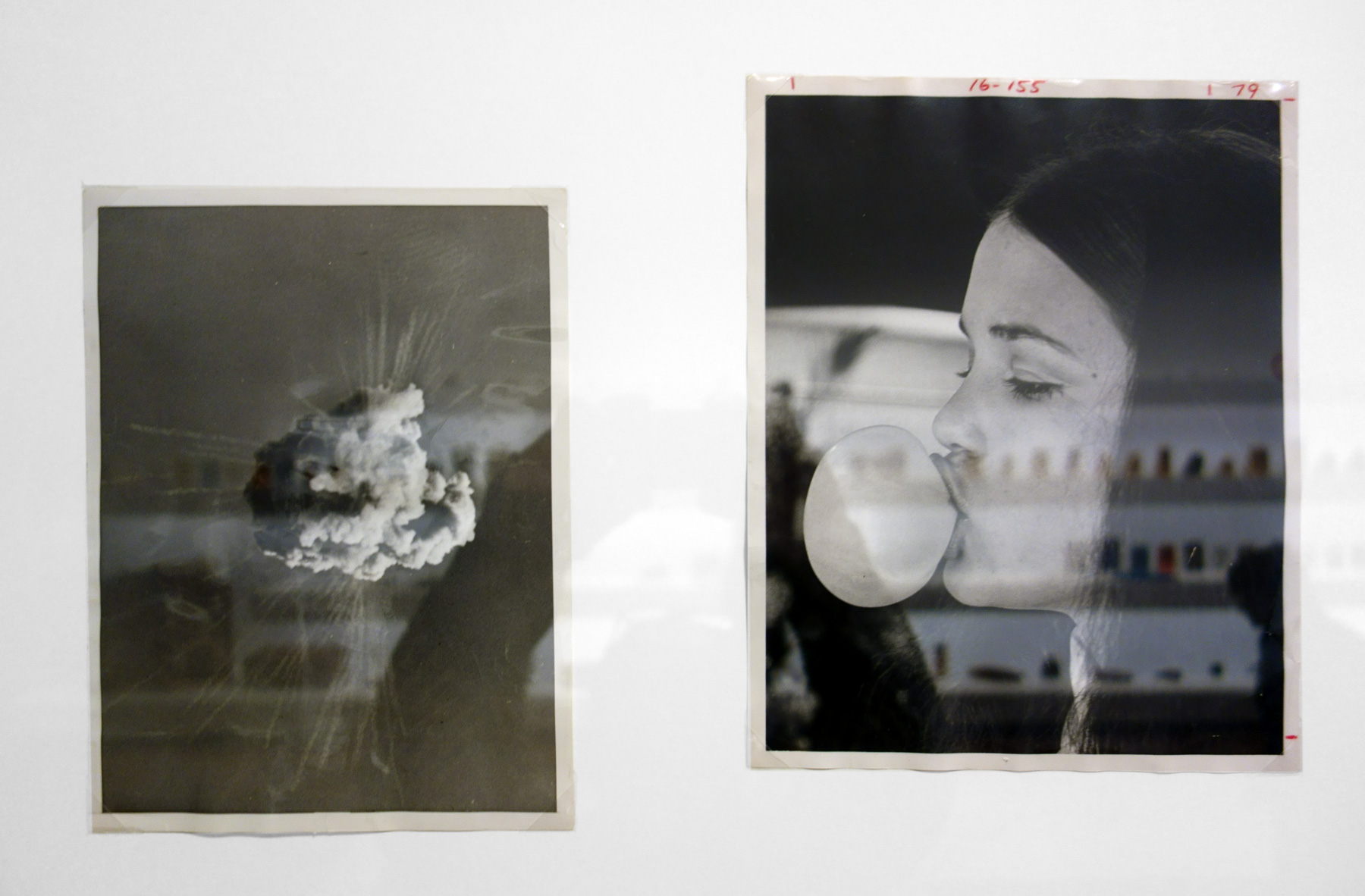






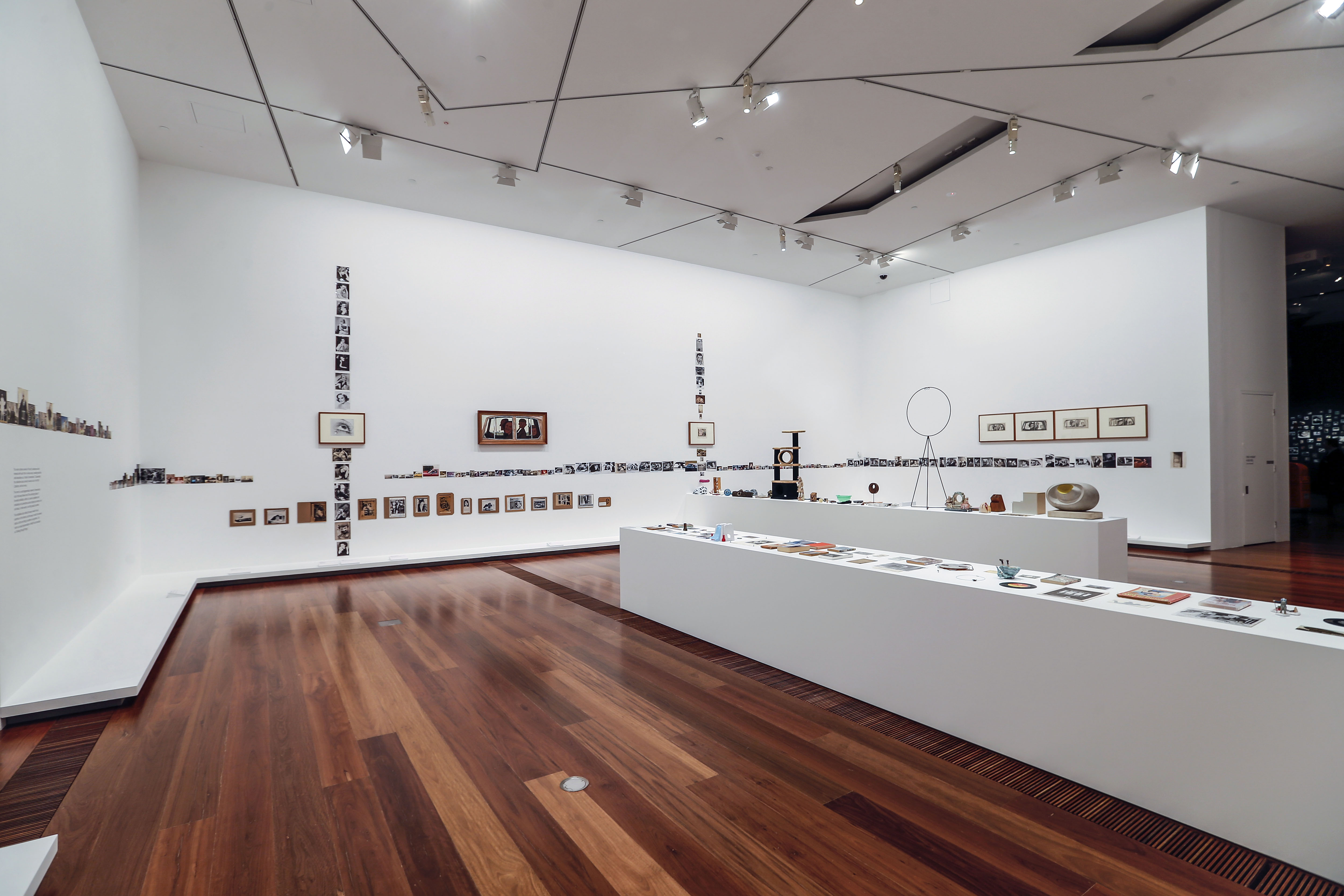










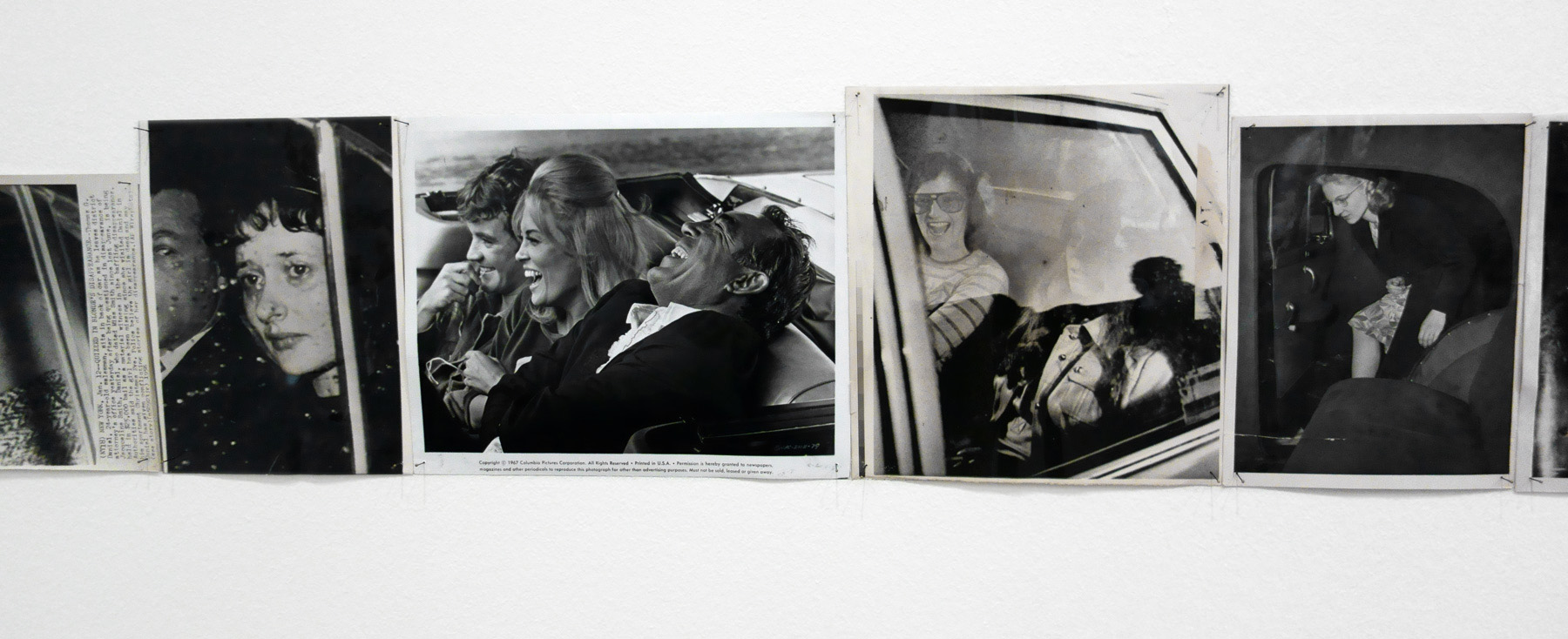
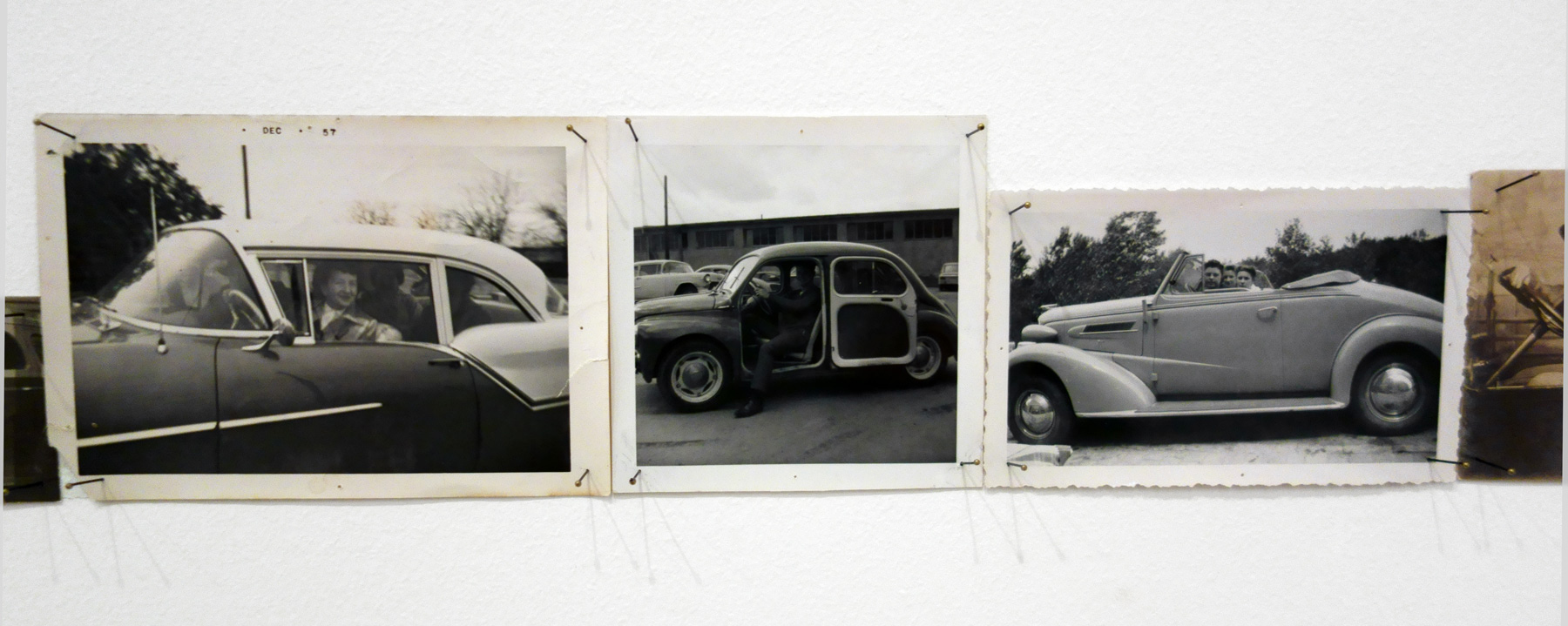
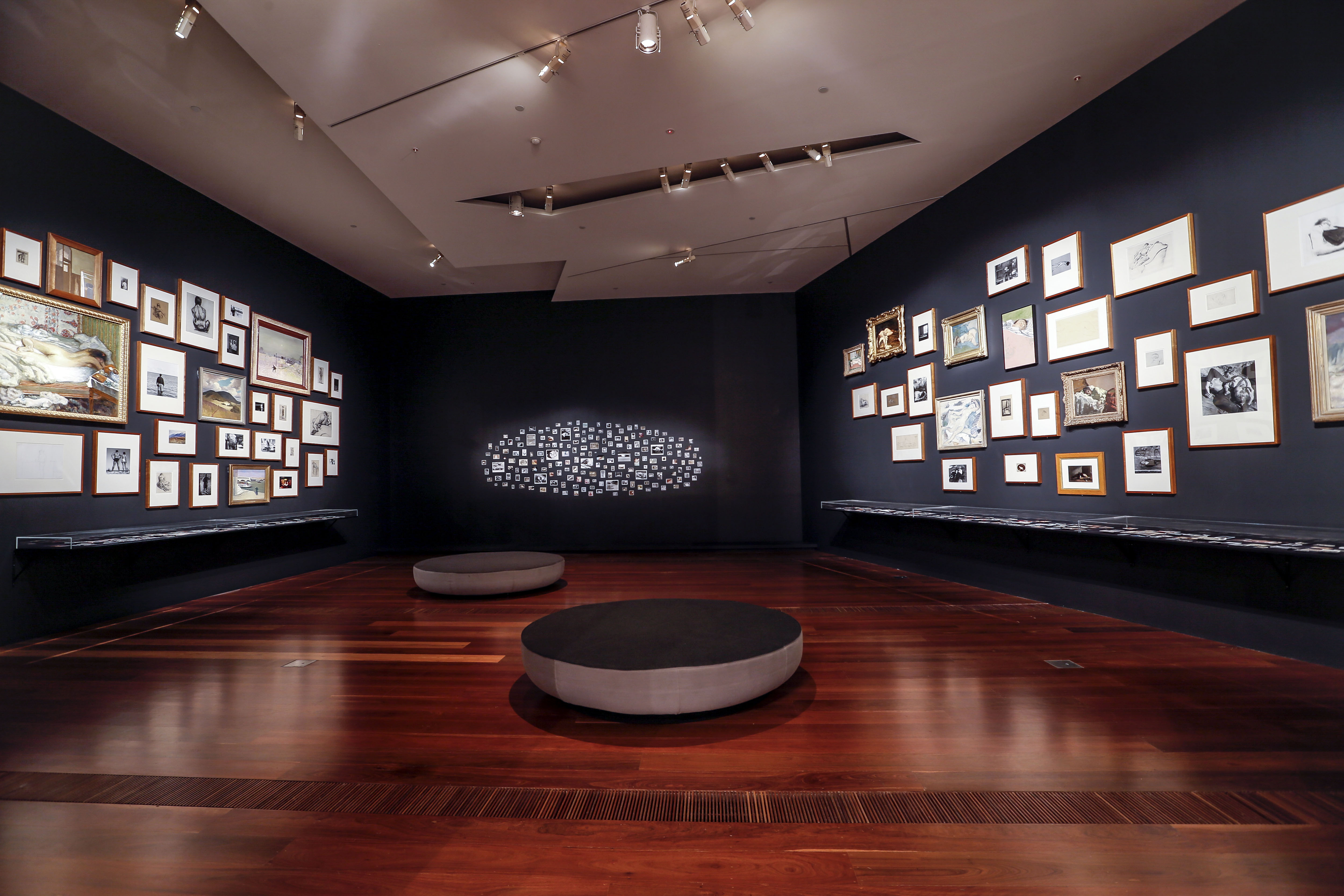

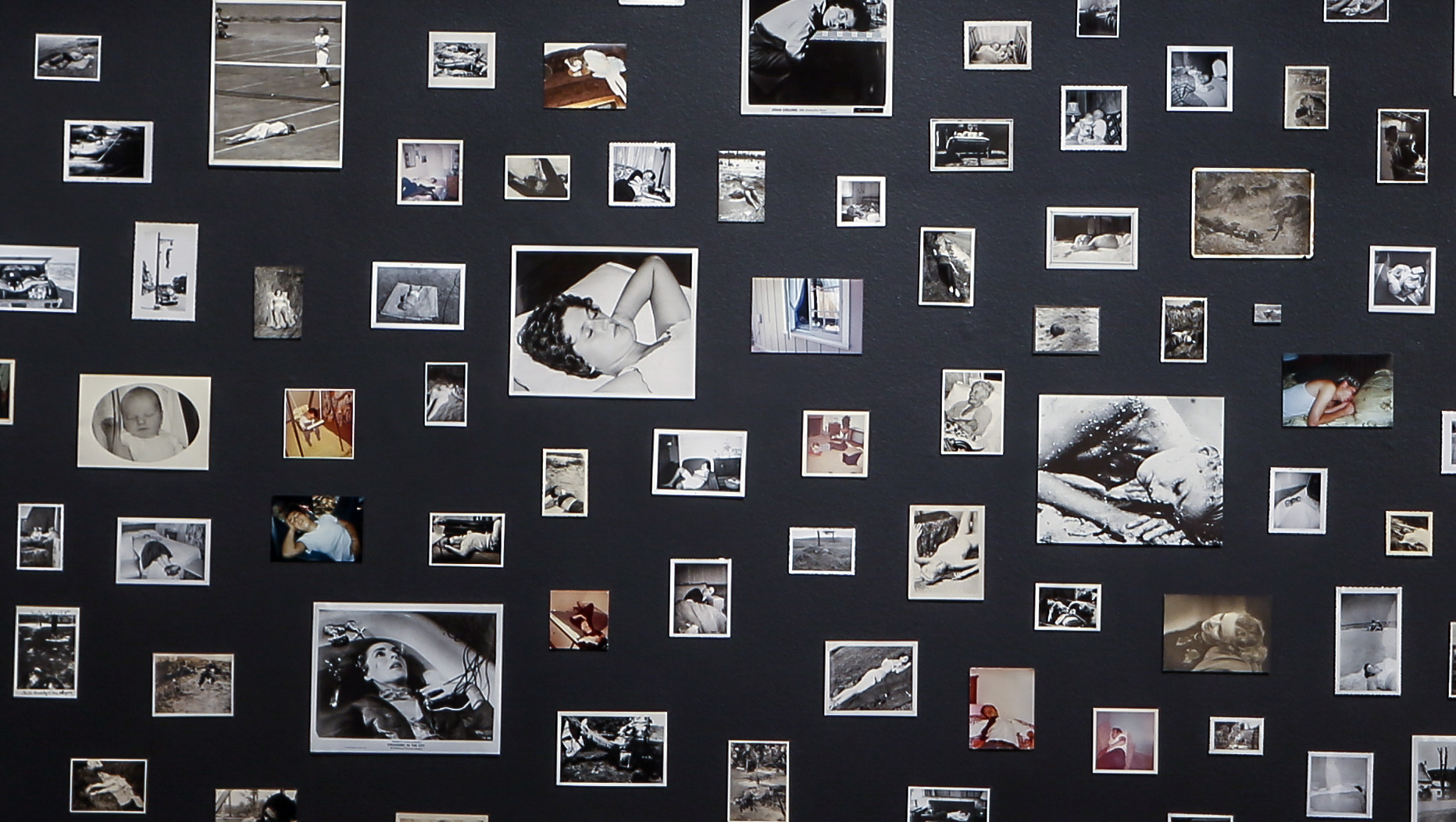
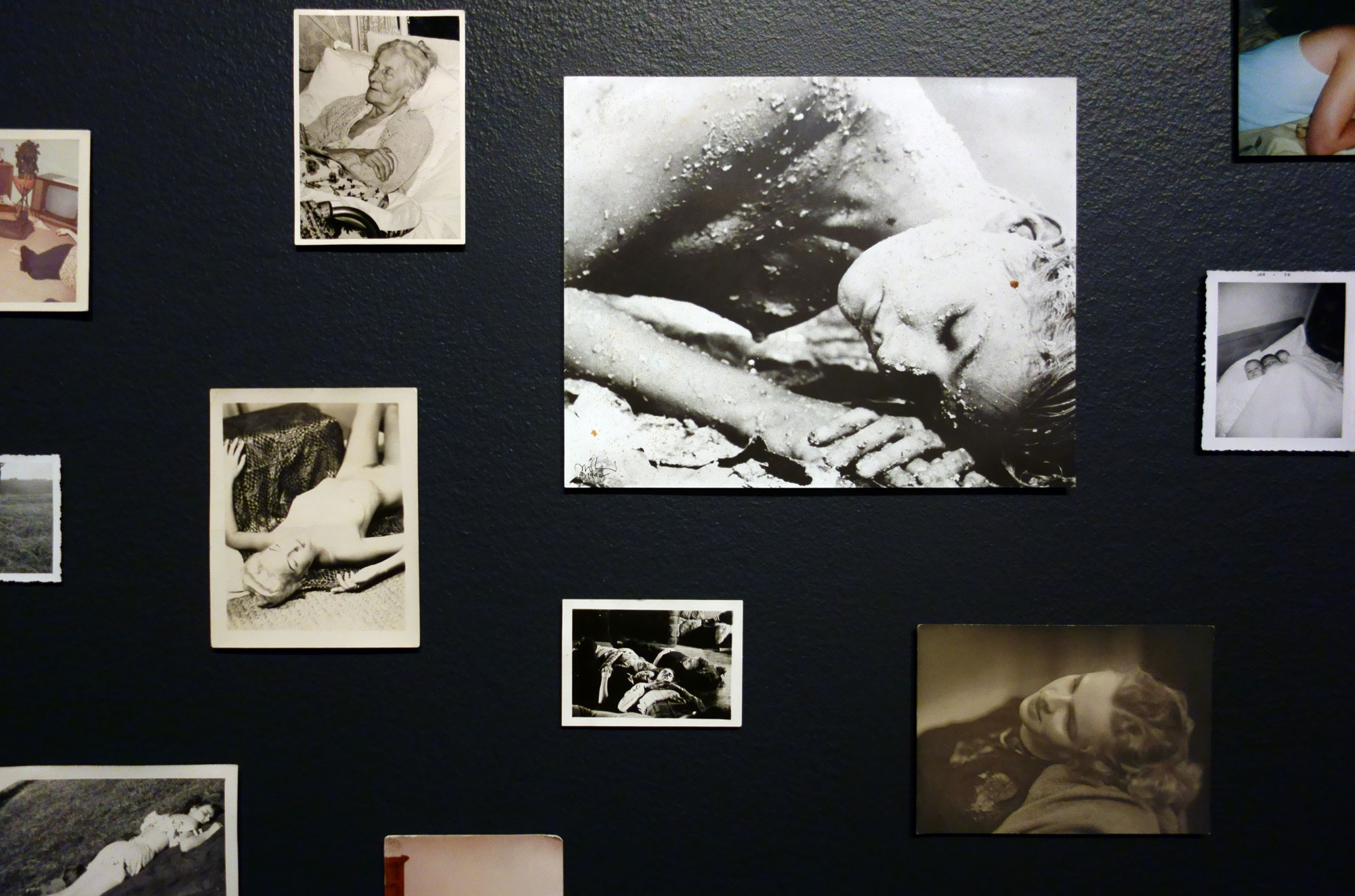




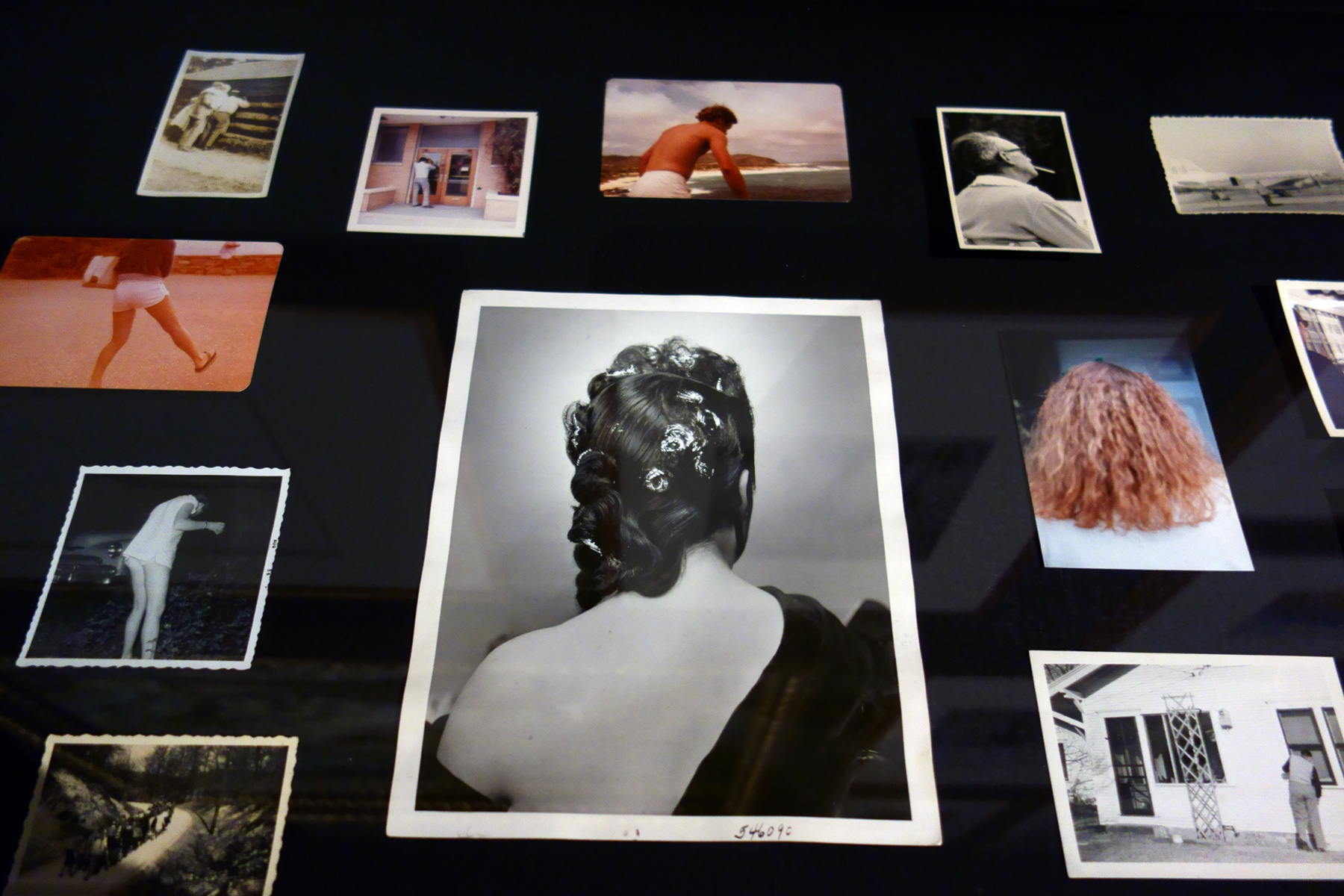






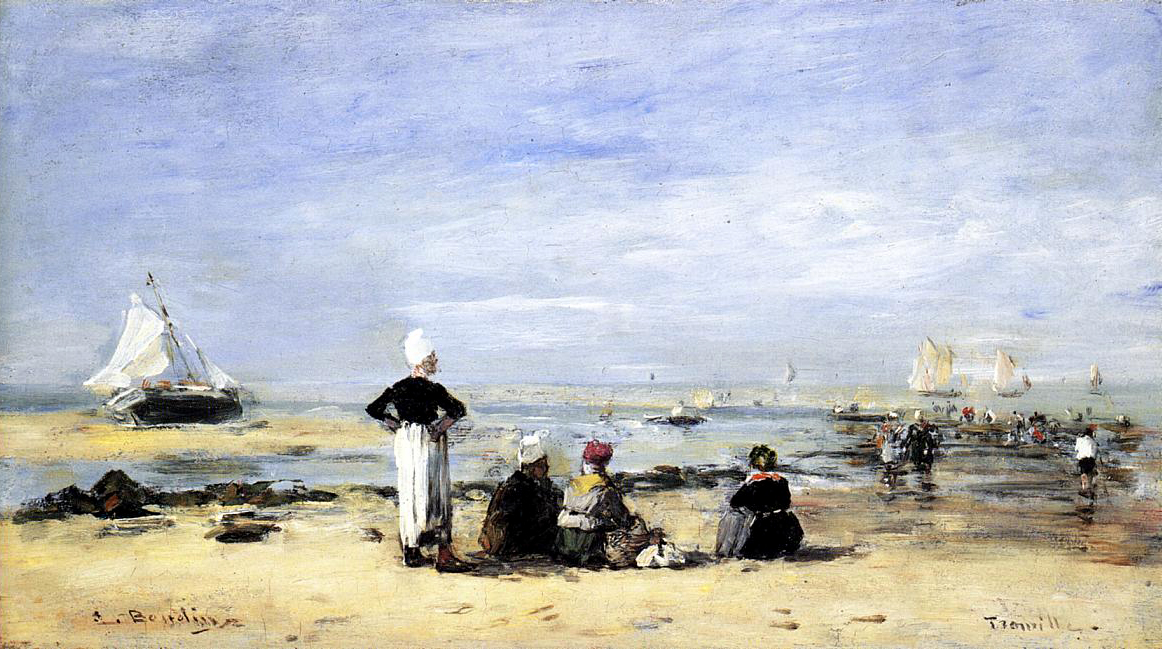




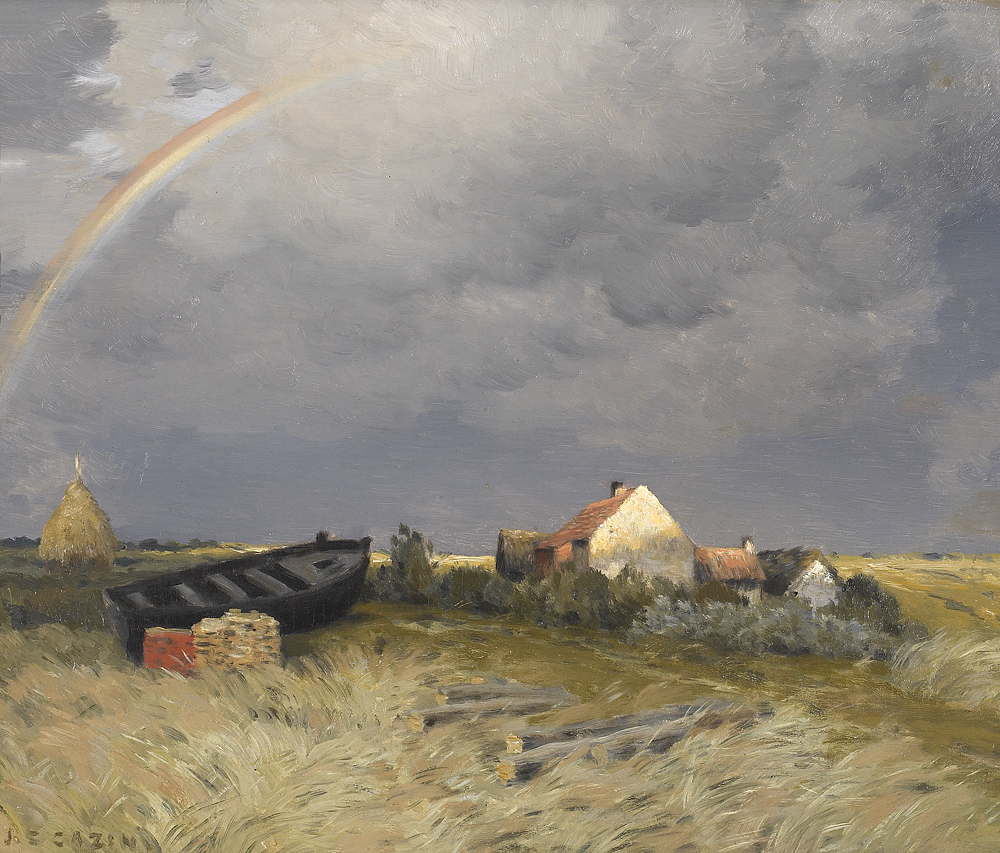













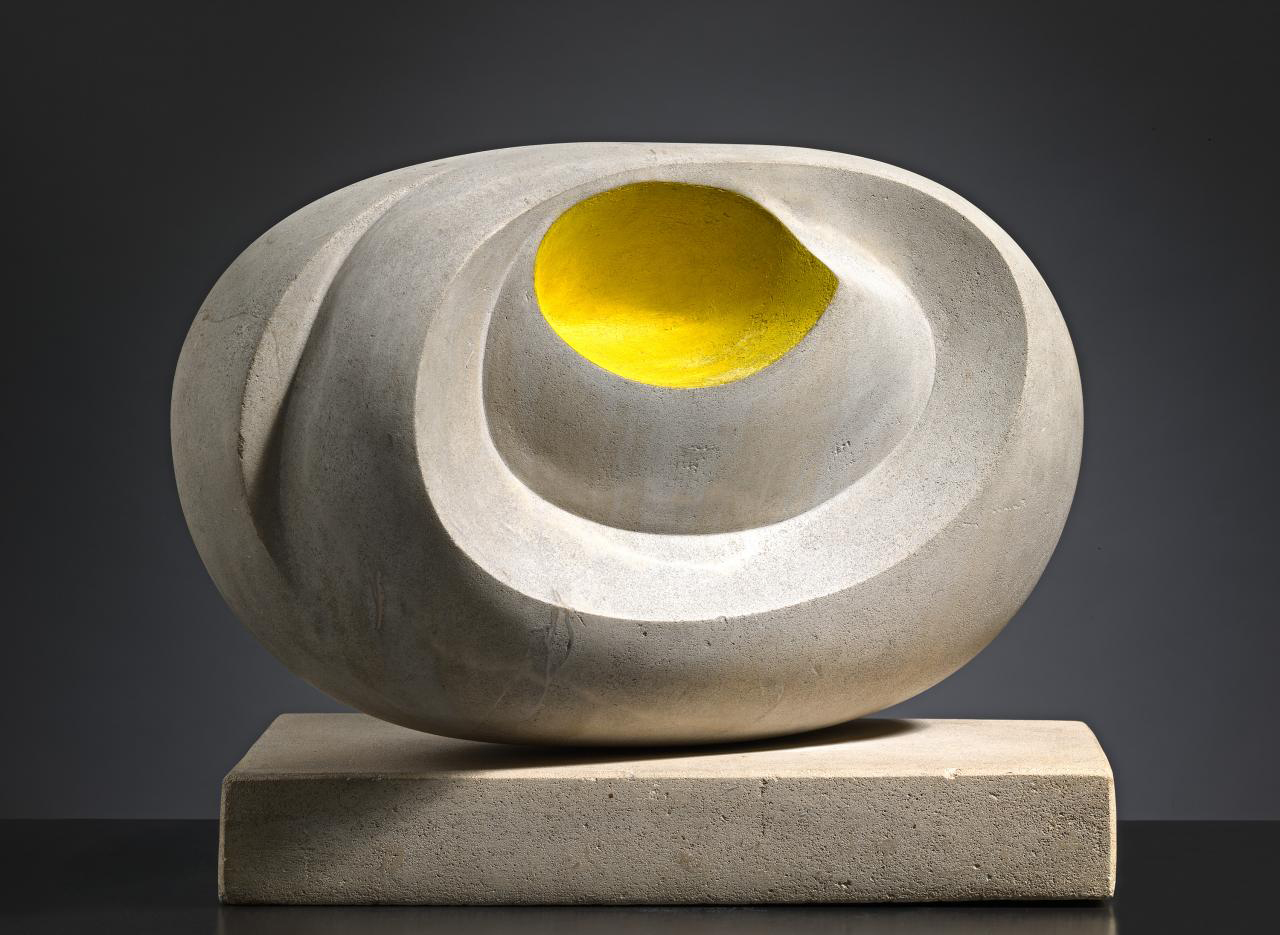
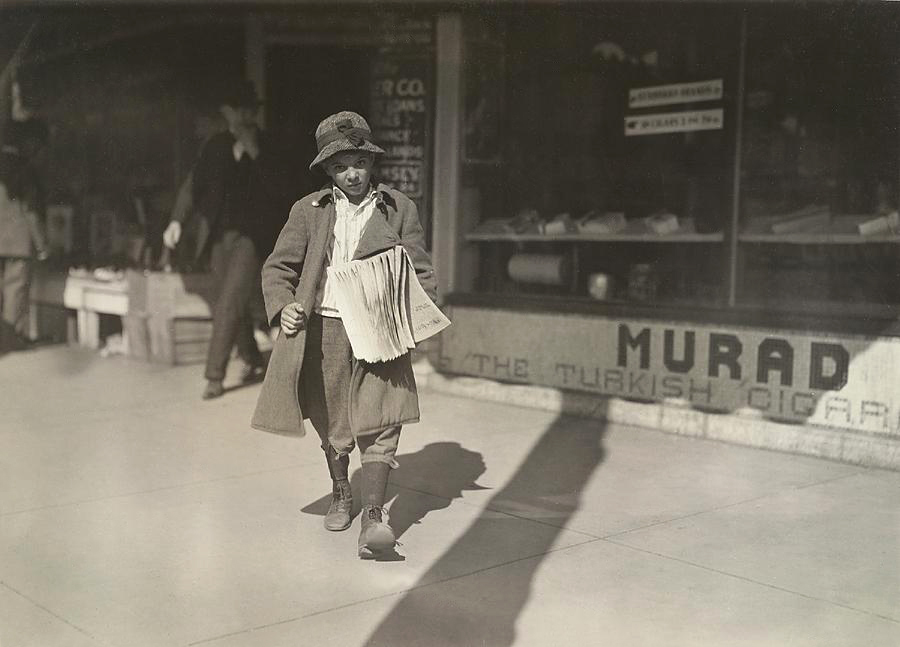
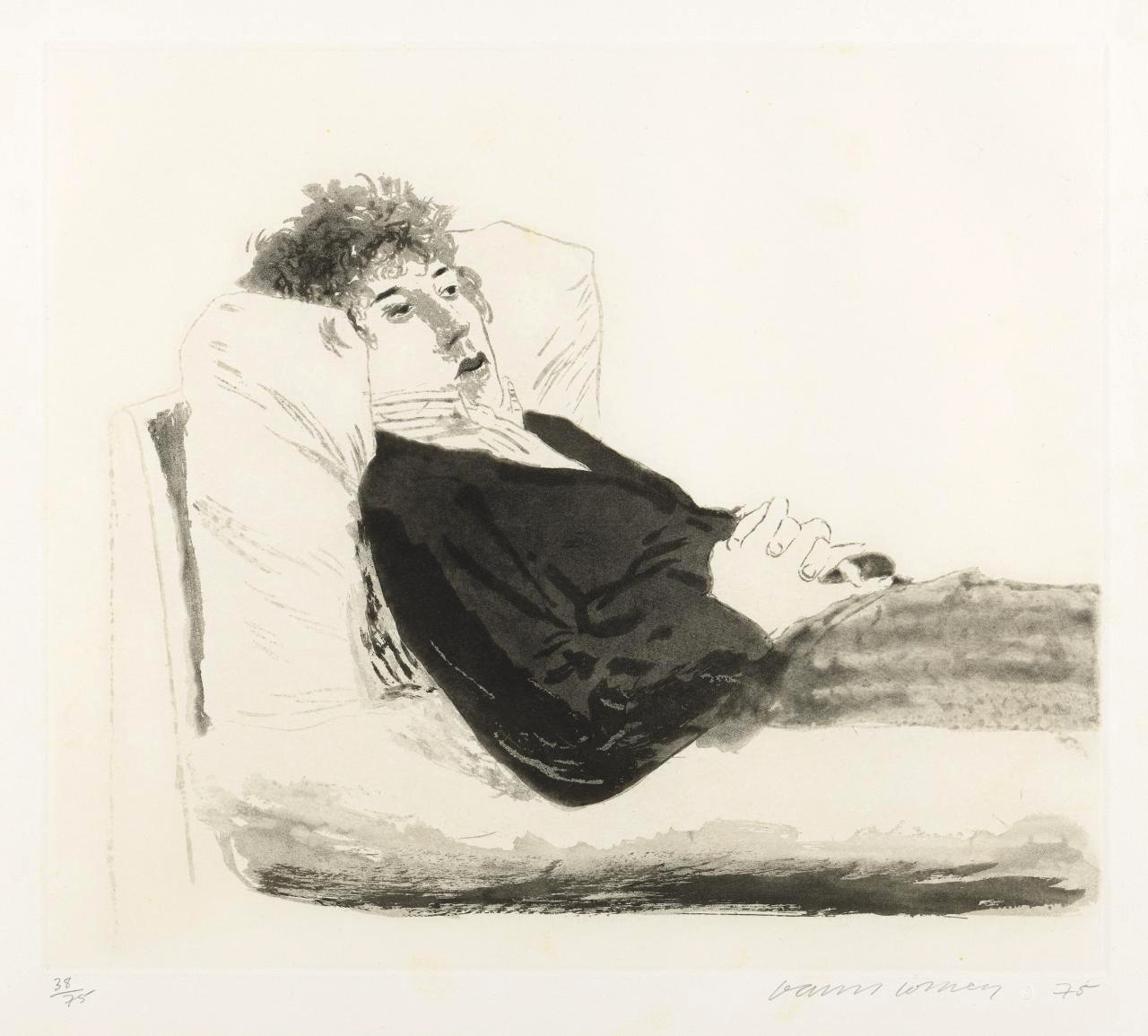

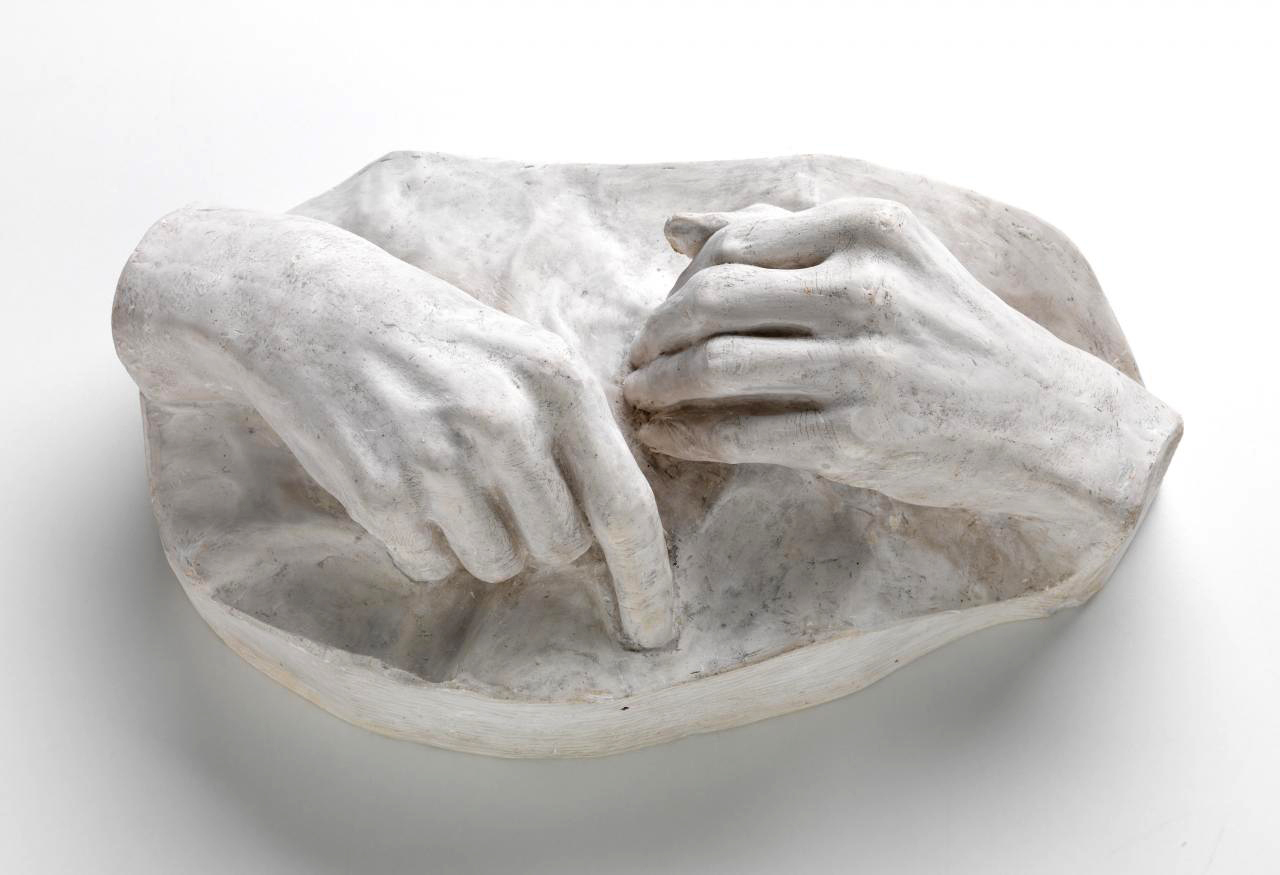




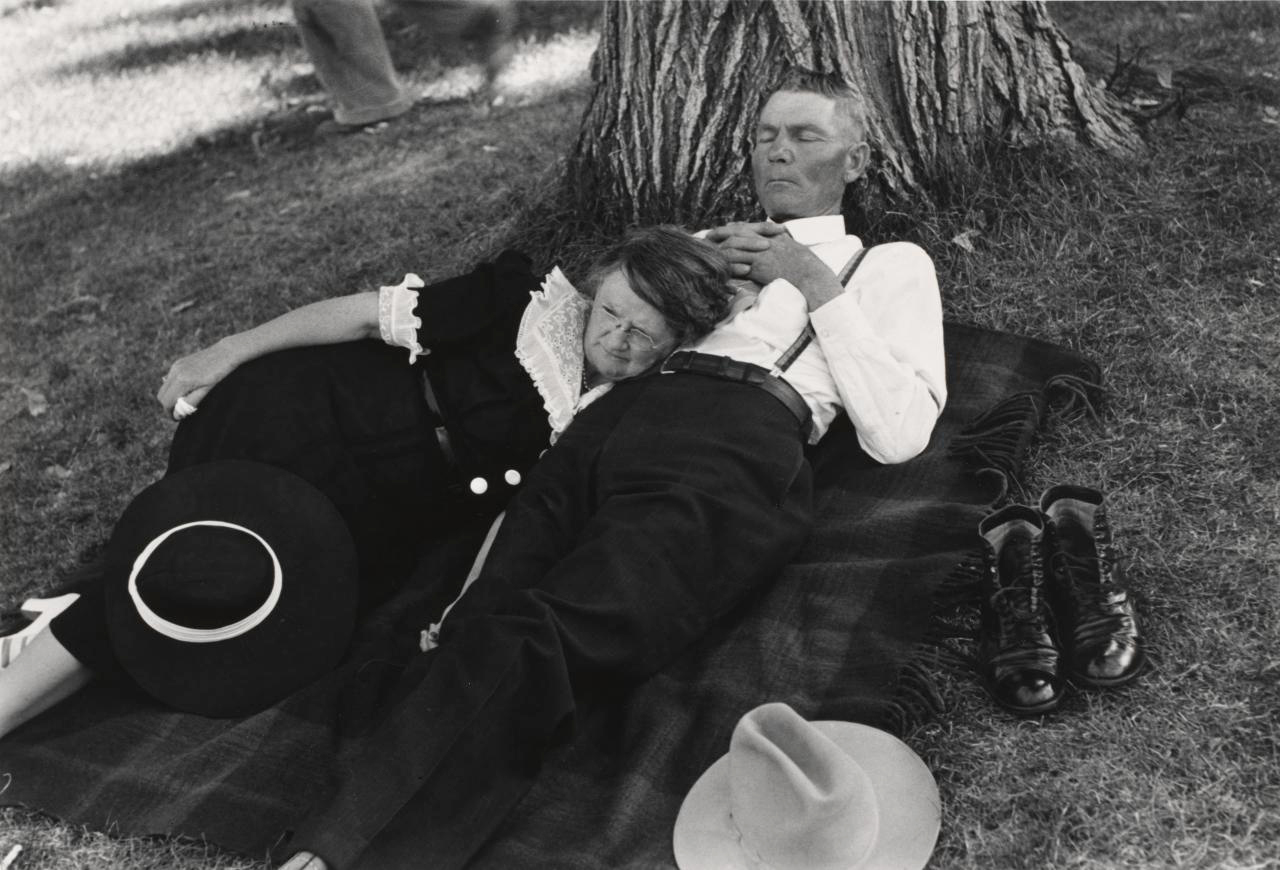


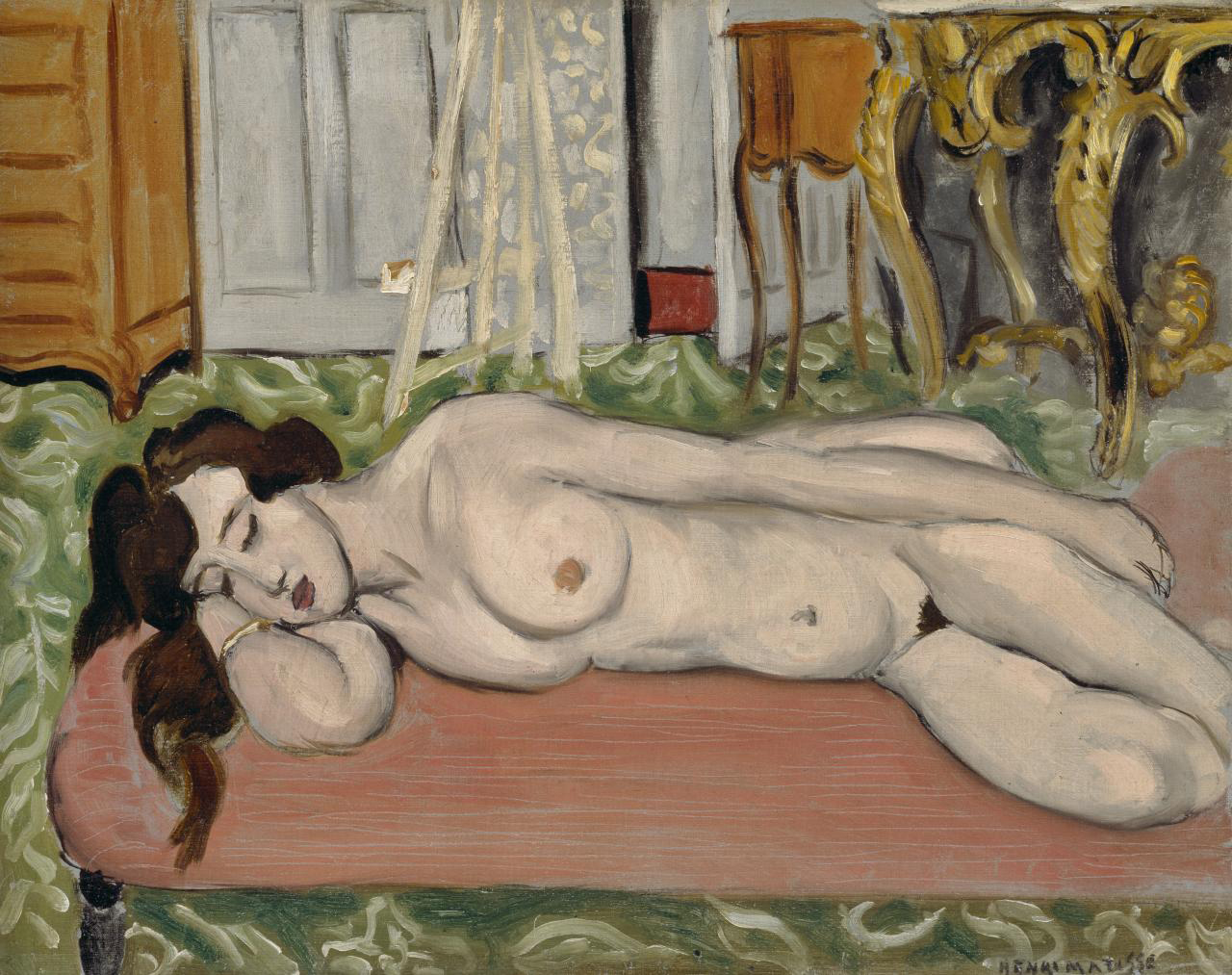



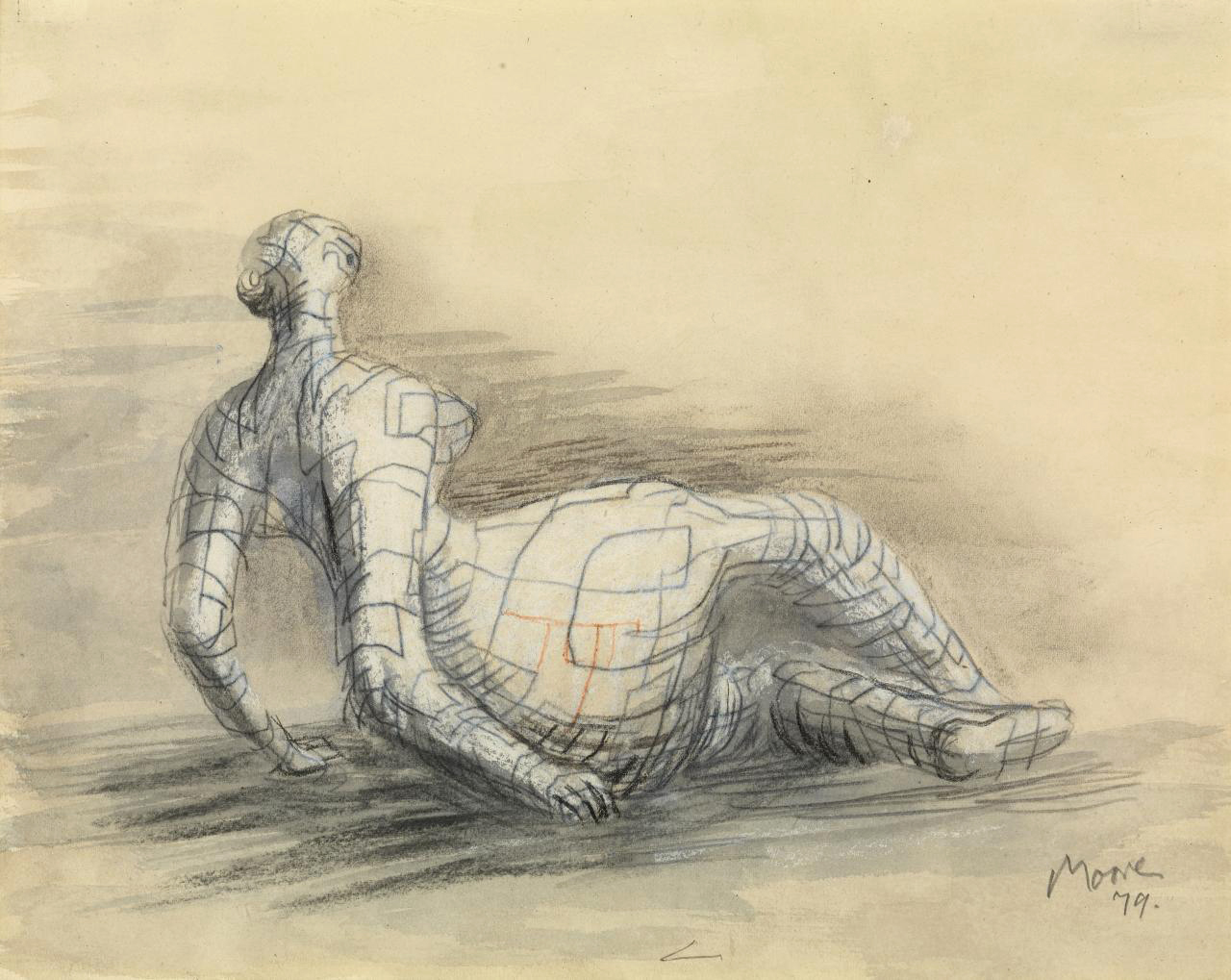
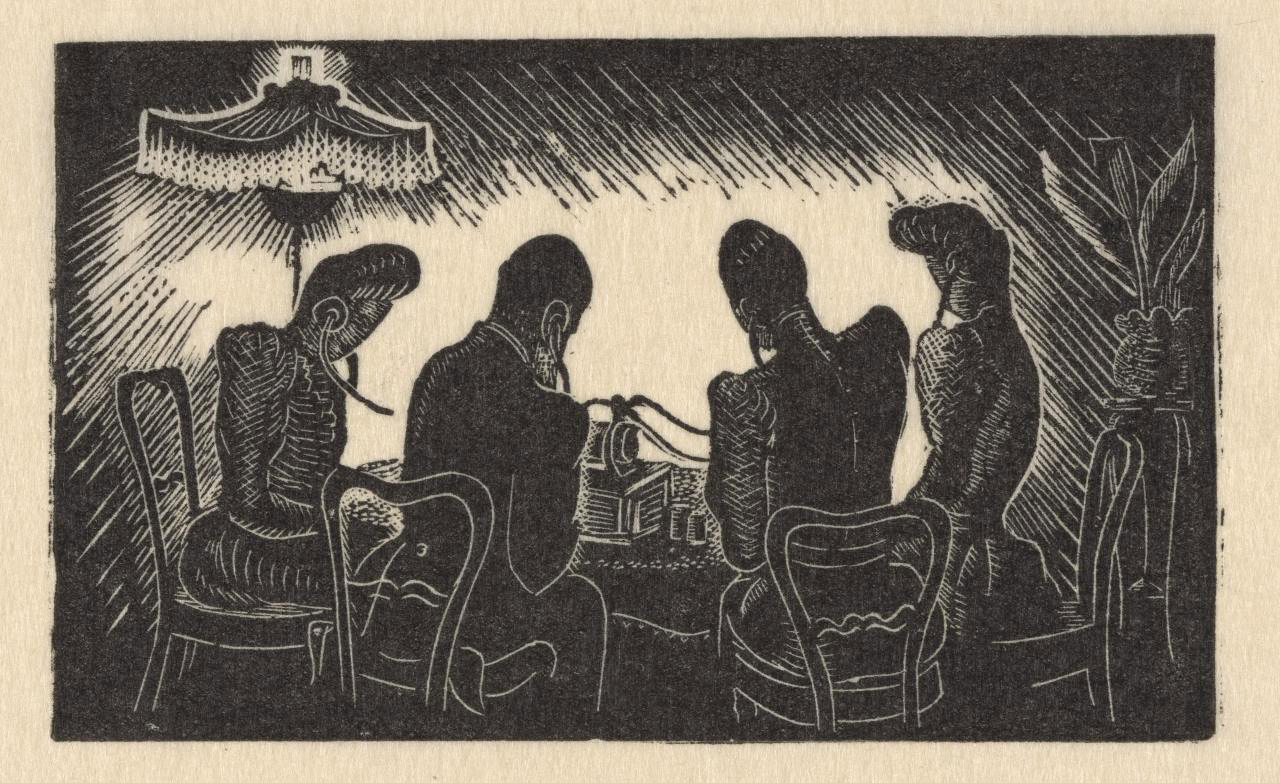
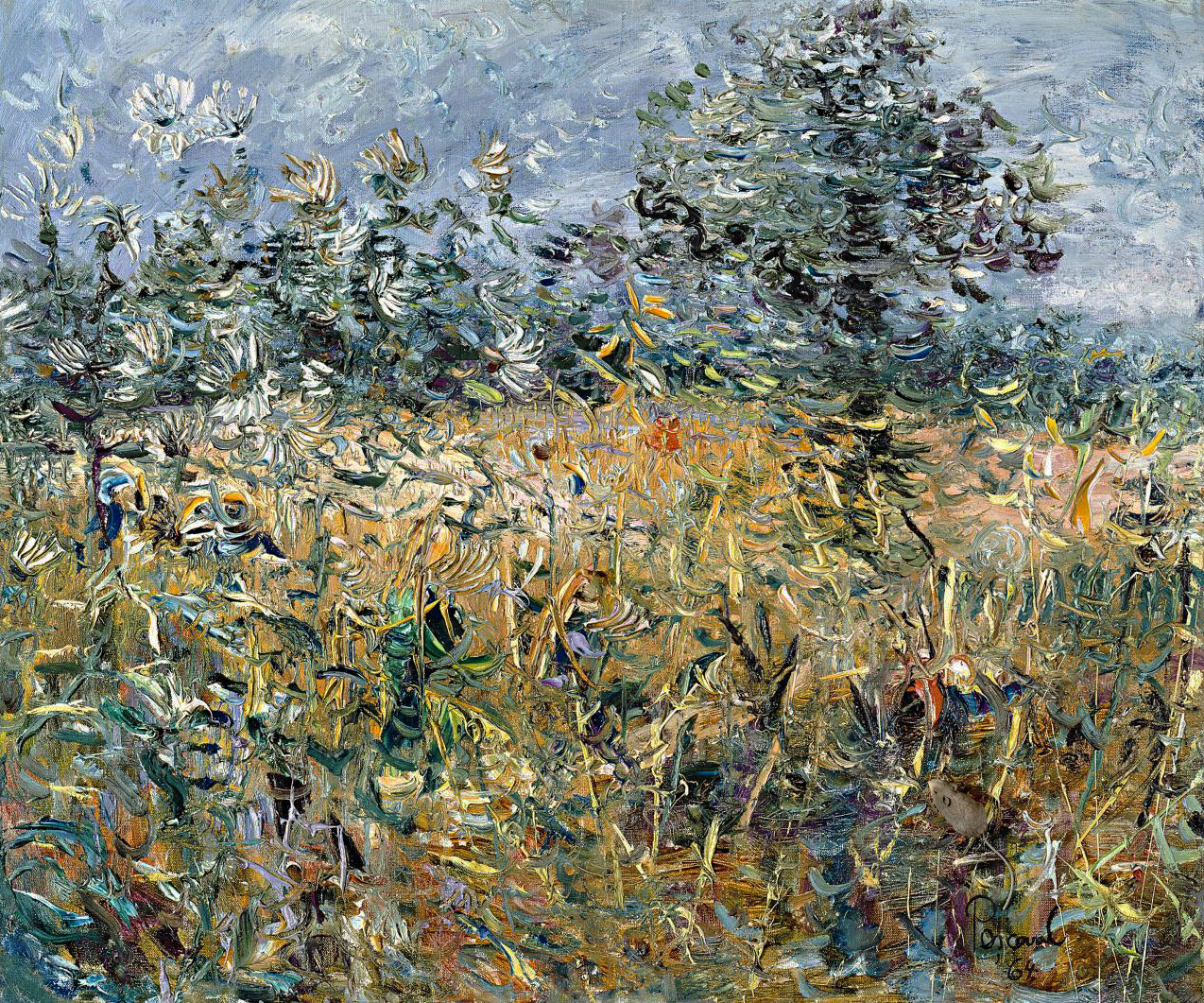



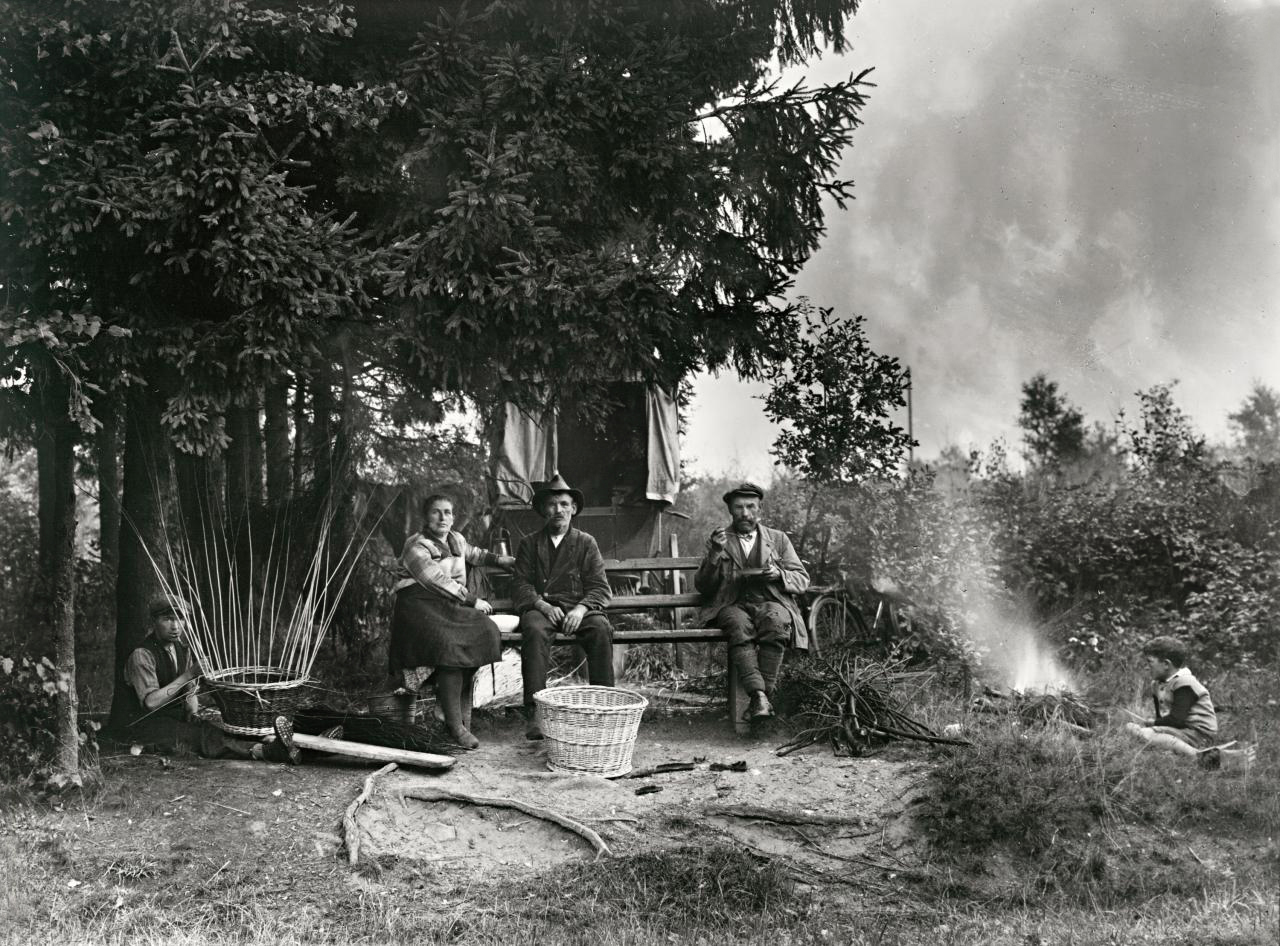
































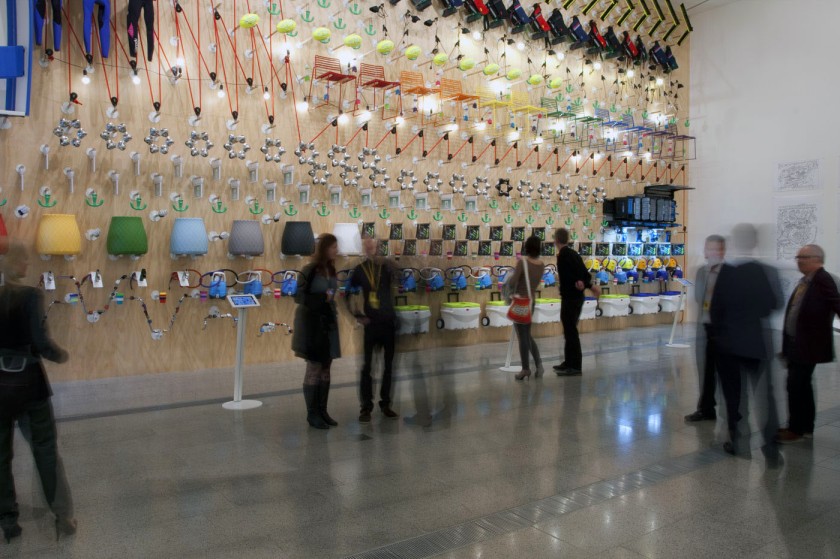


























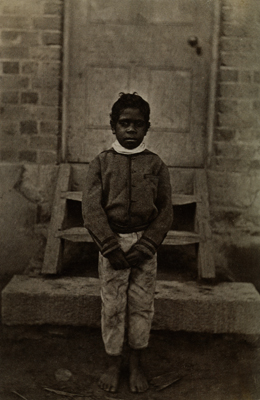










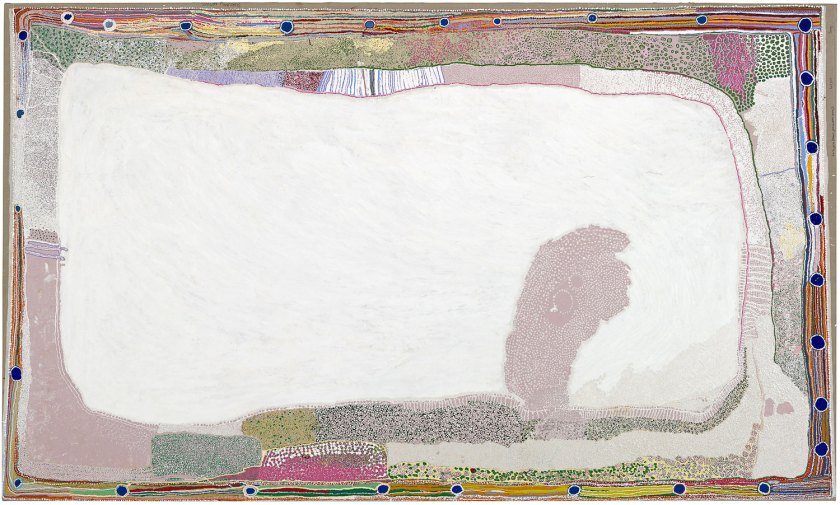
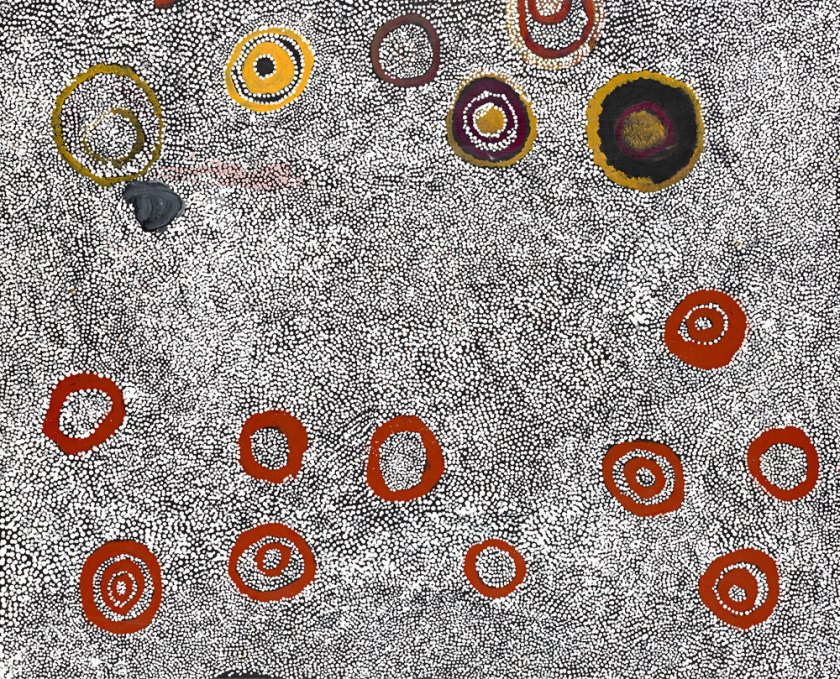
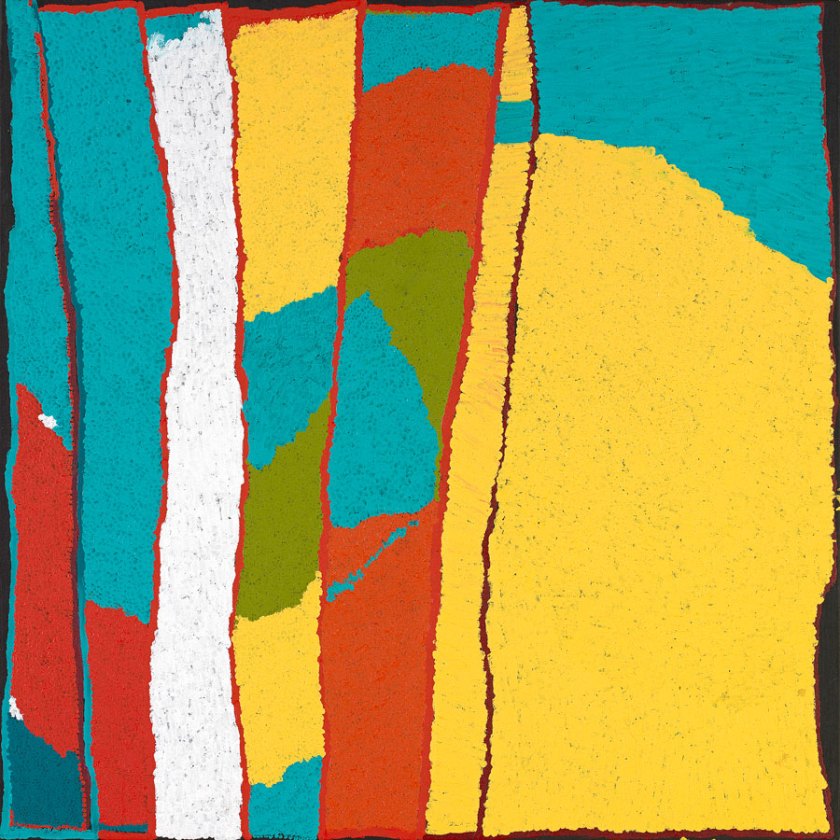




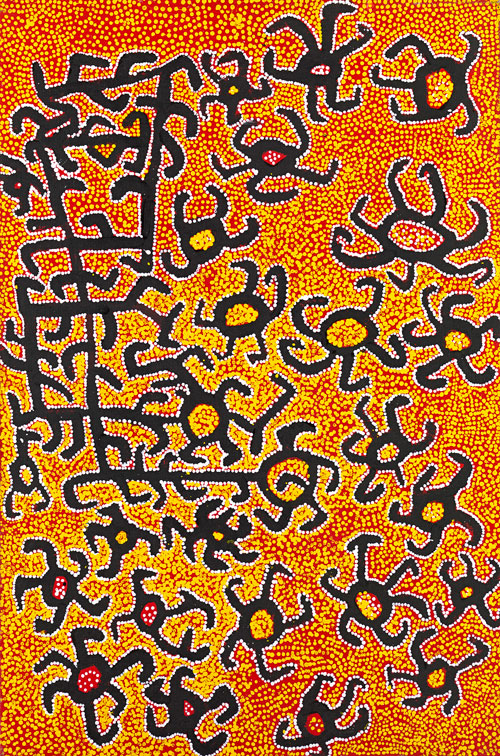









































You must be logged in to post a comment.